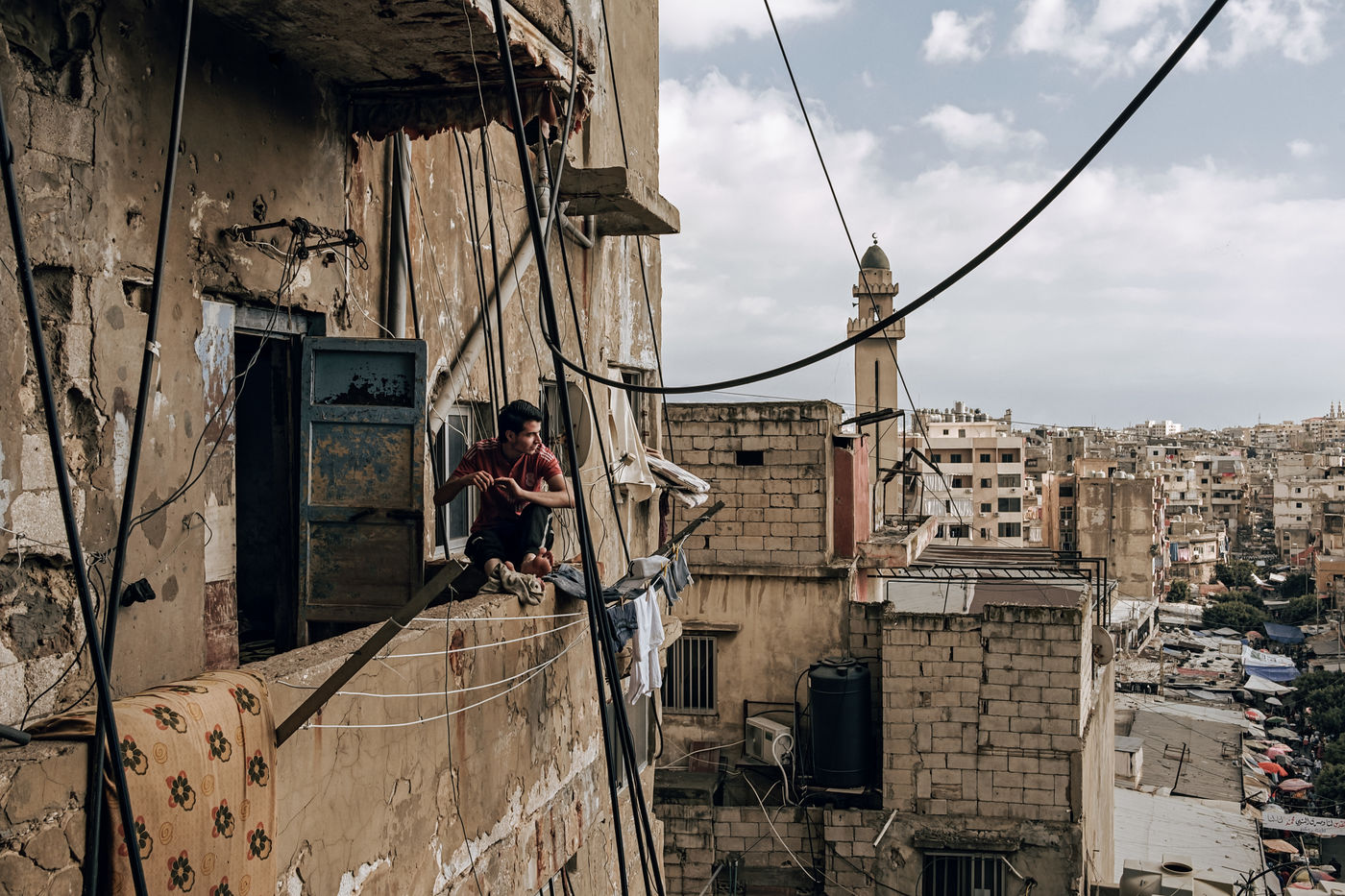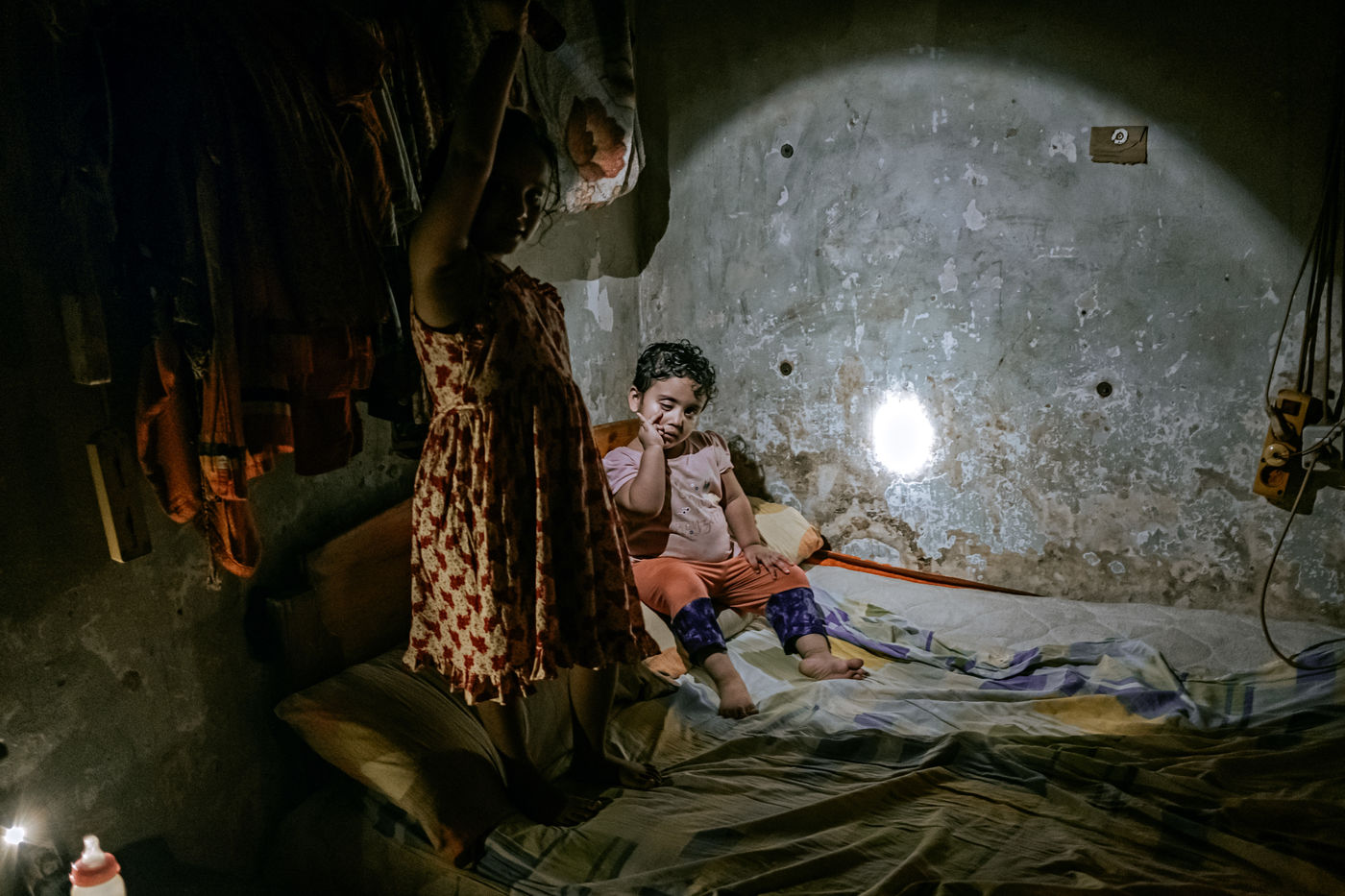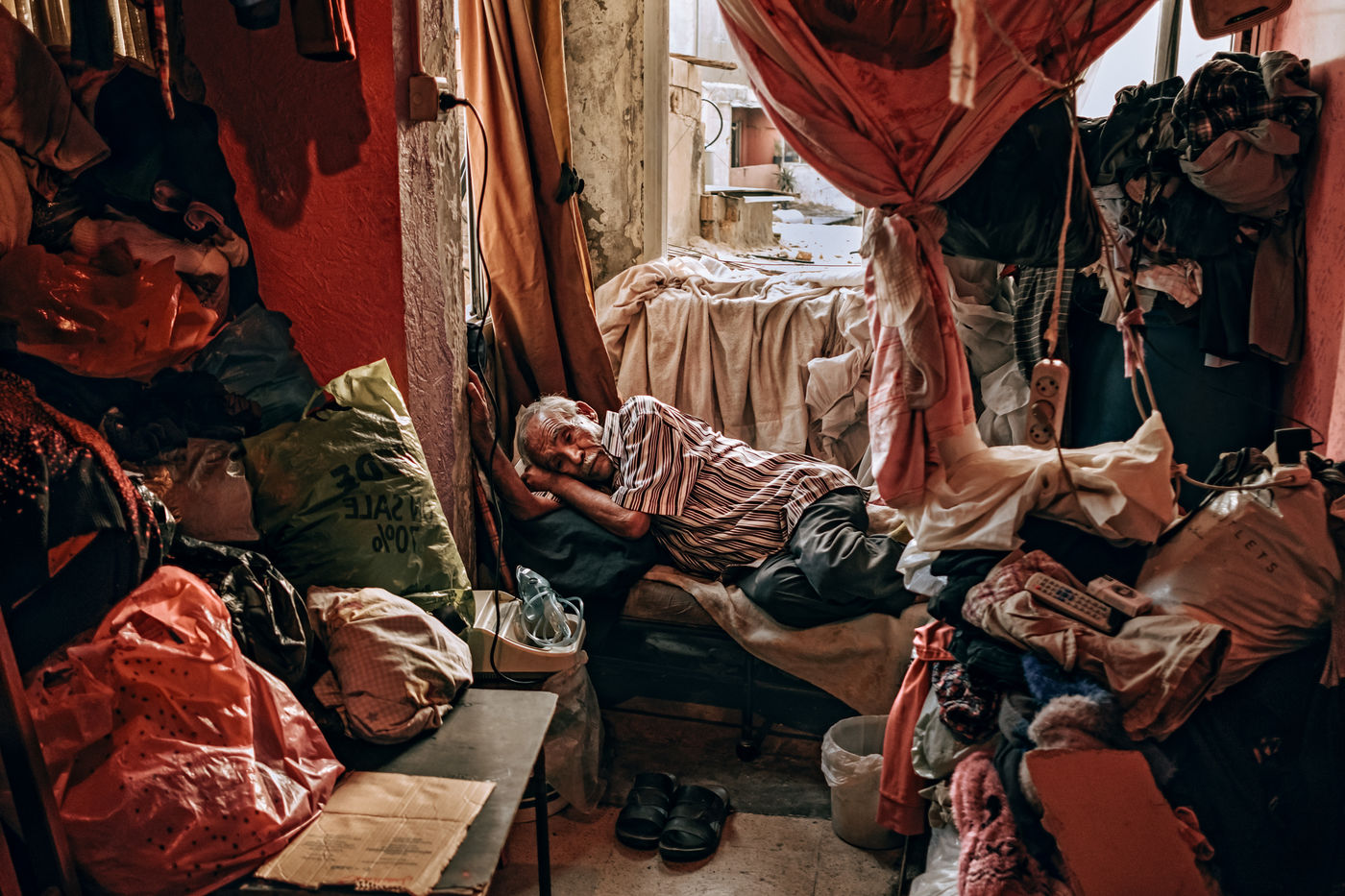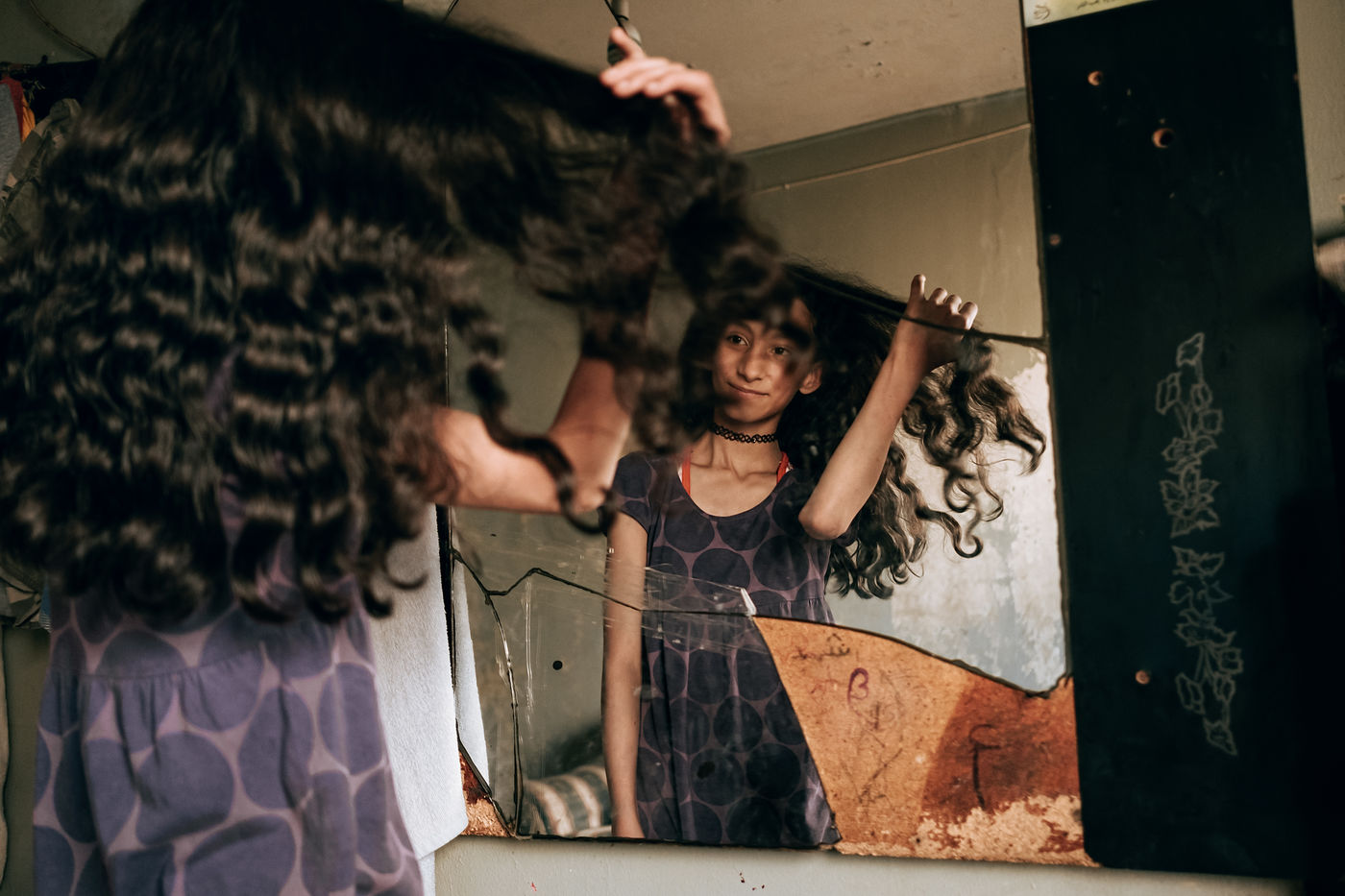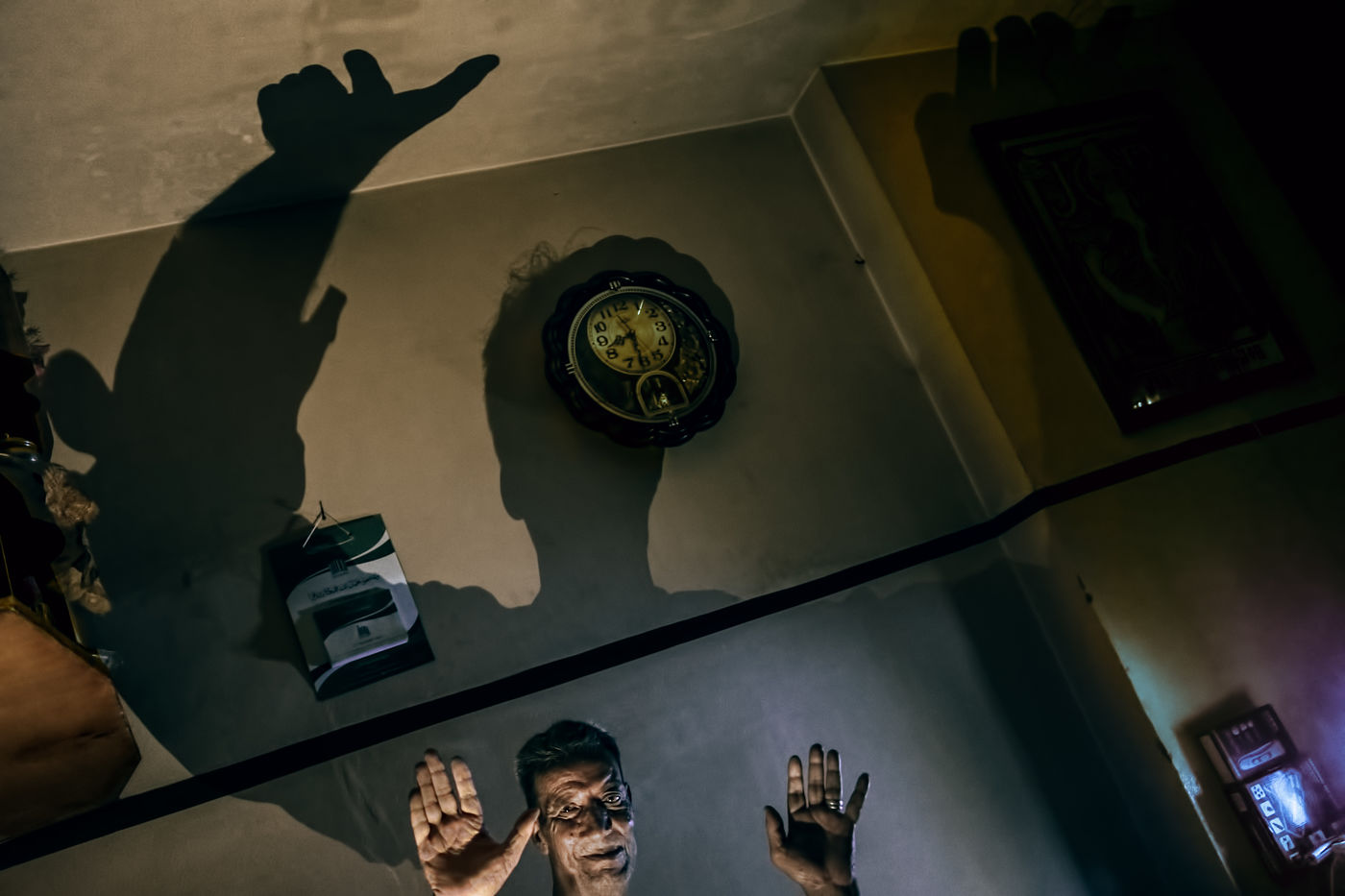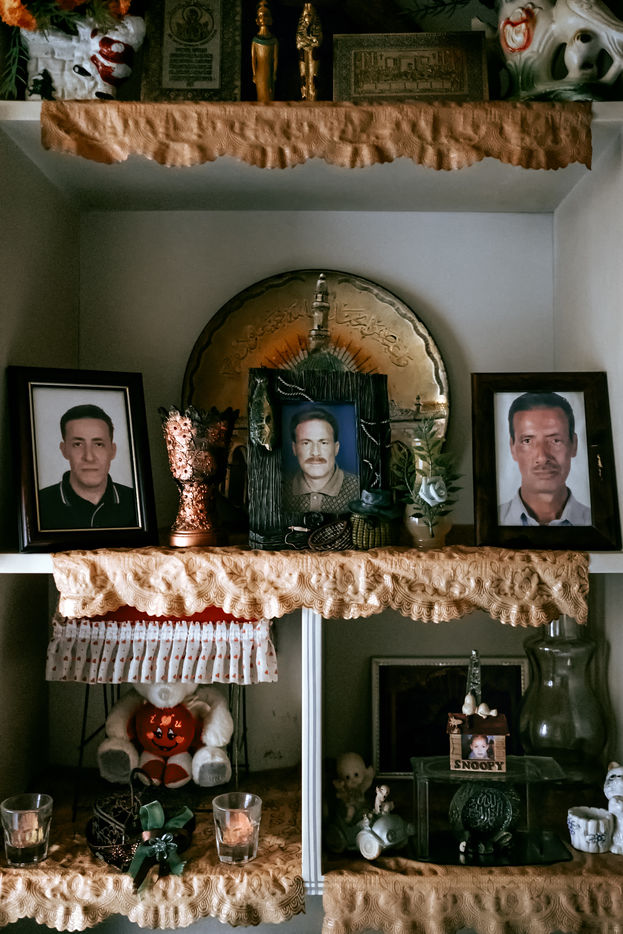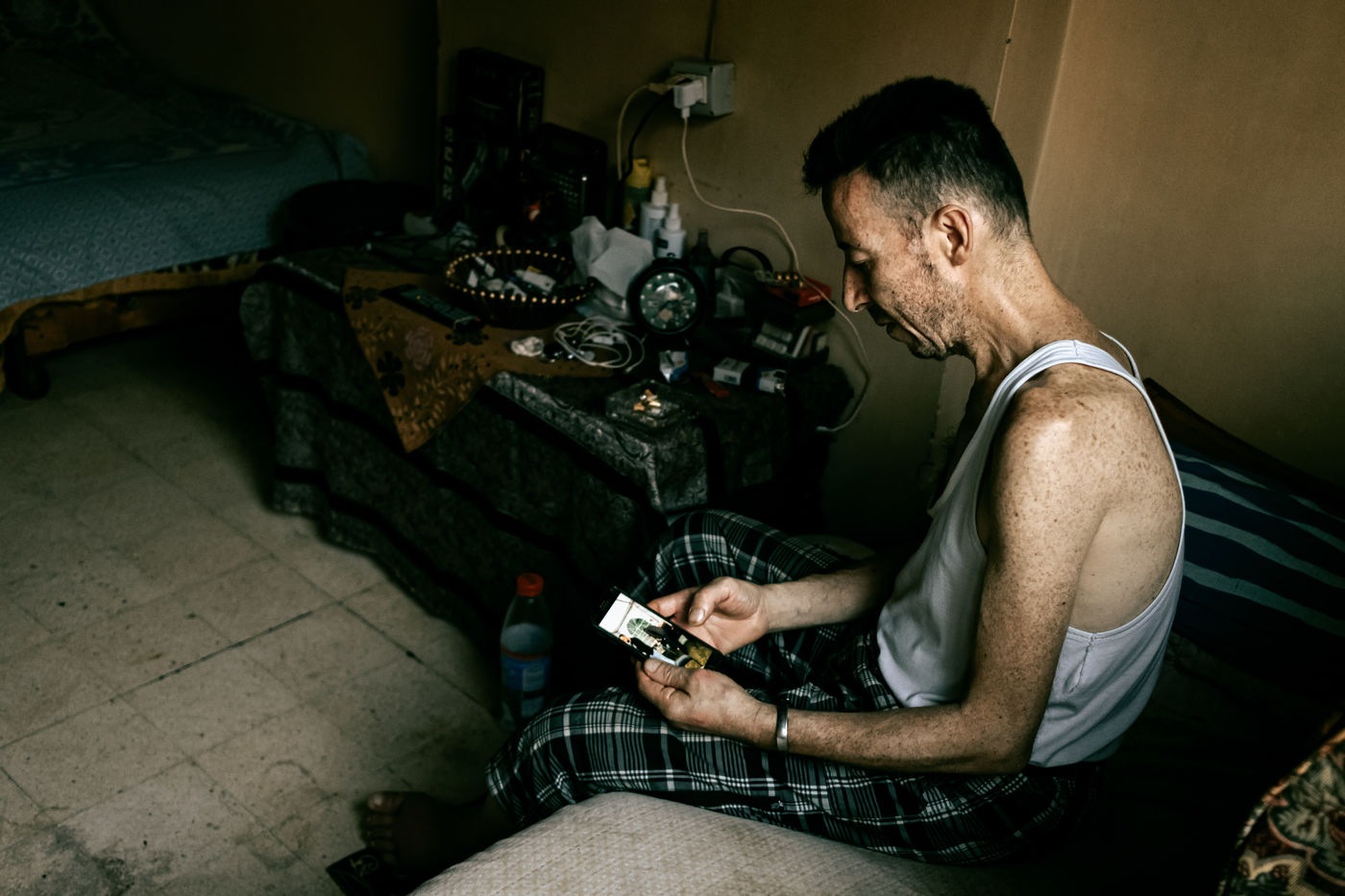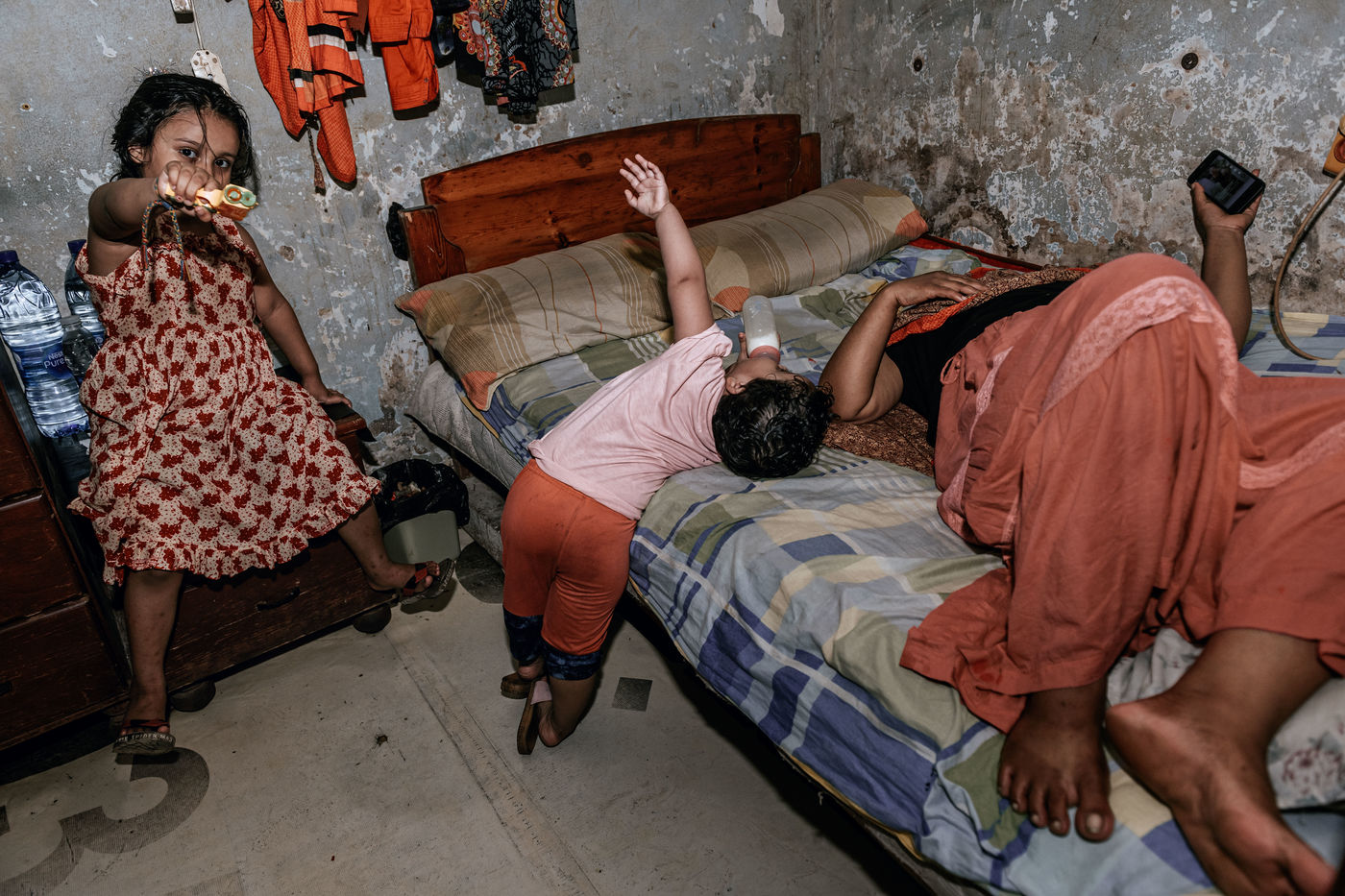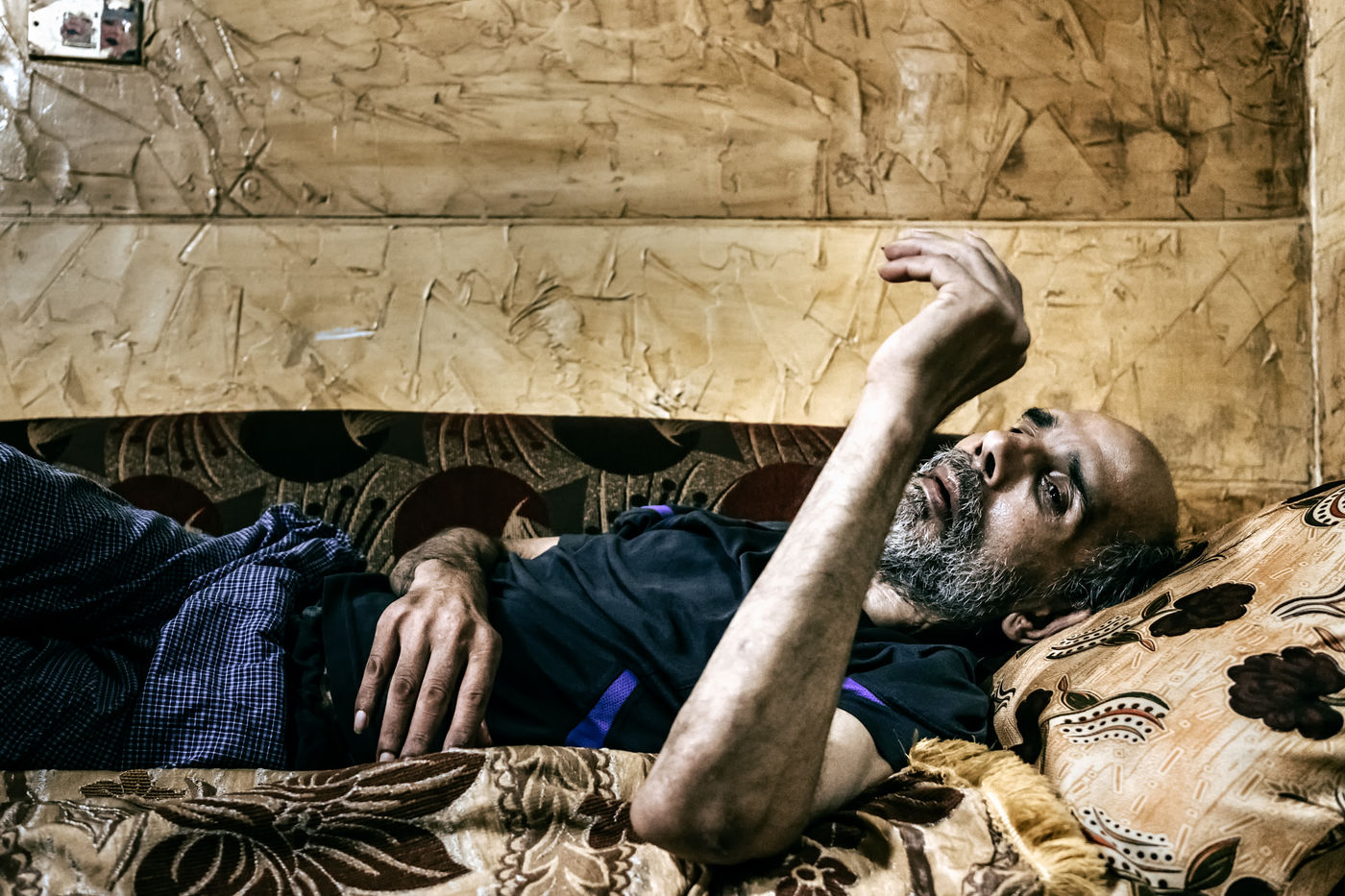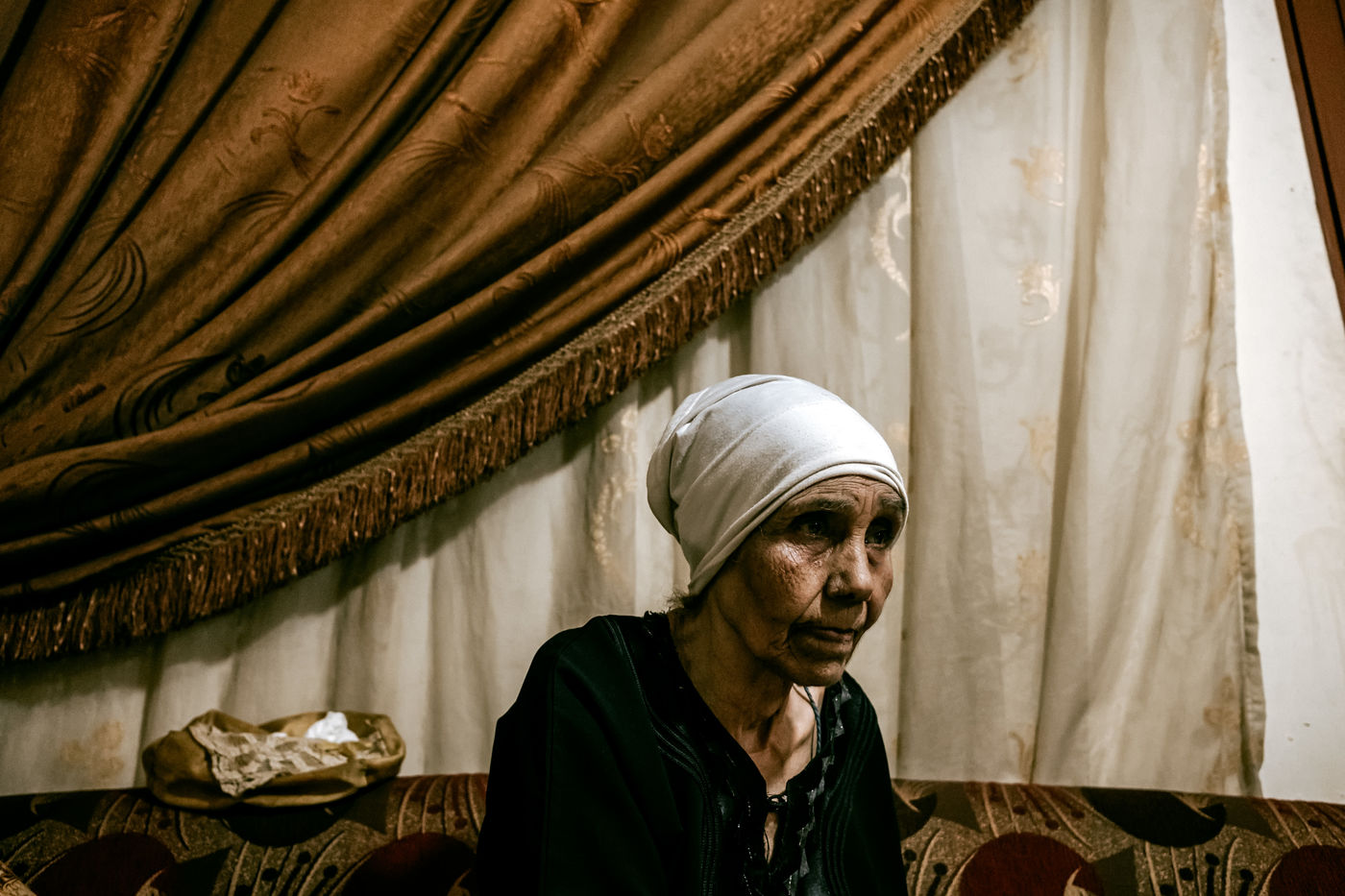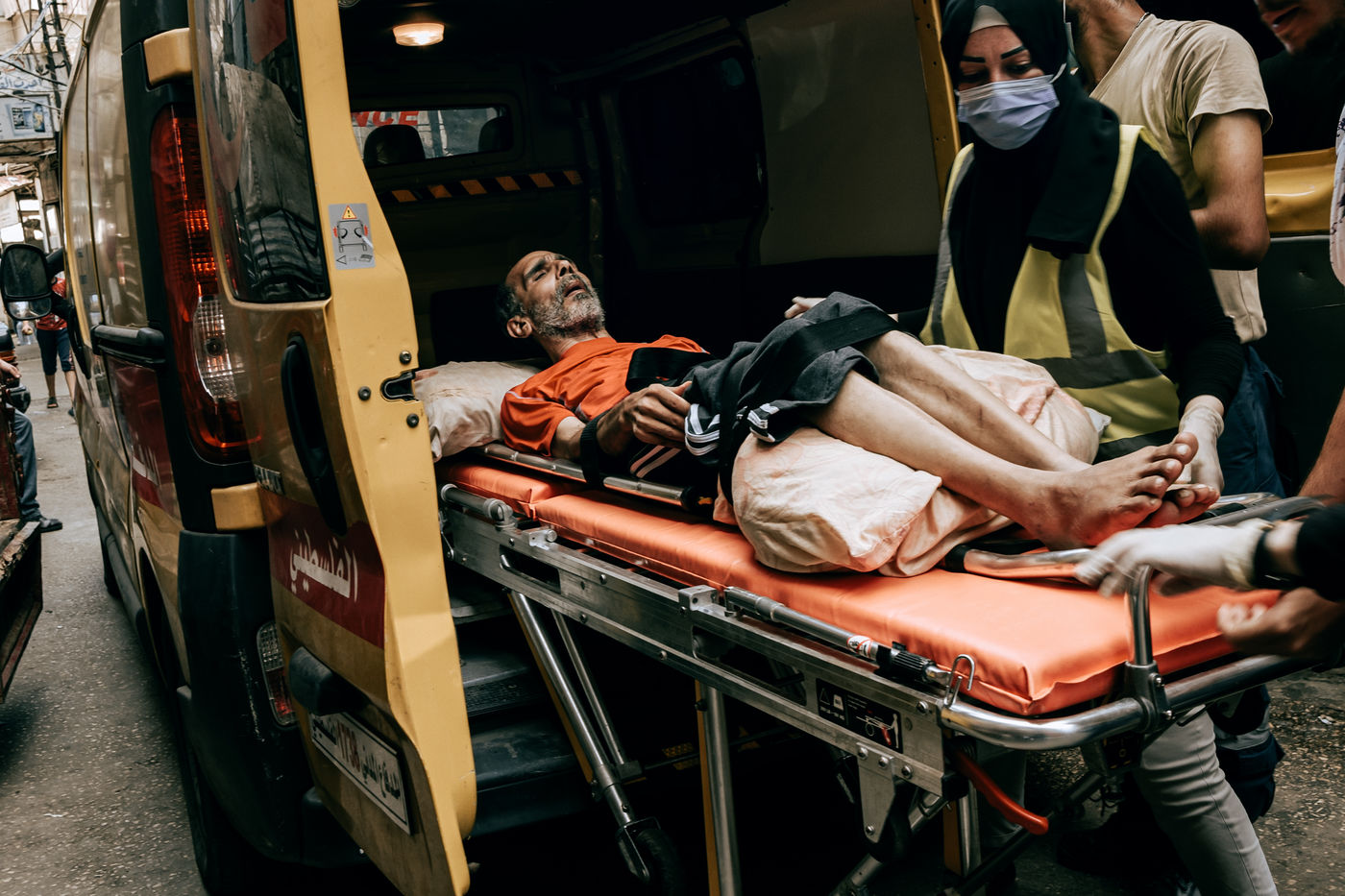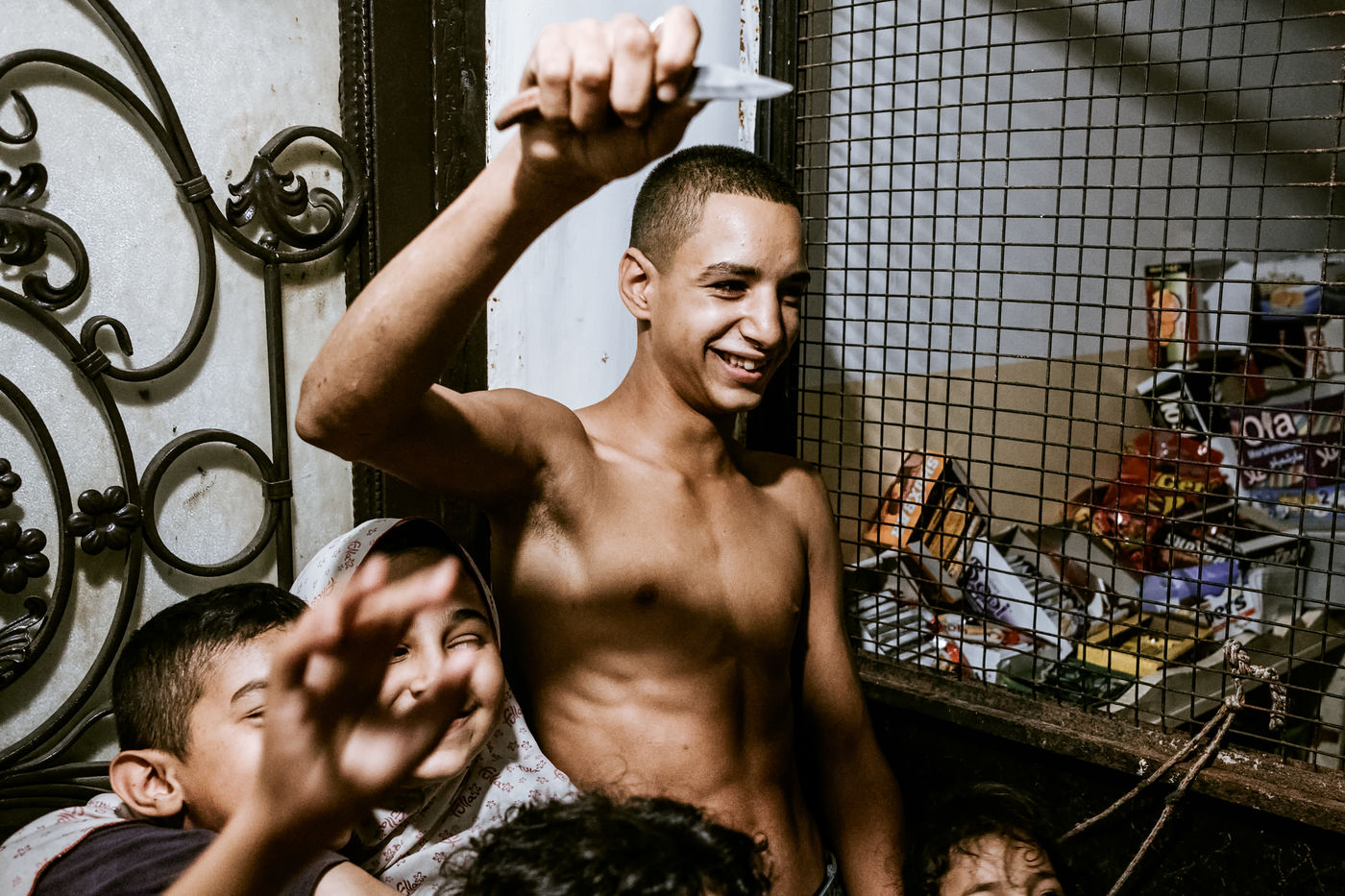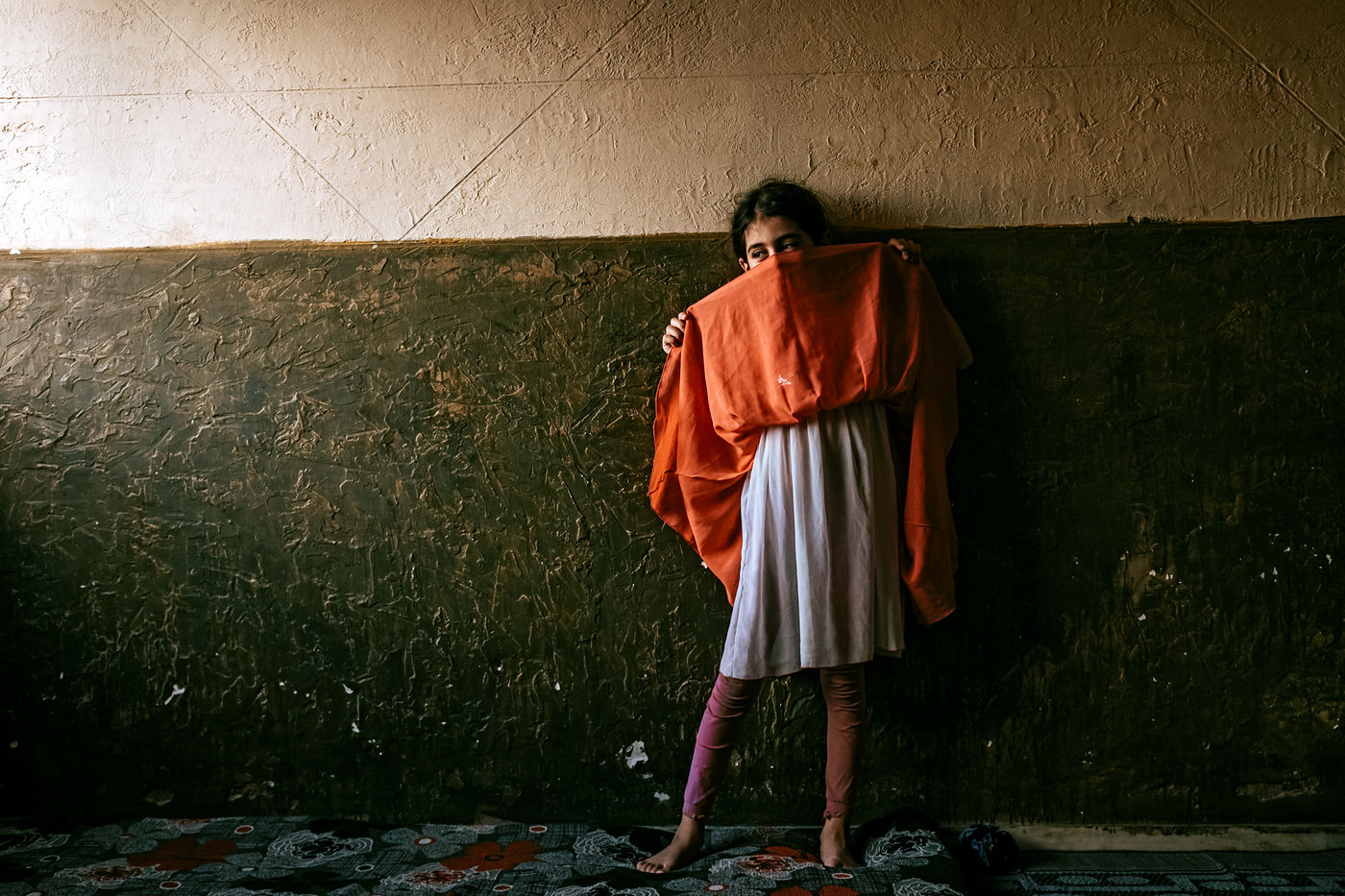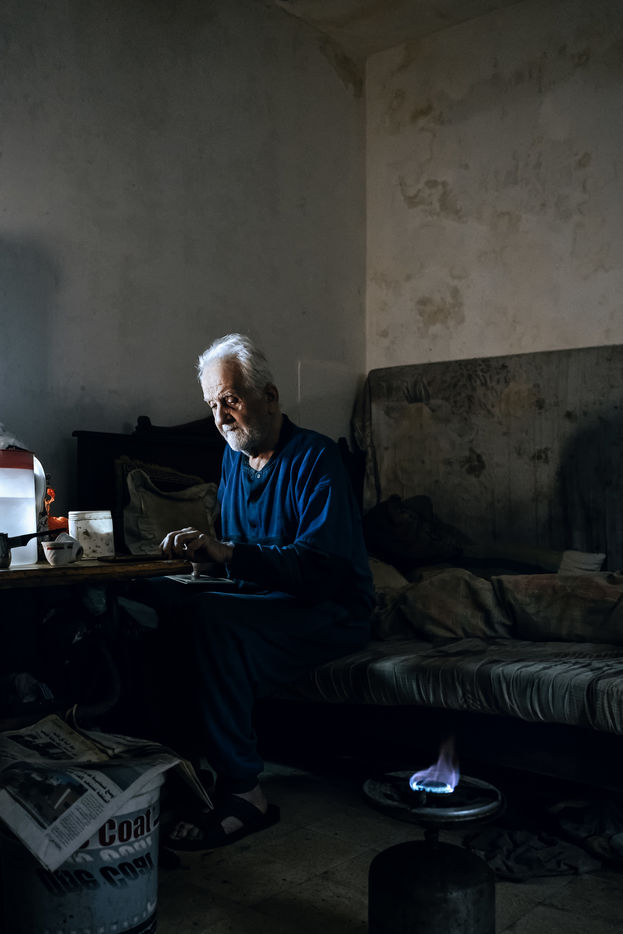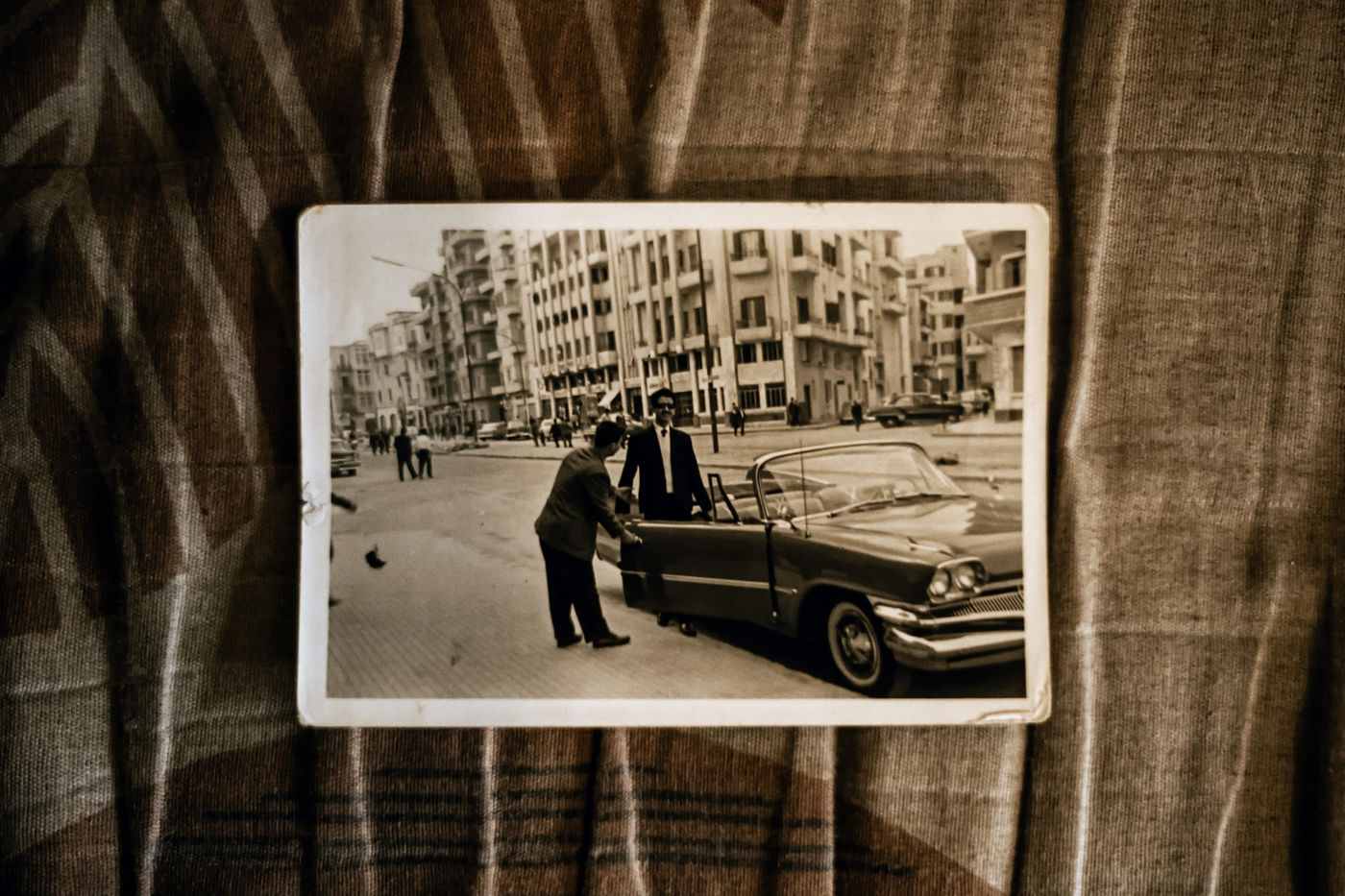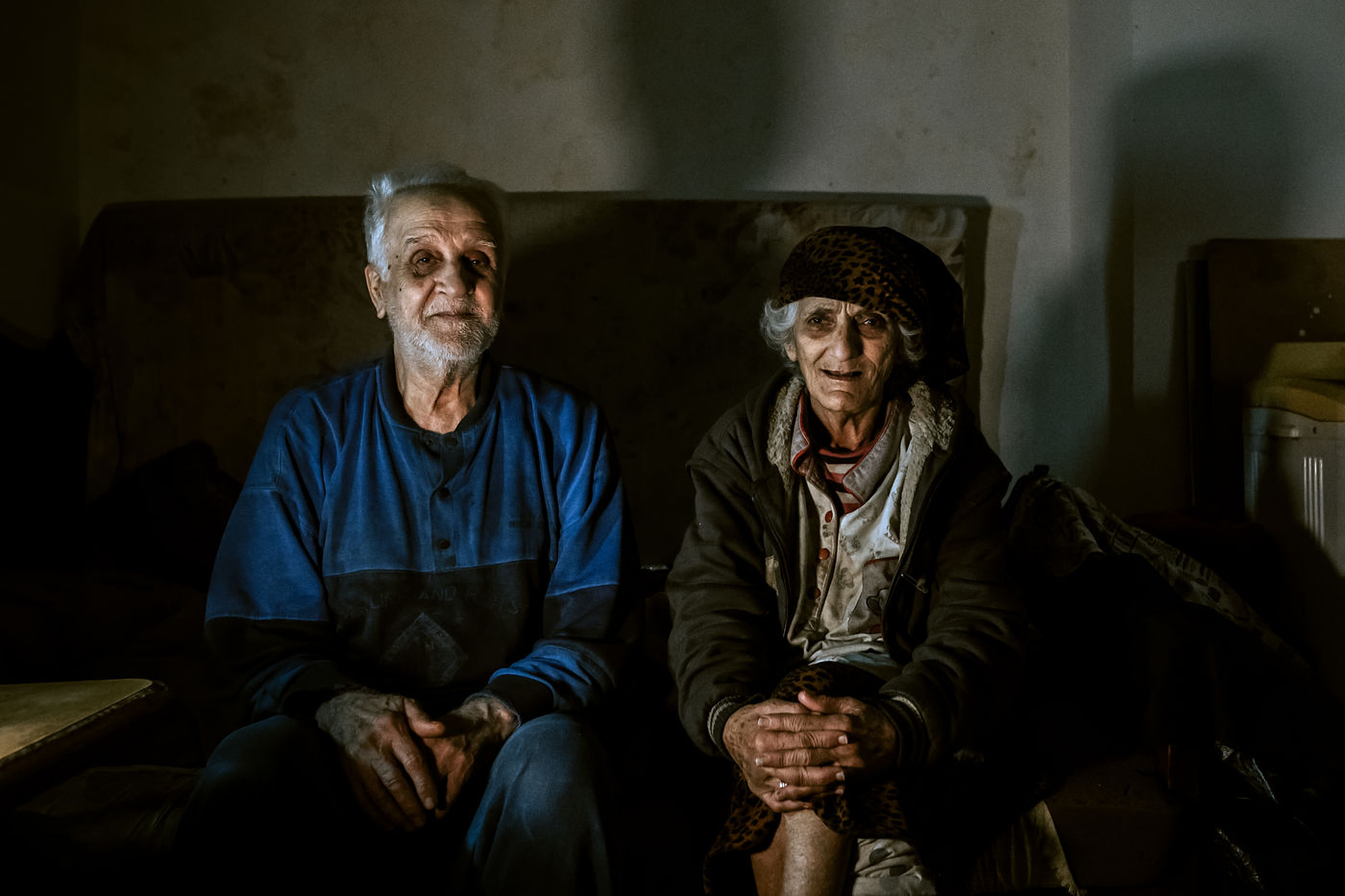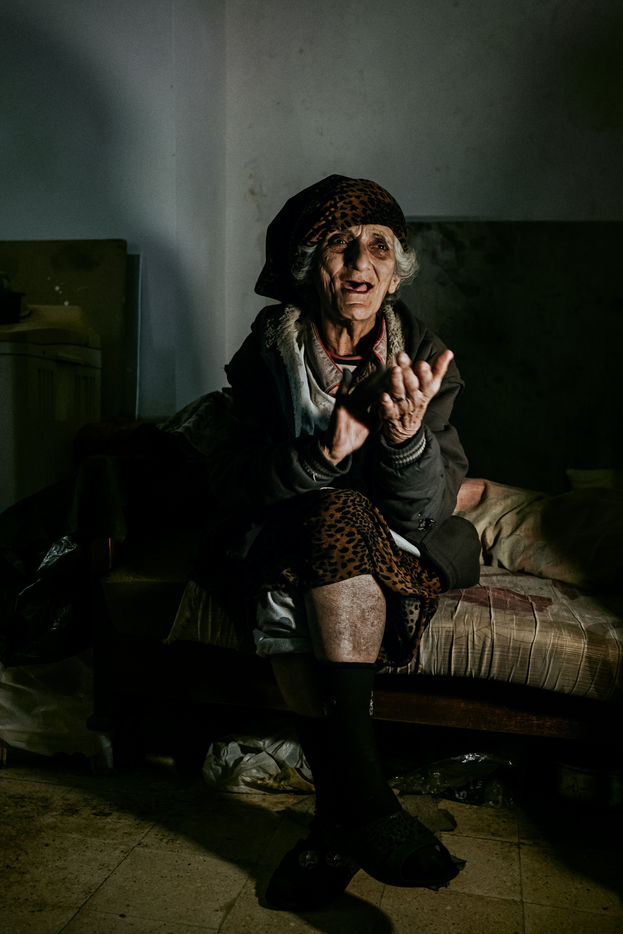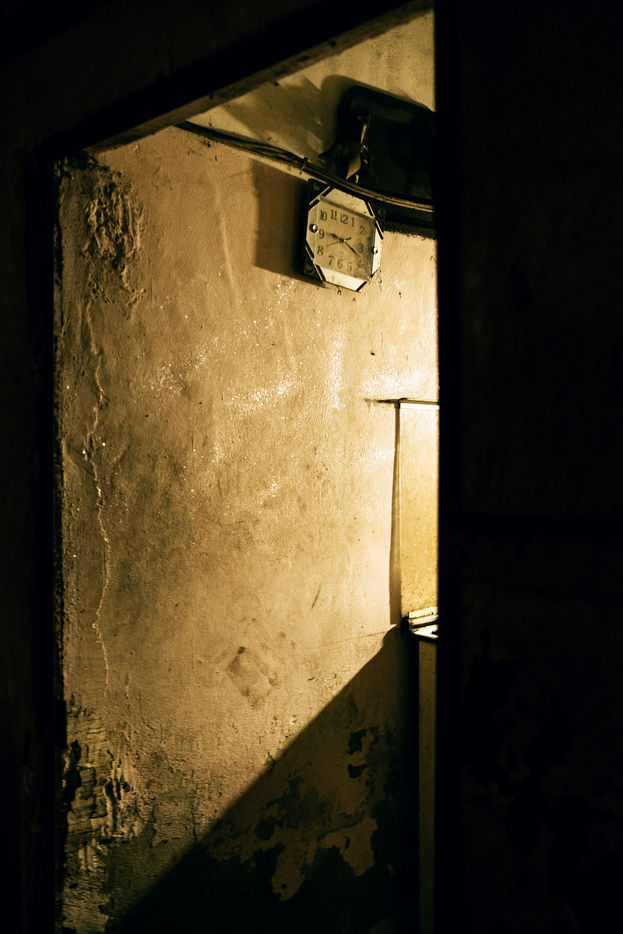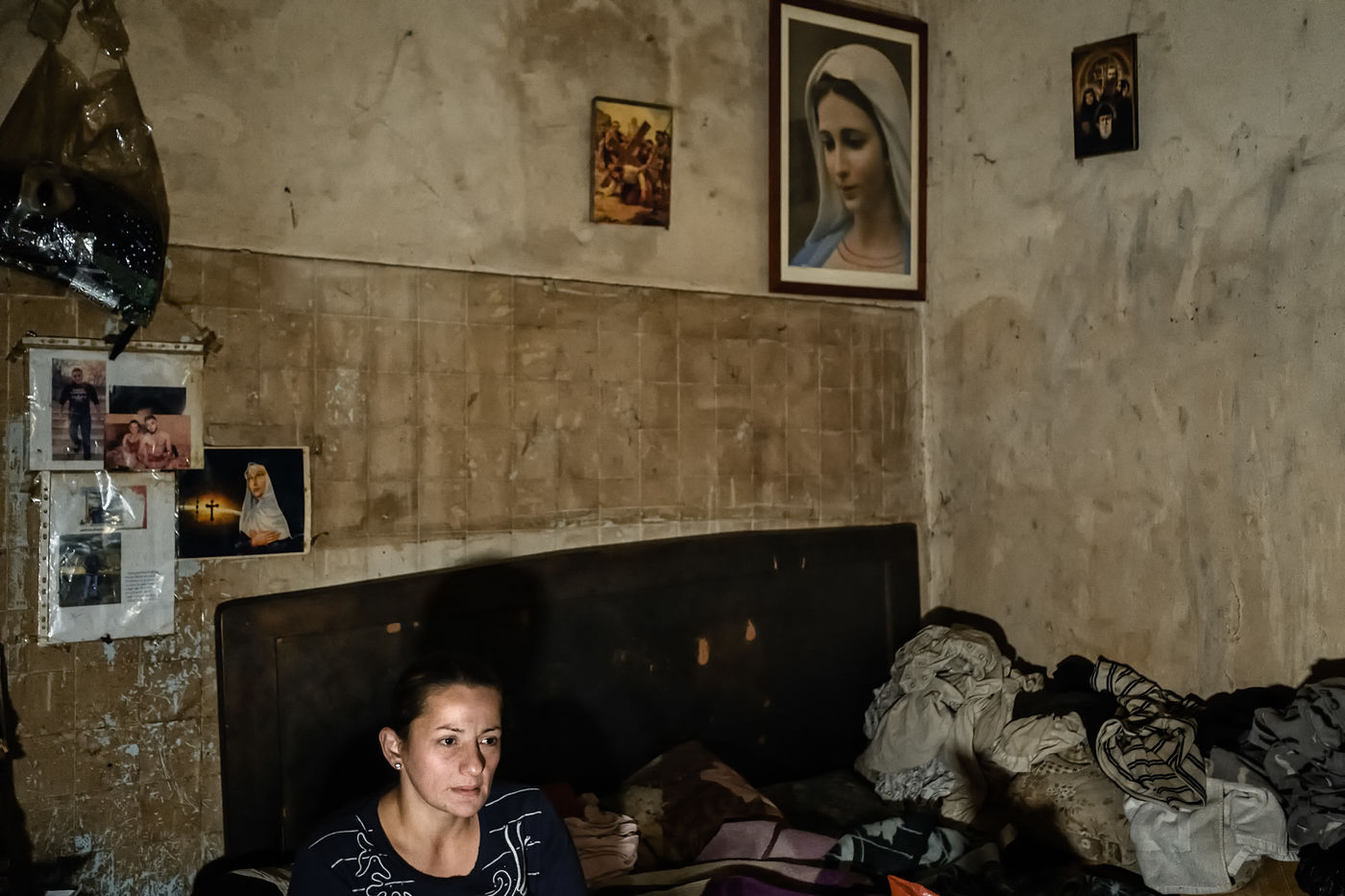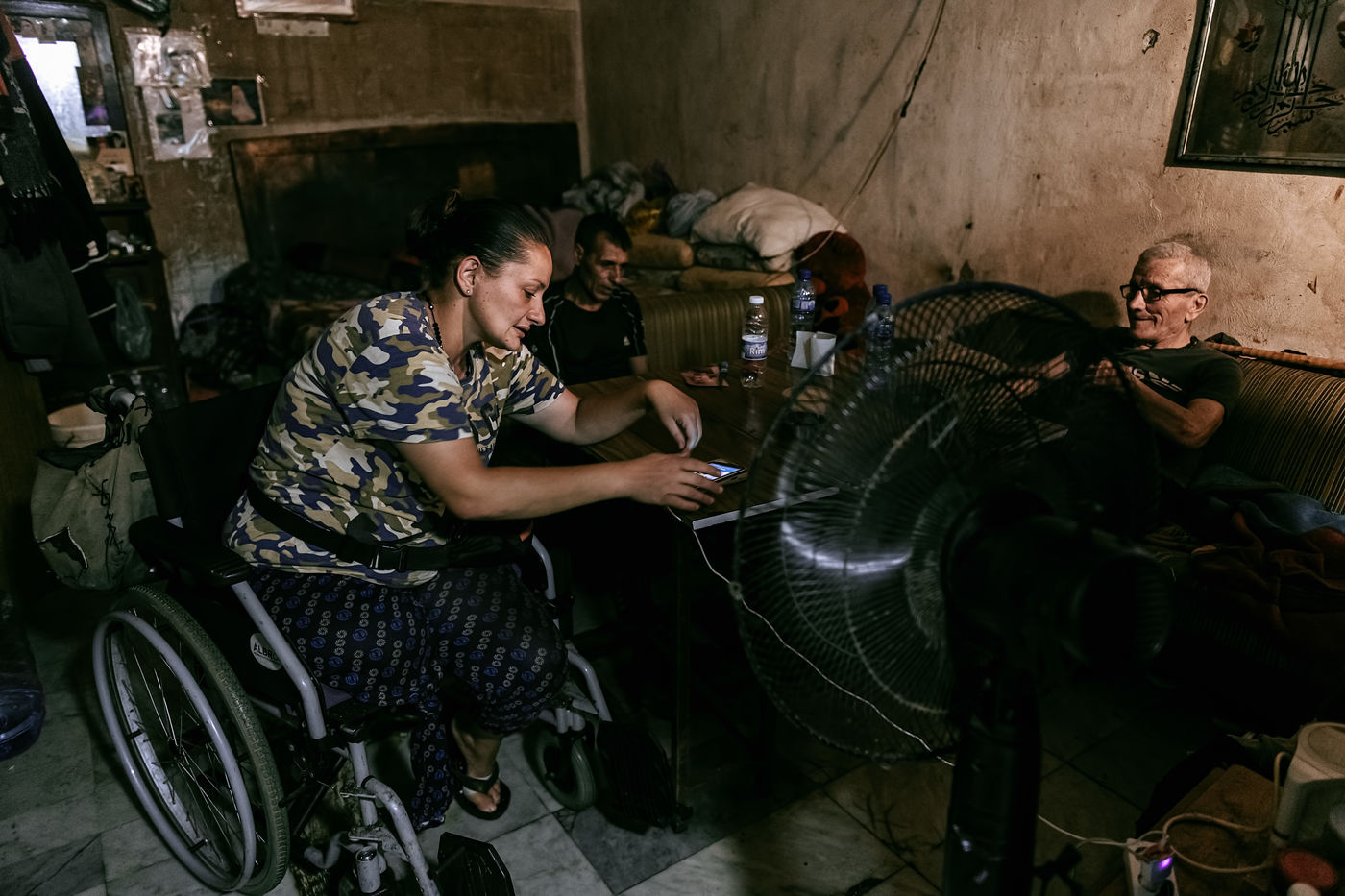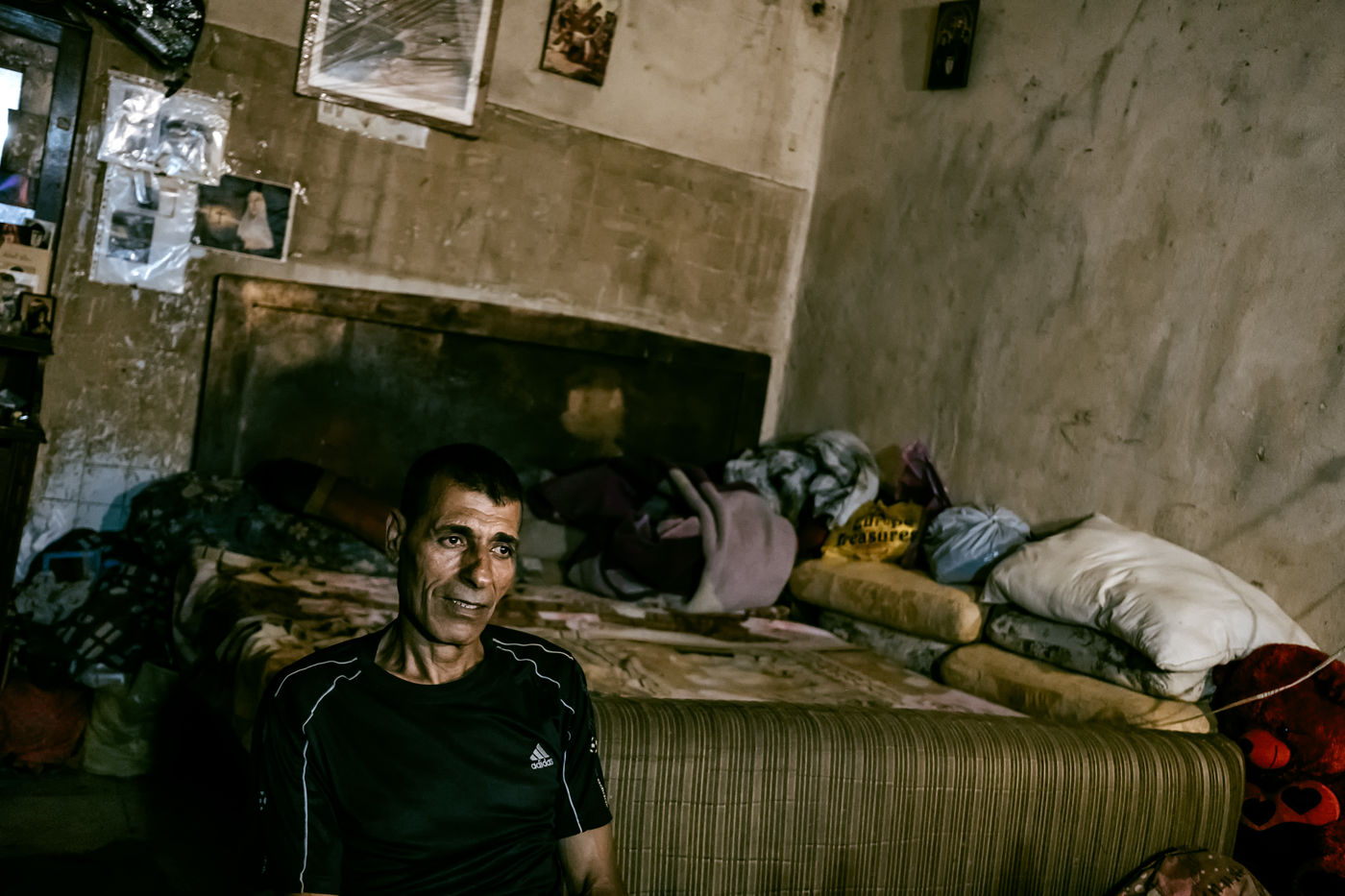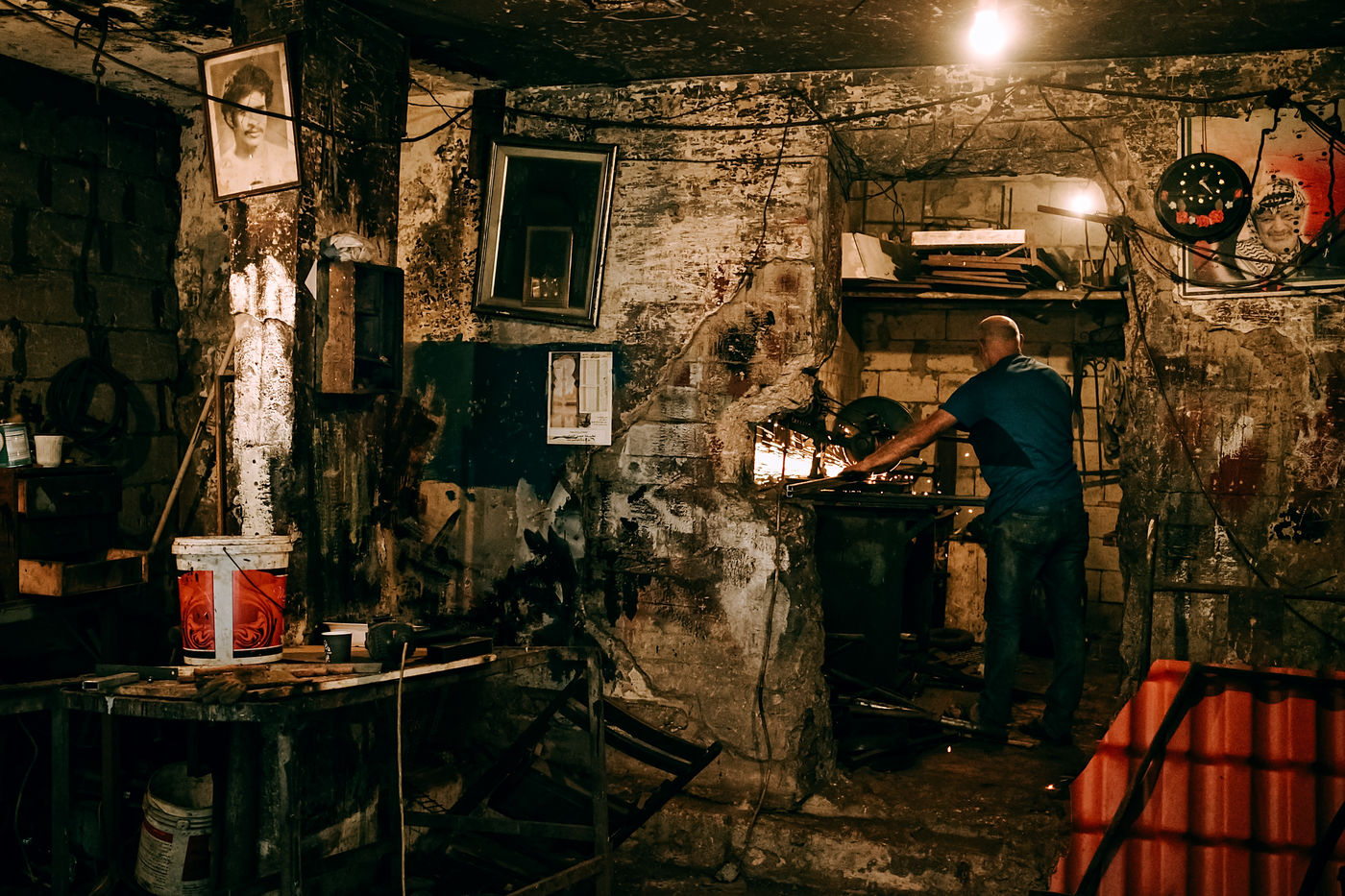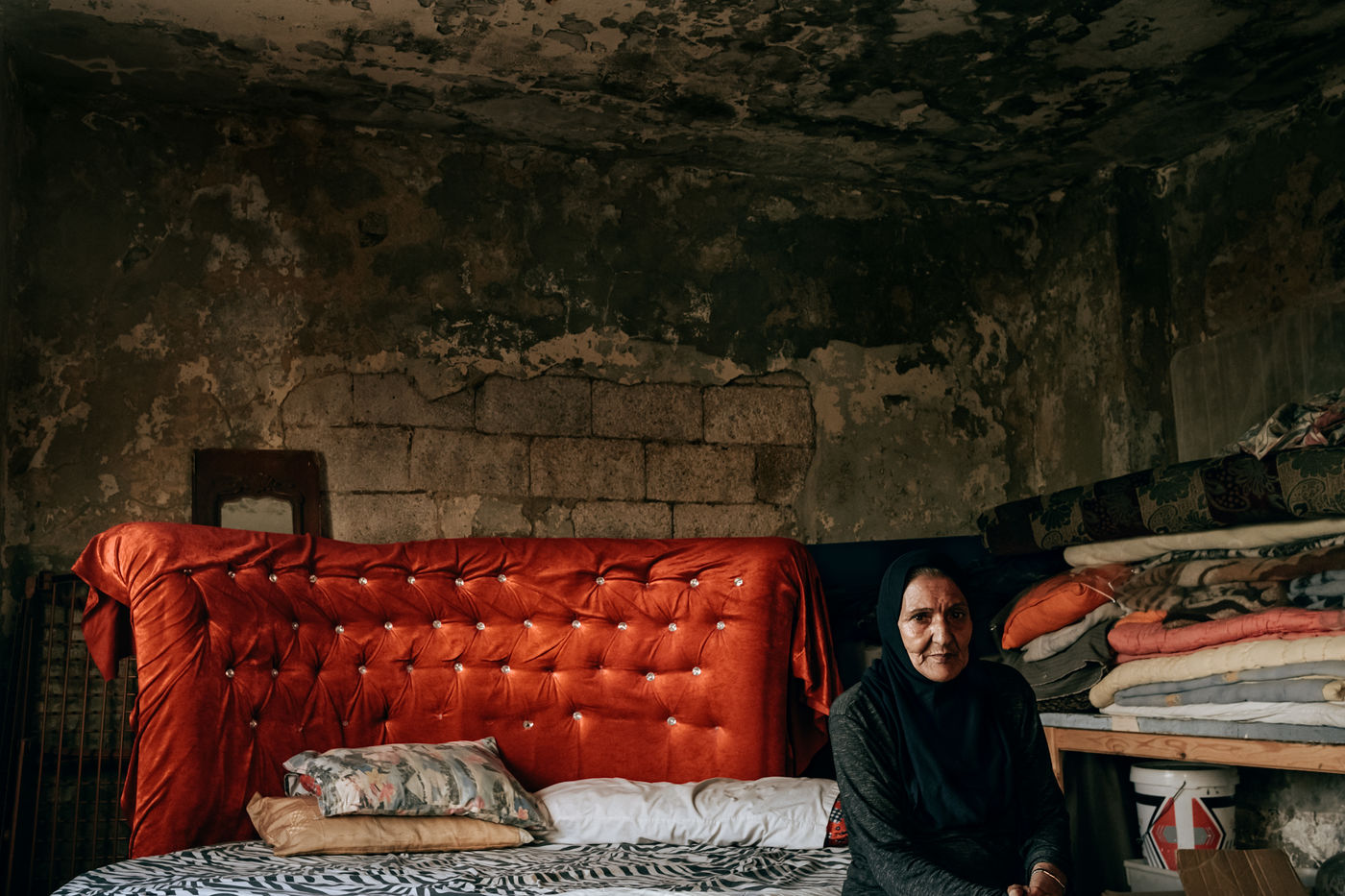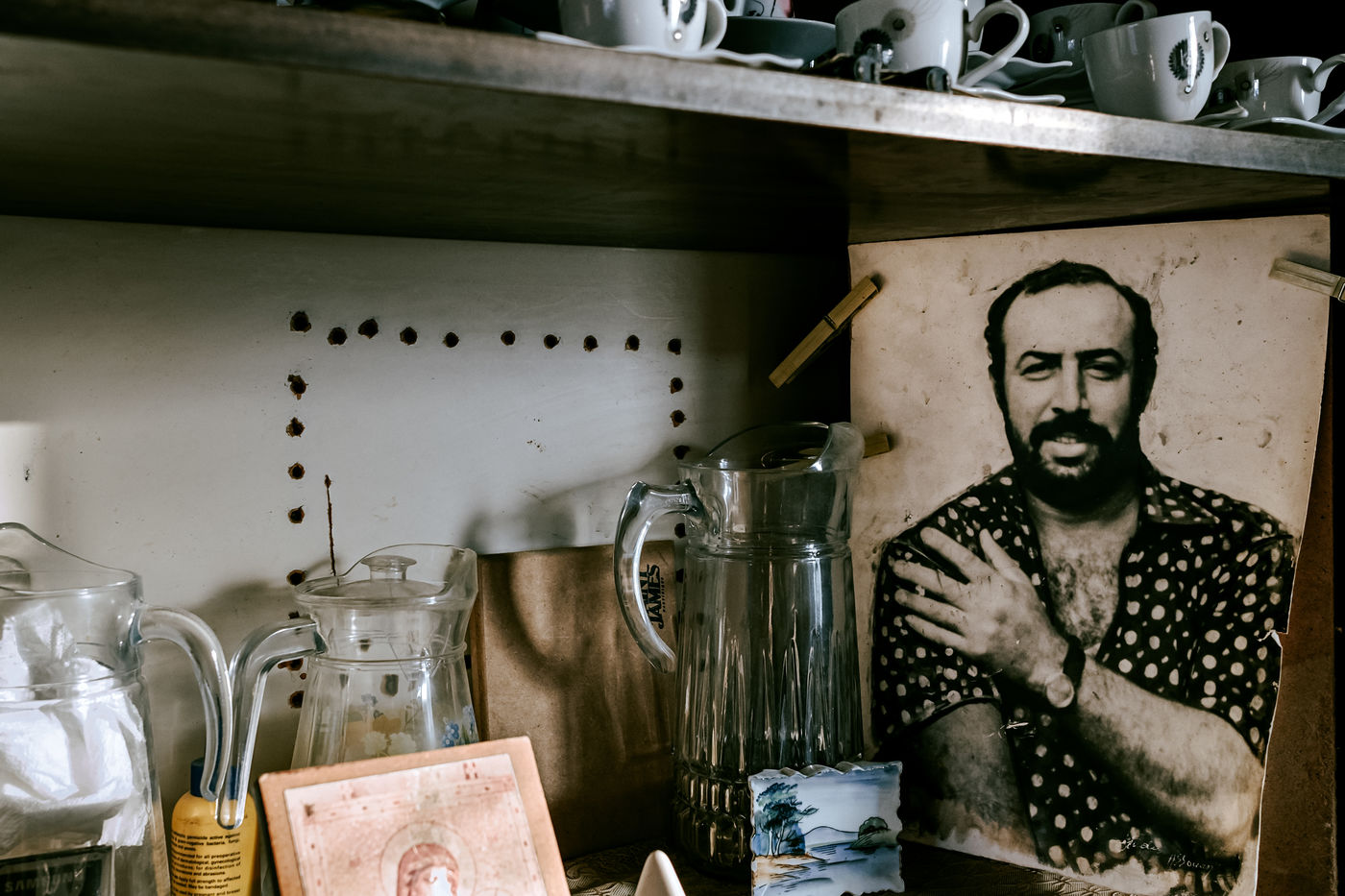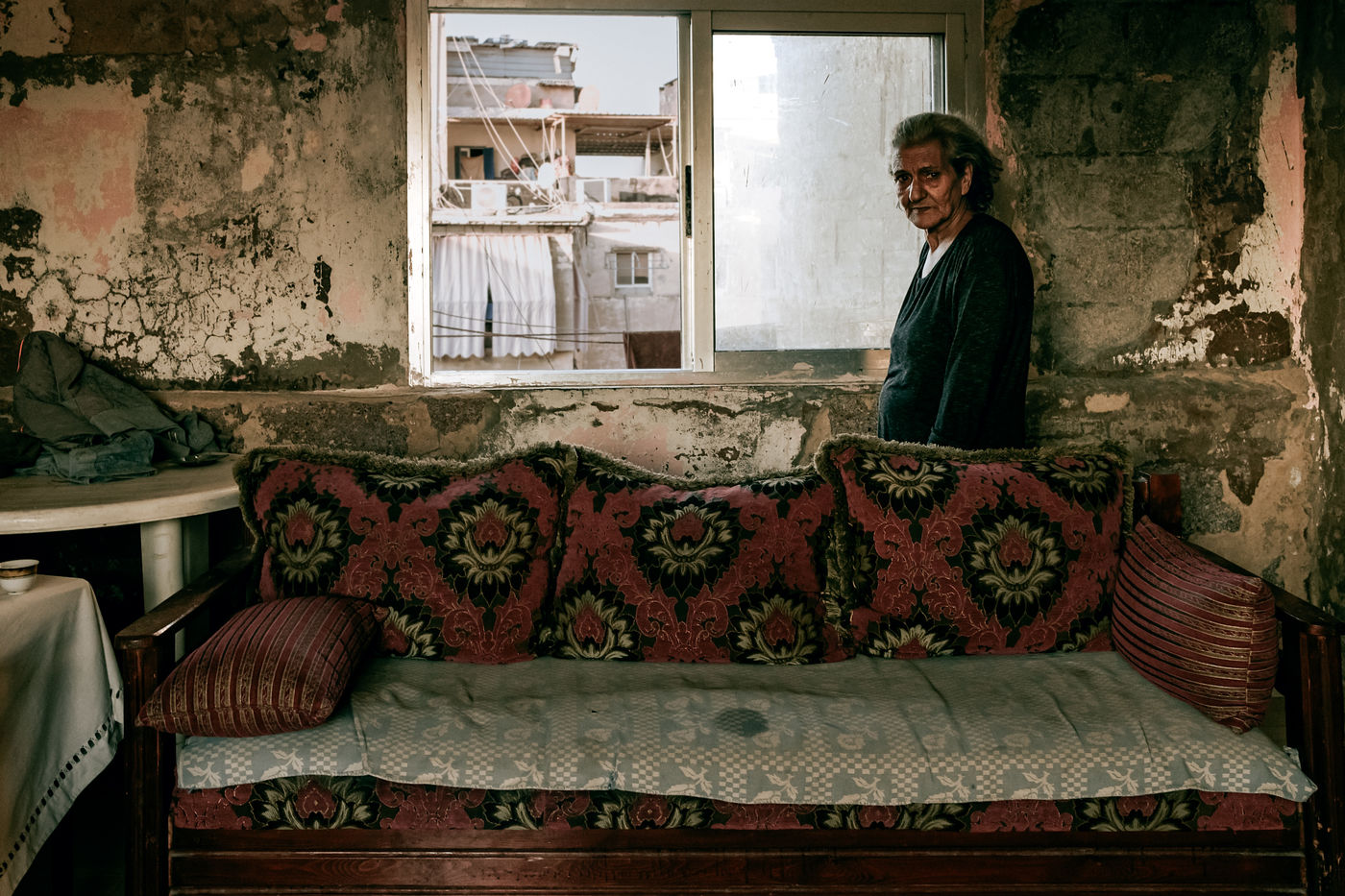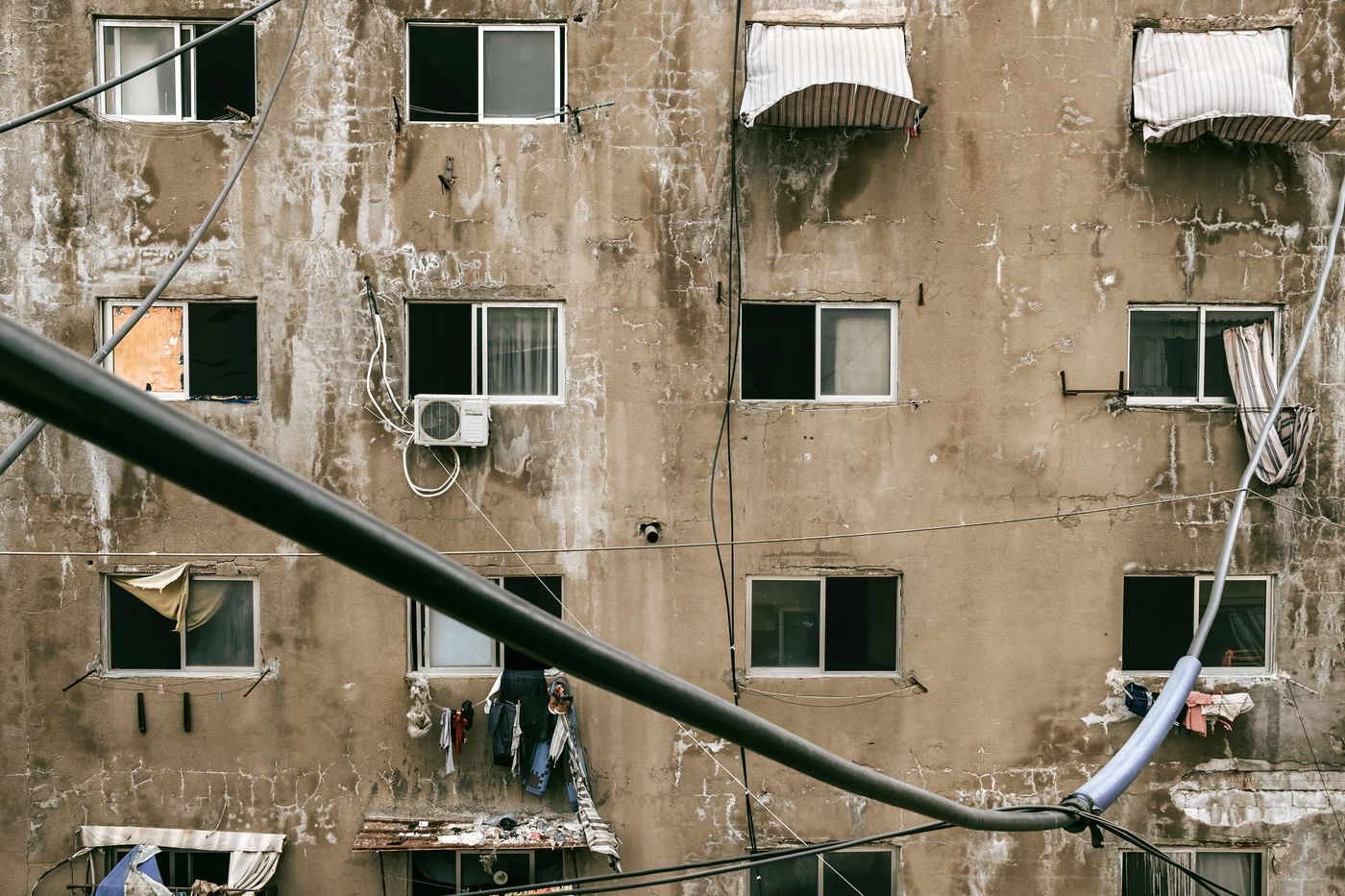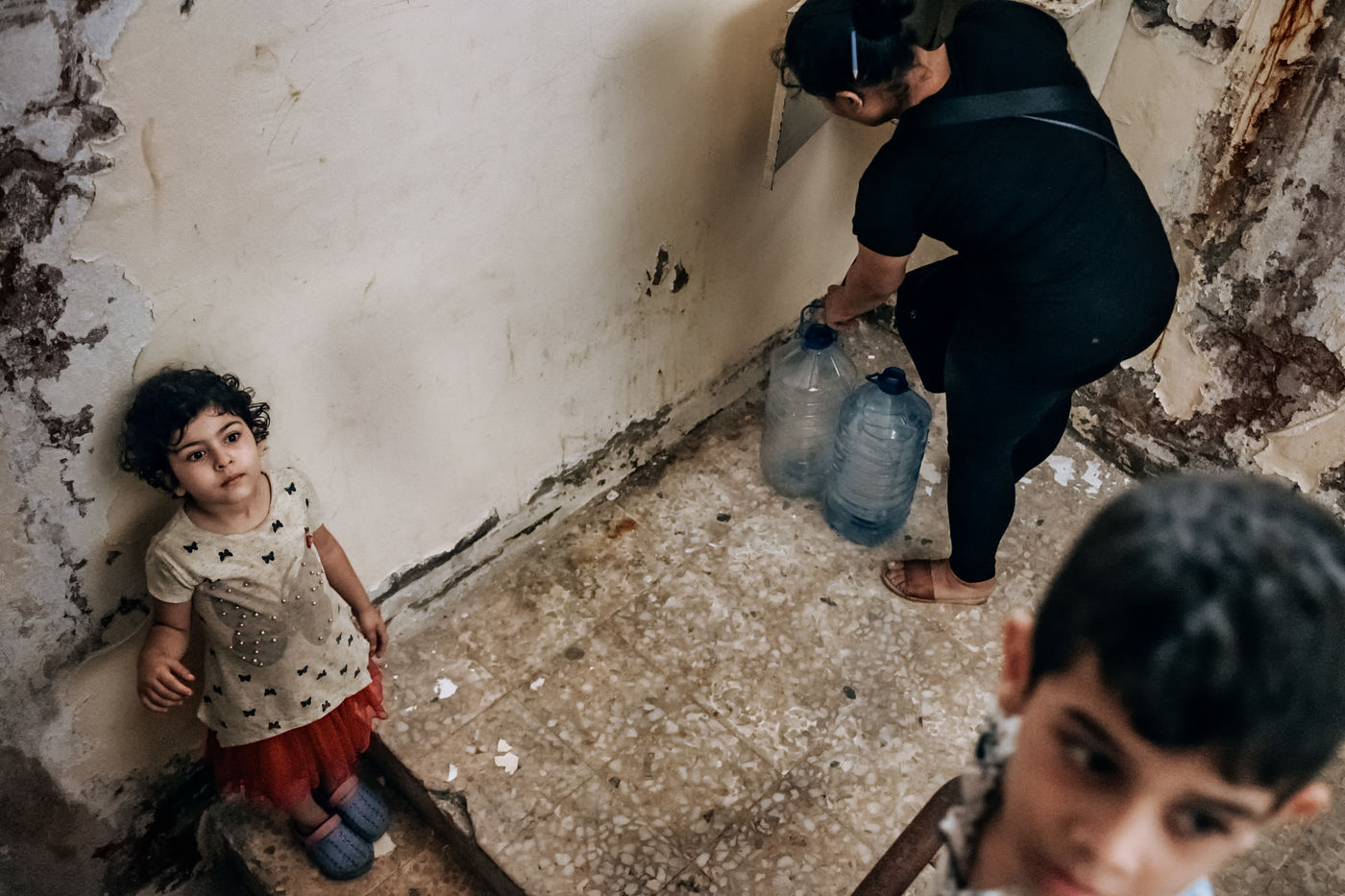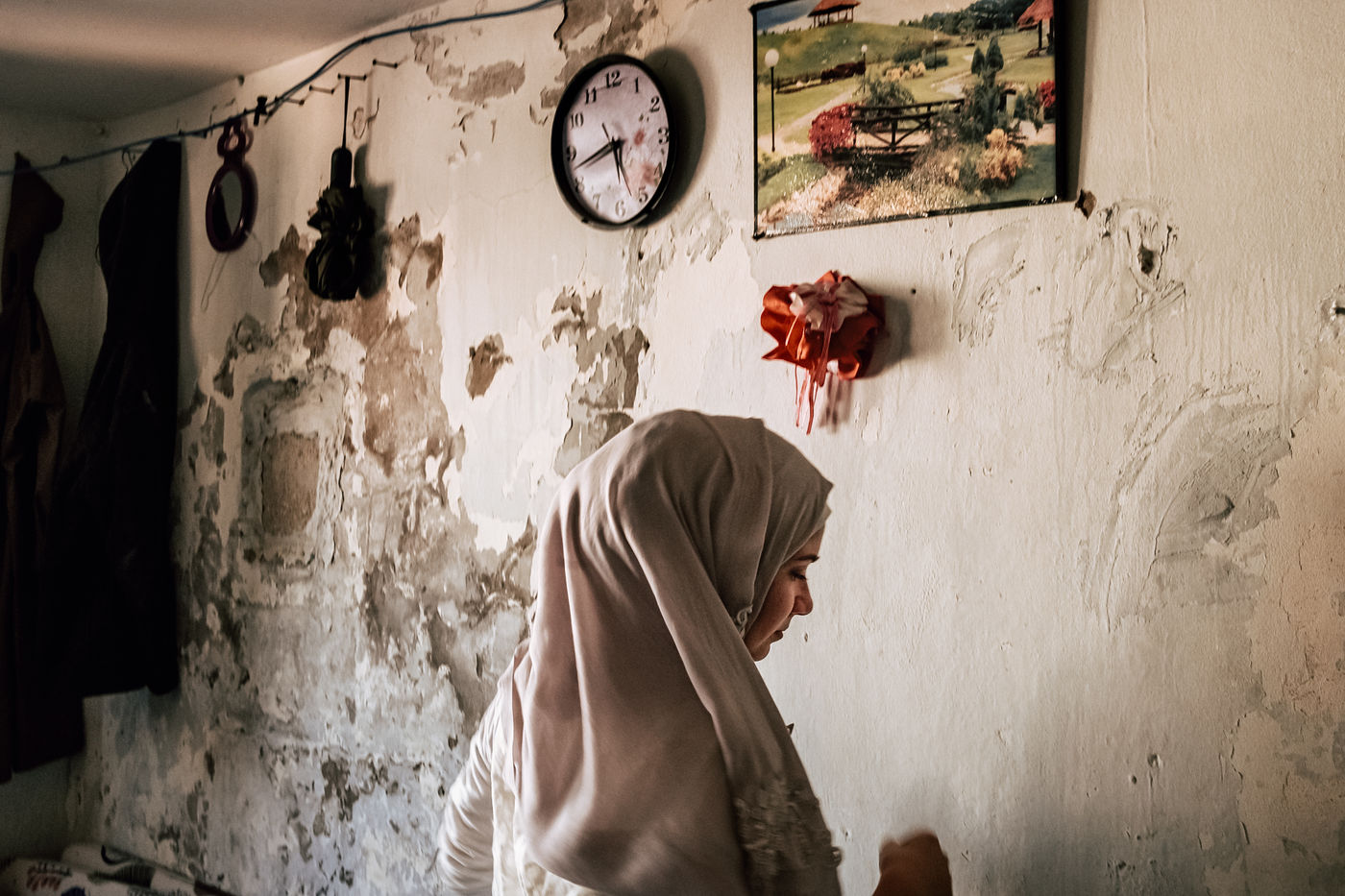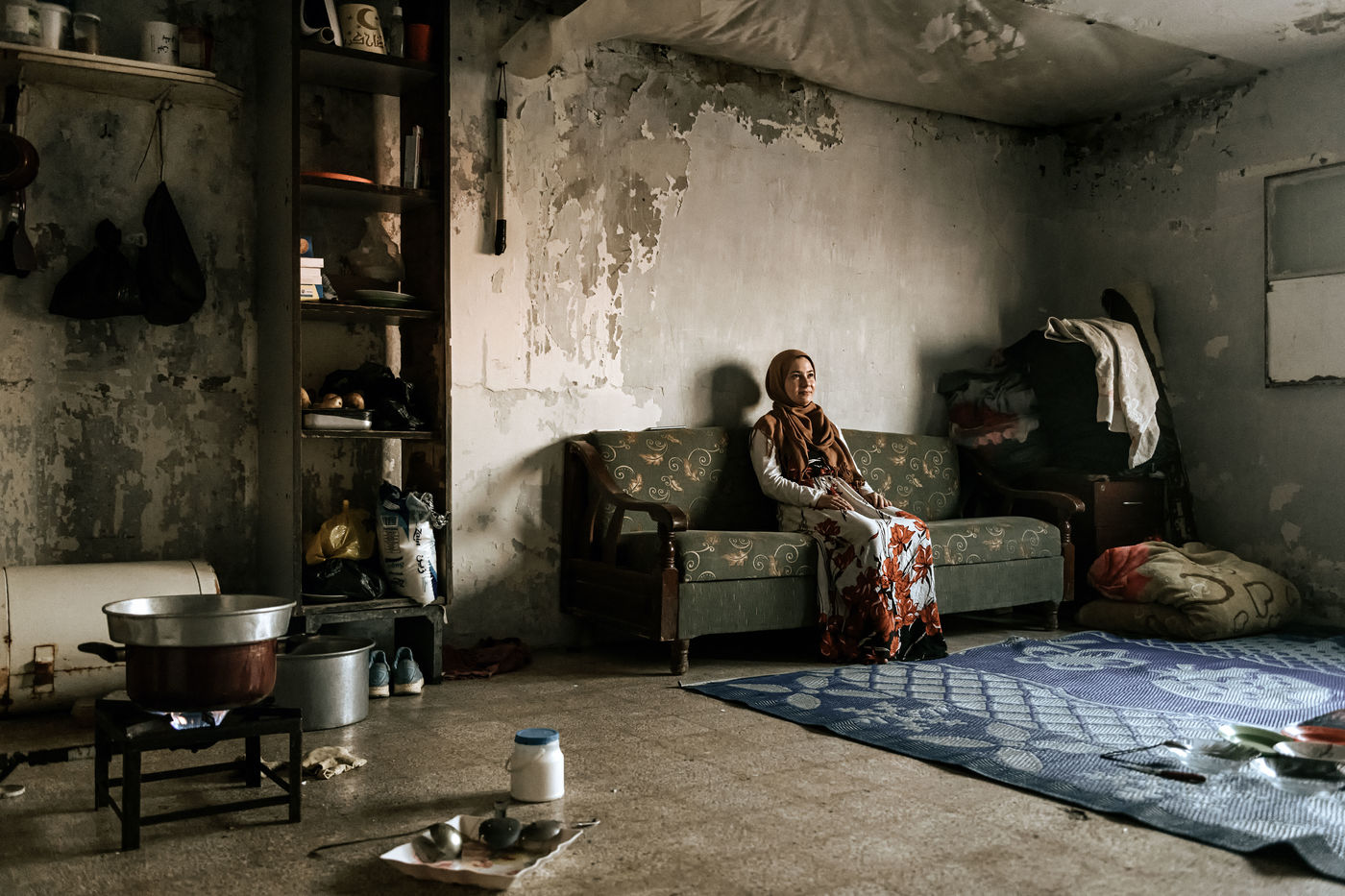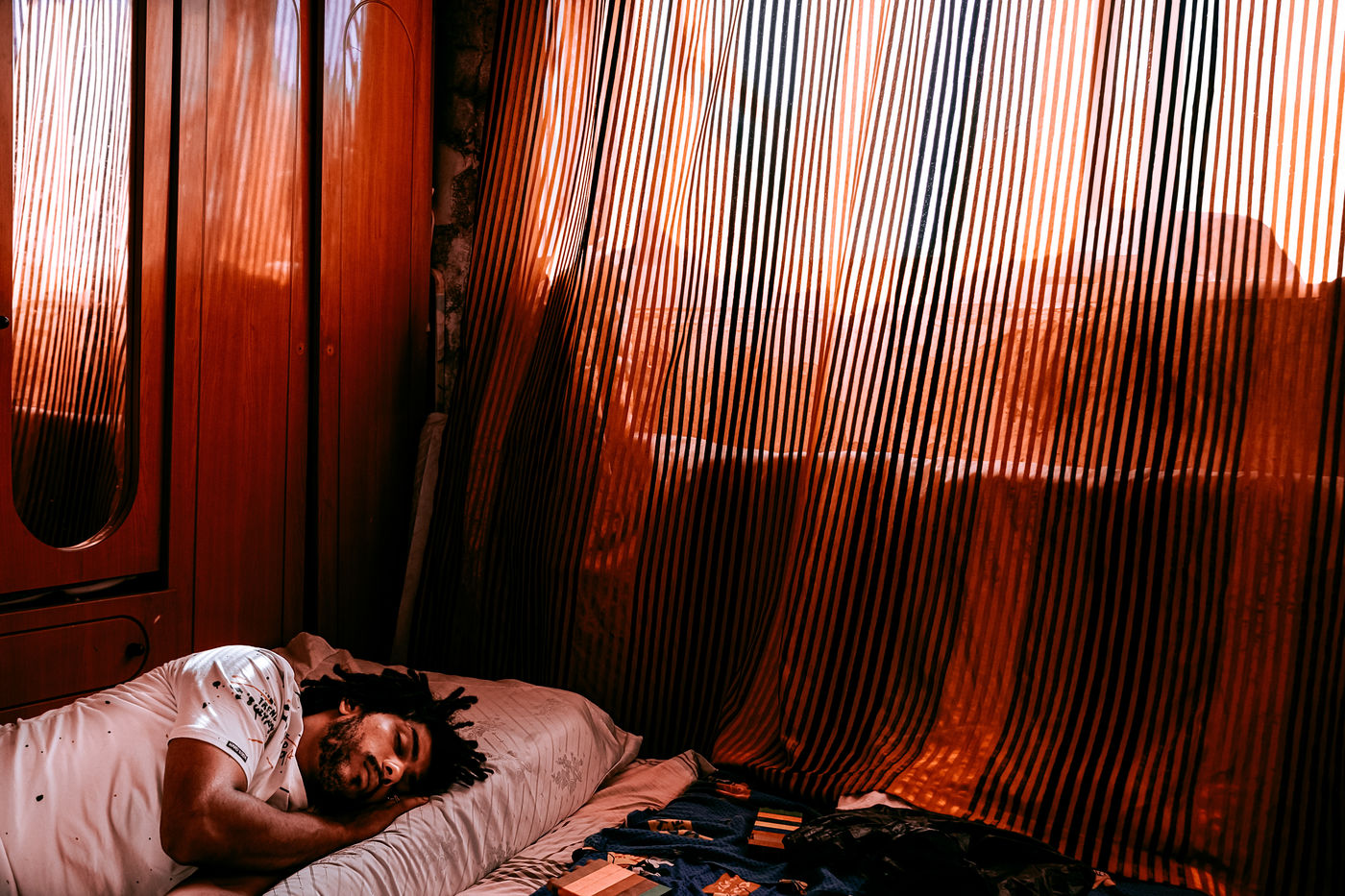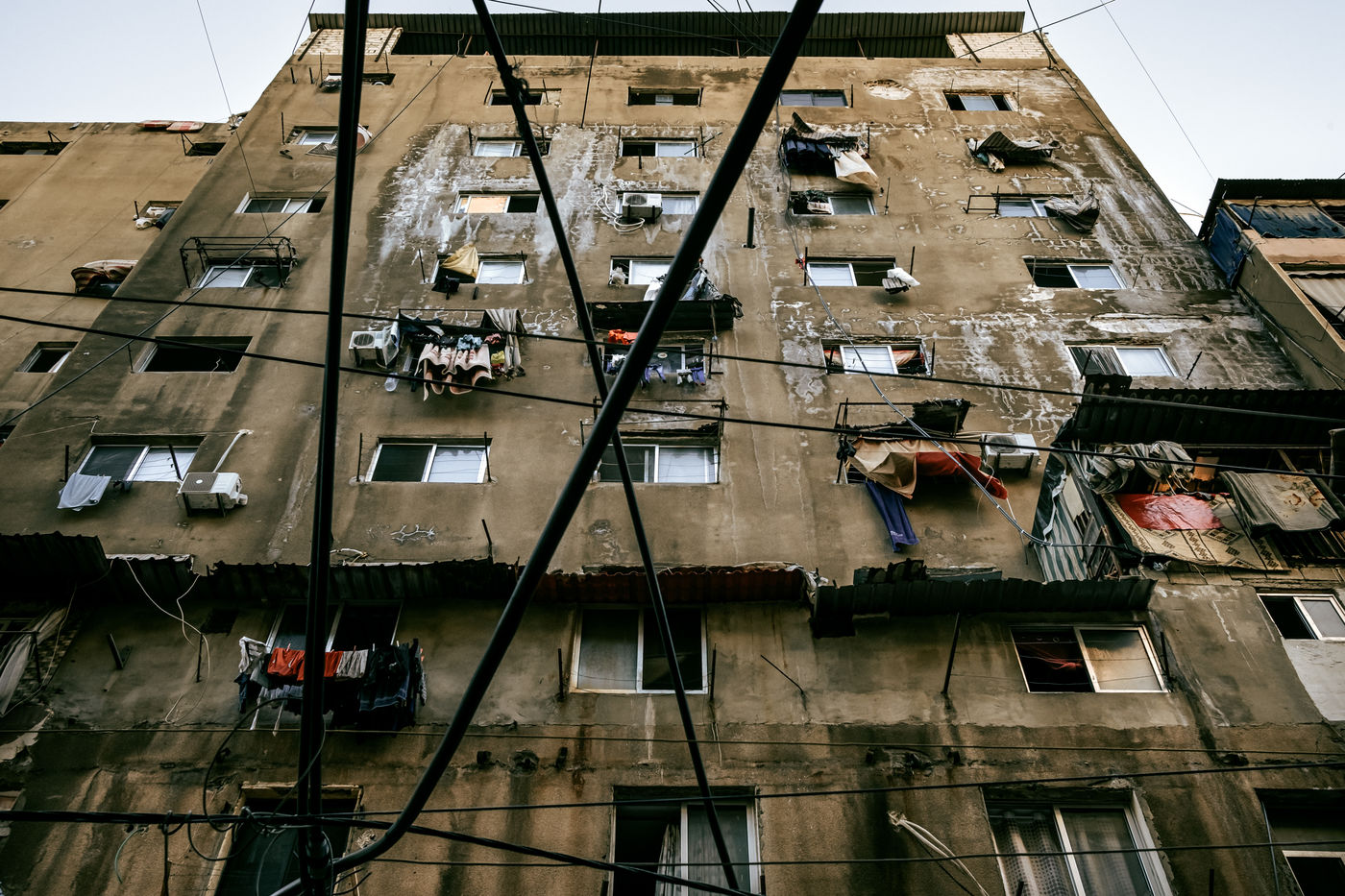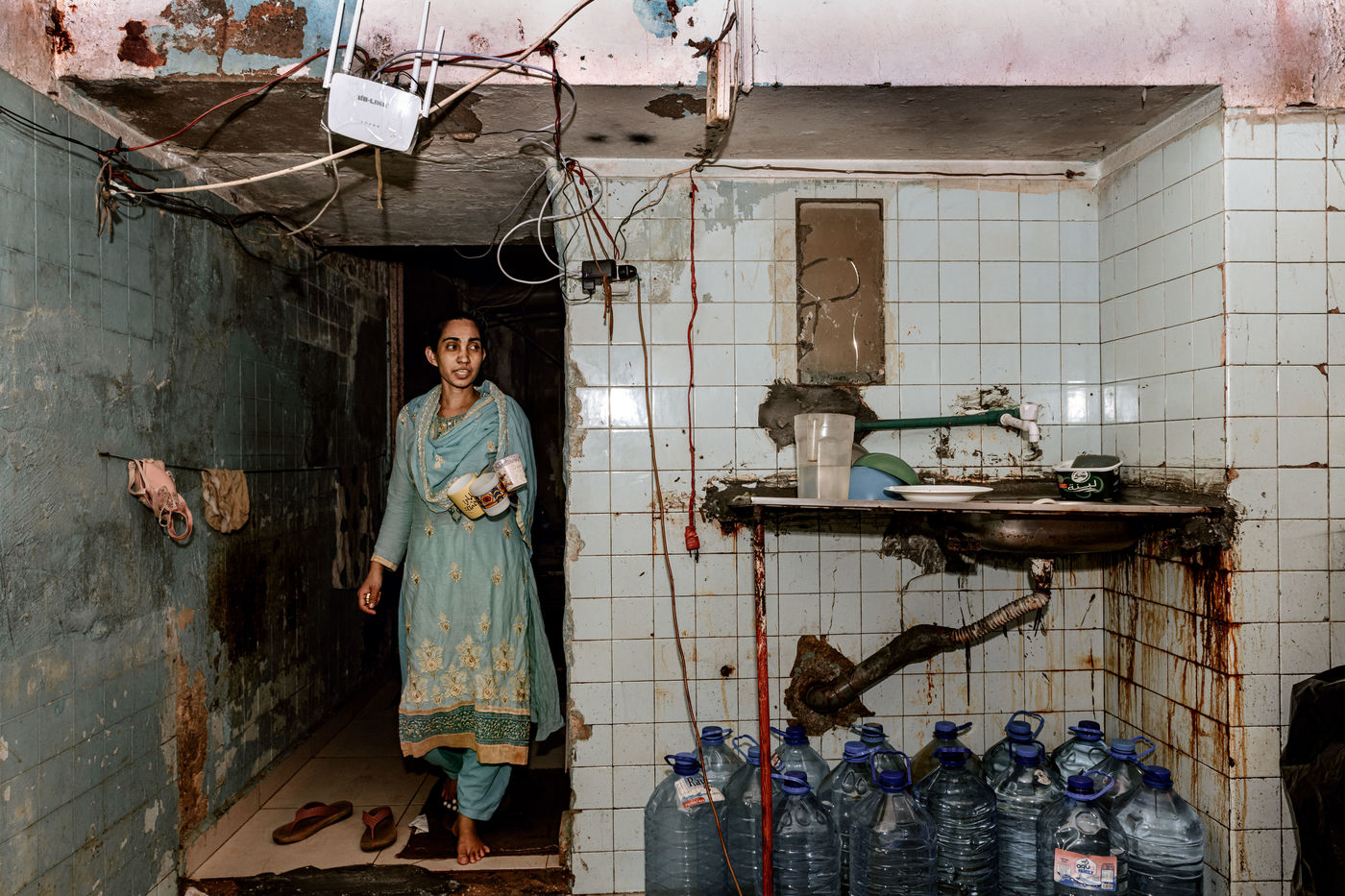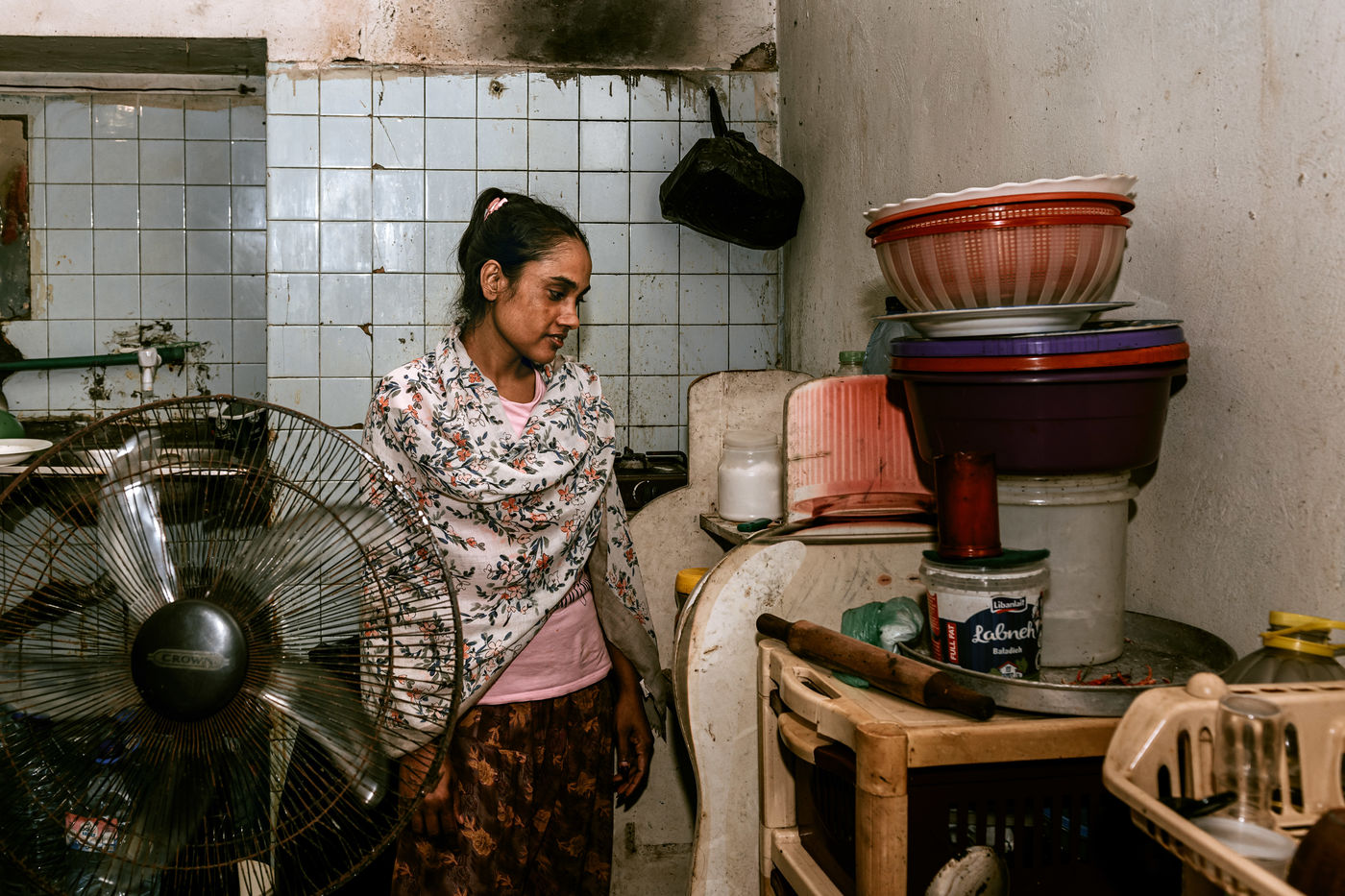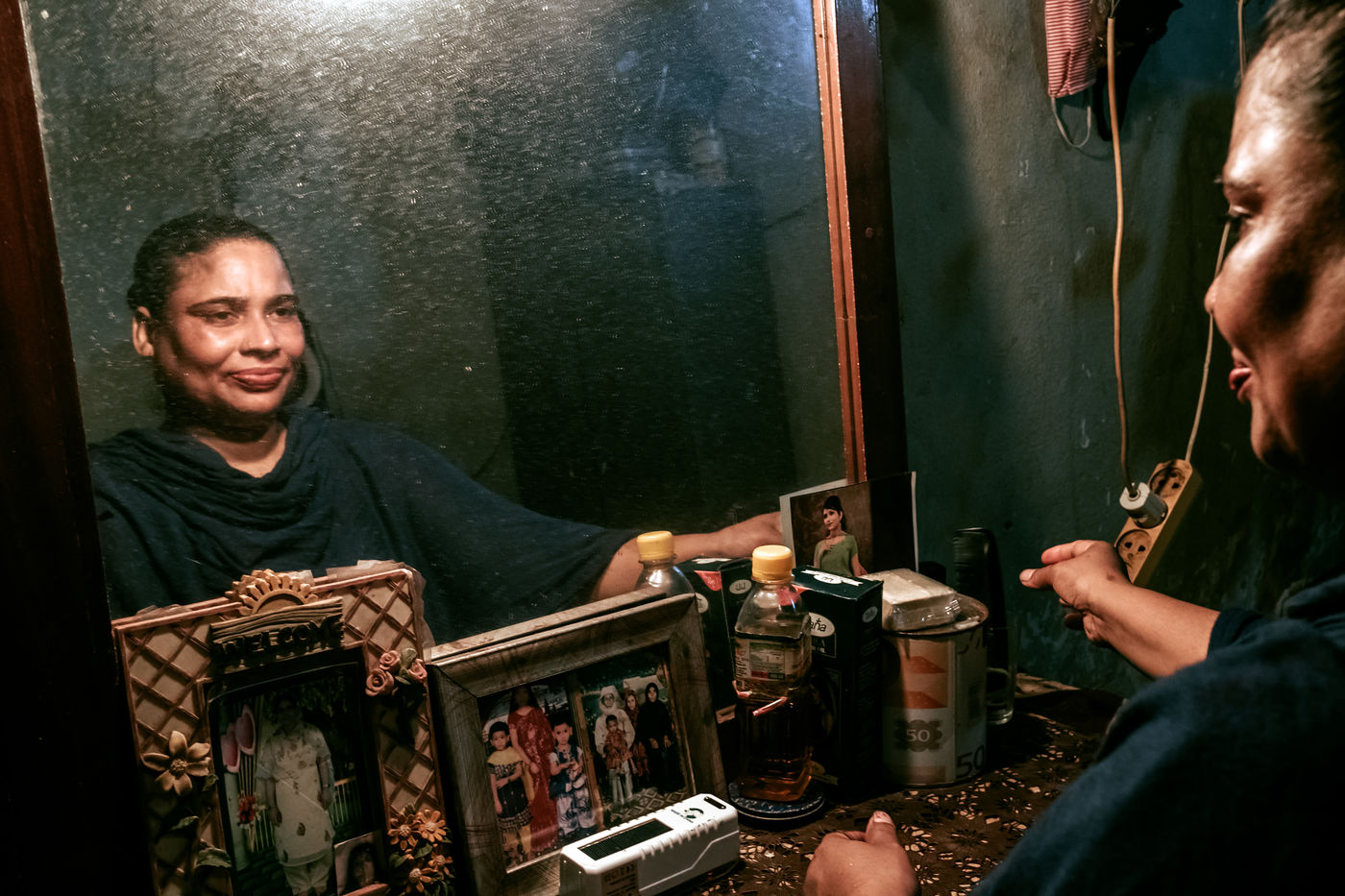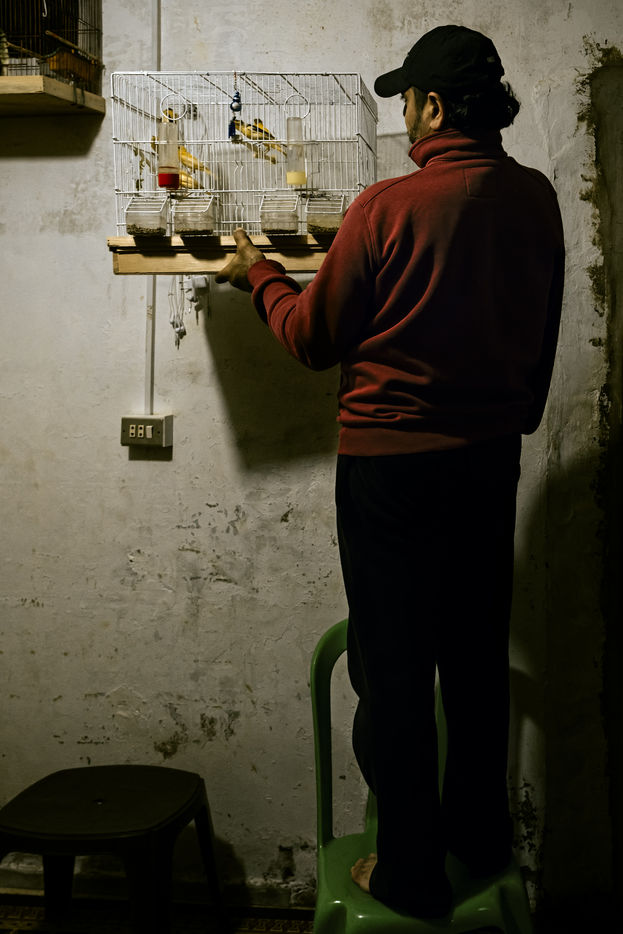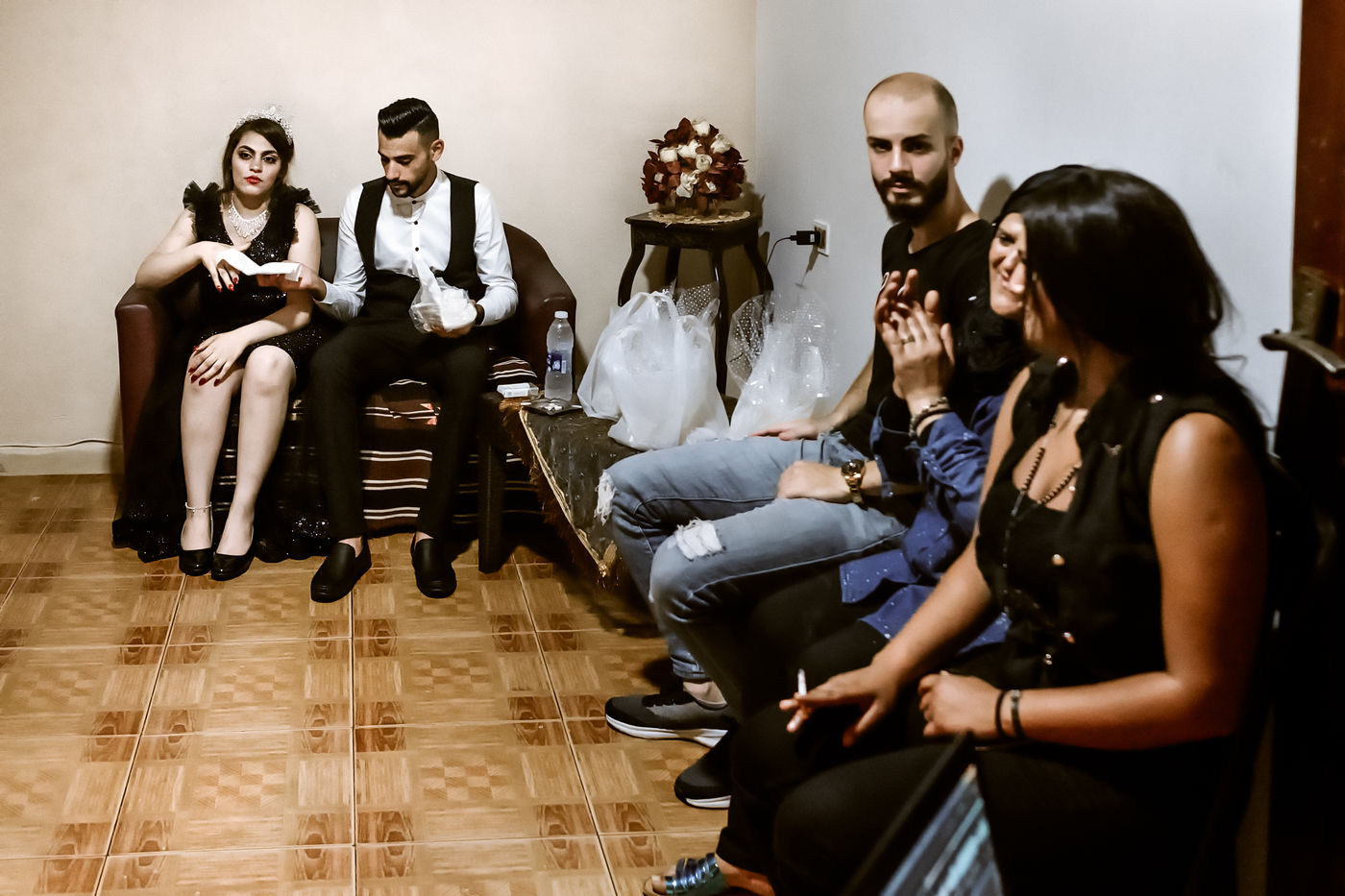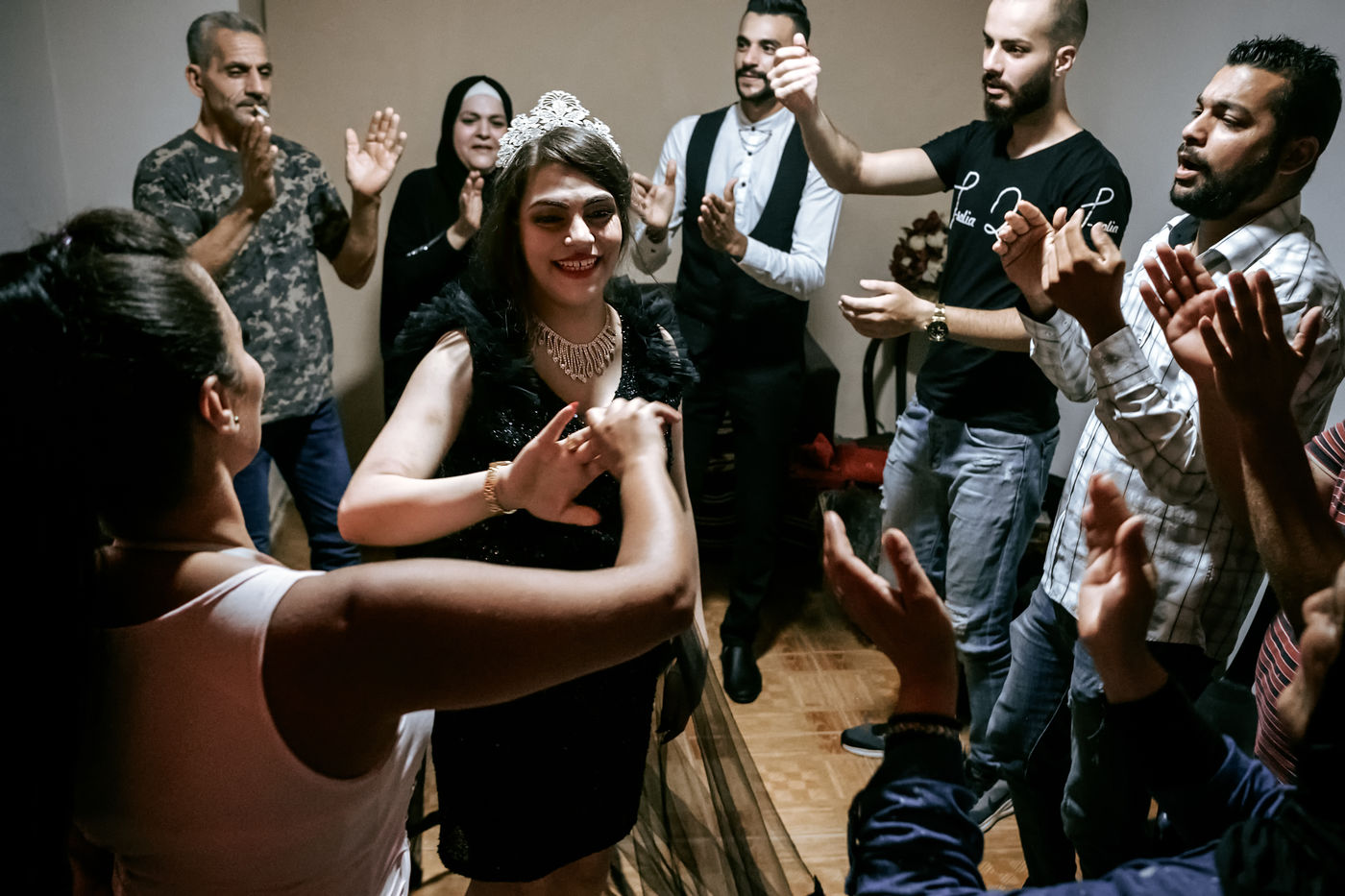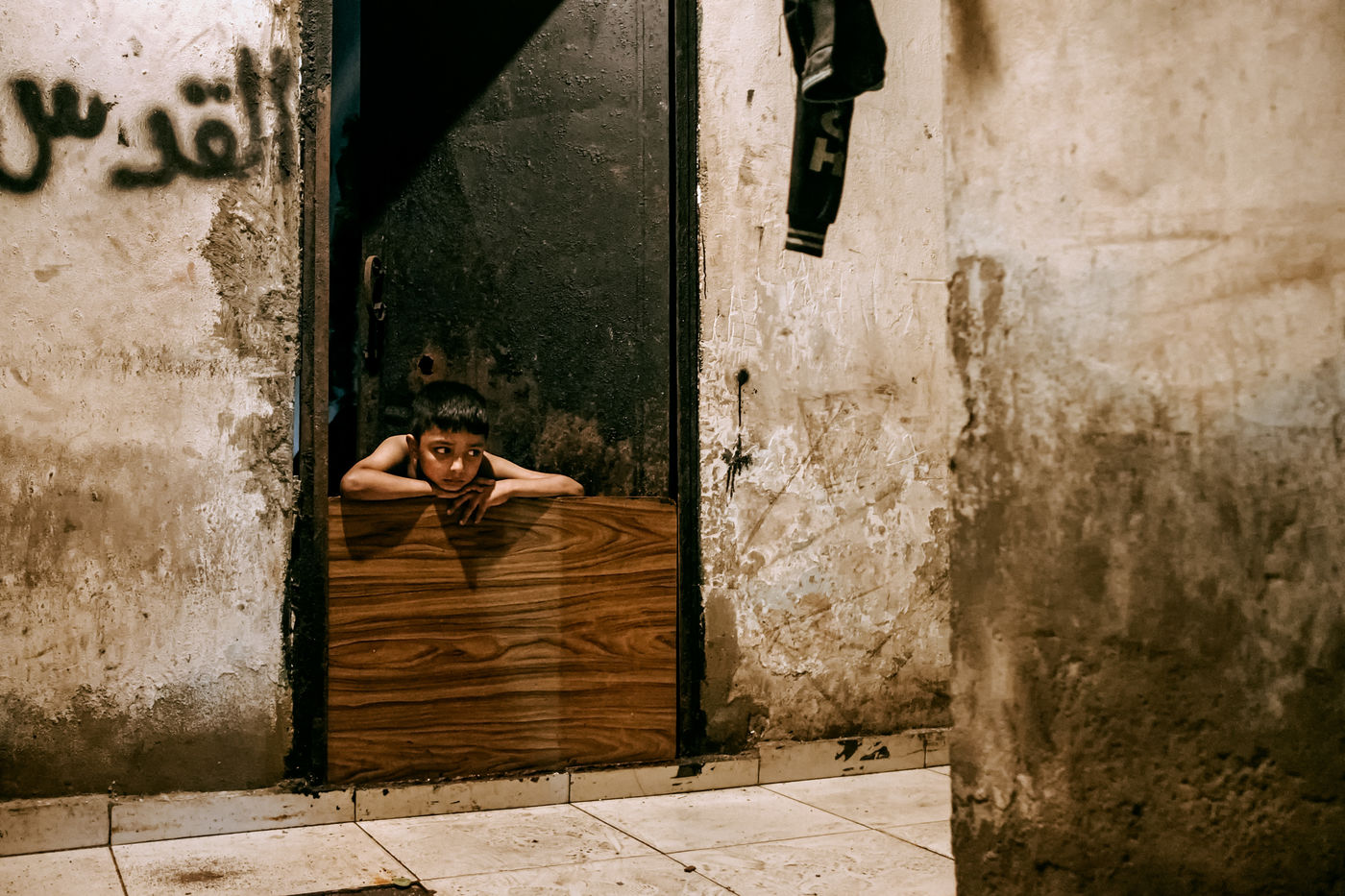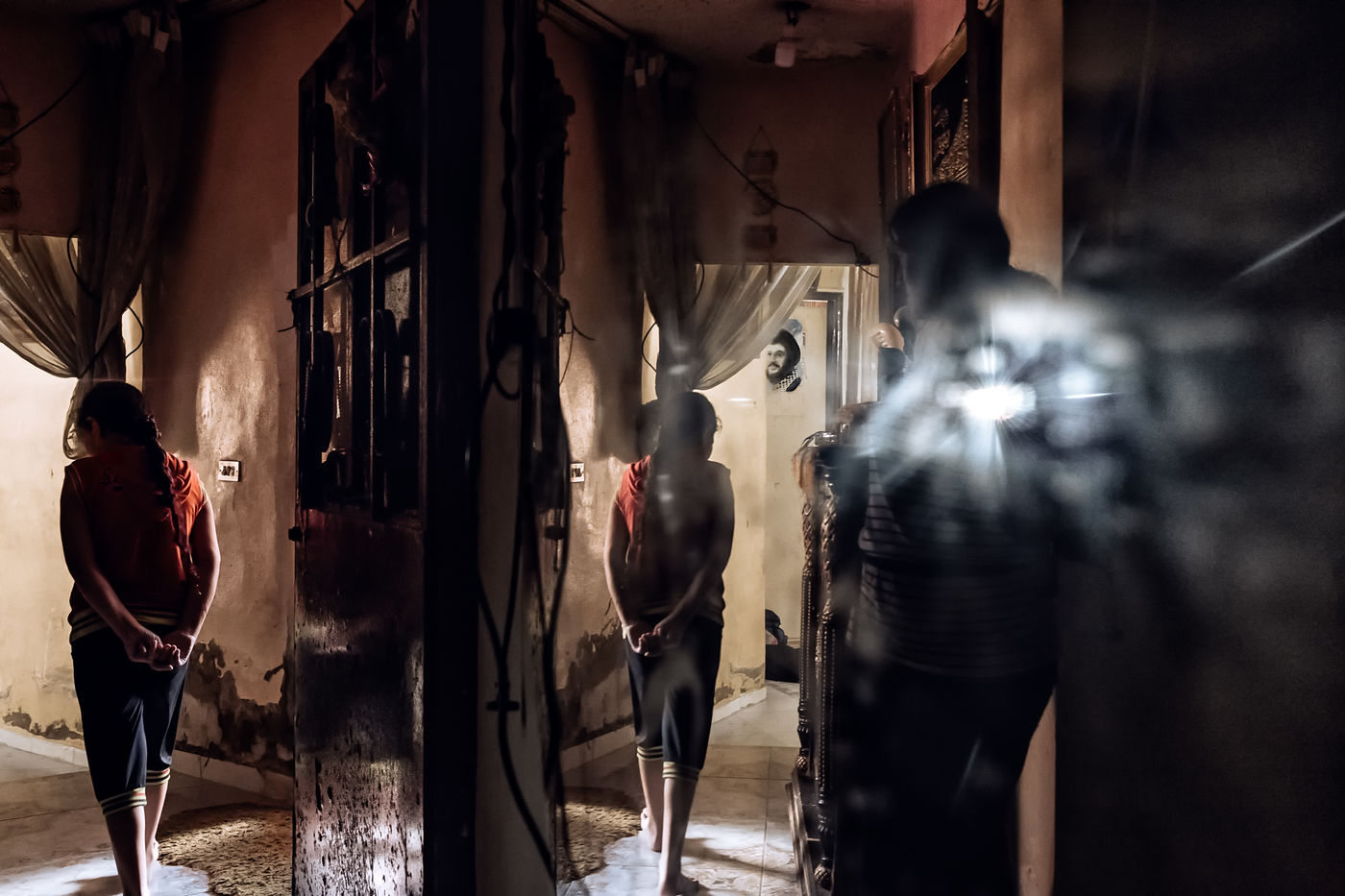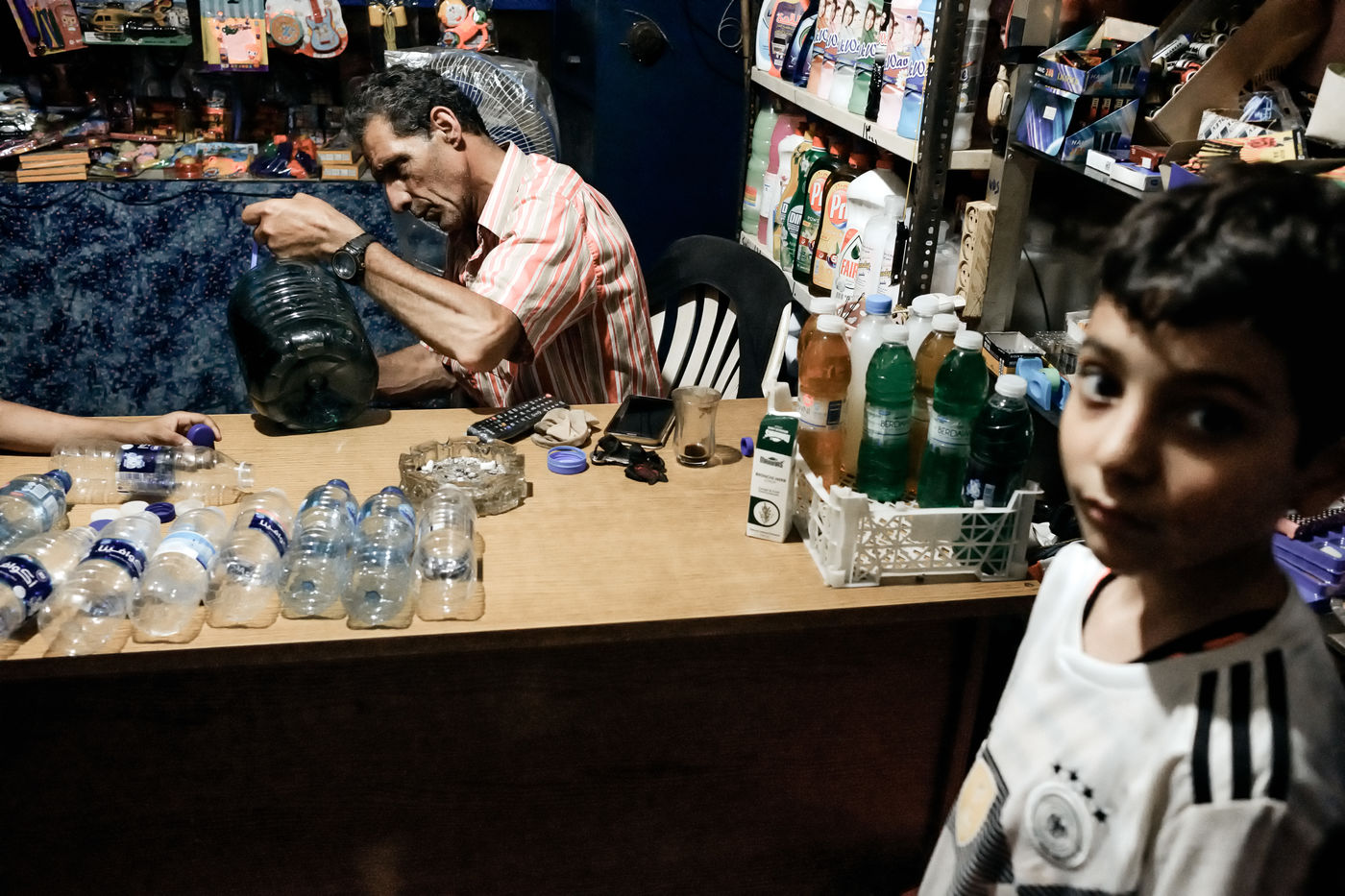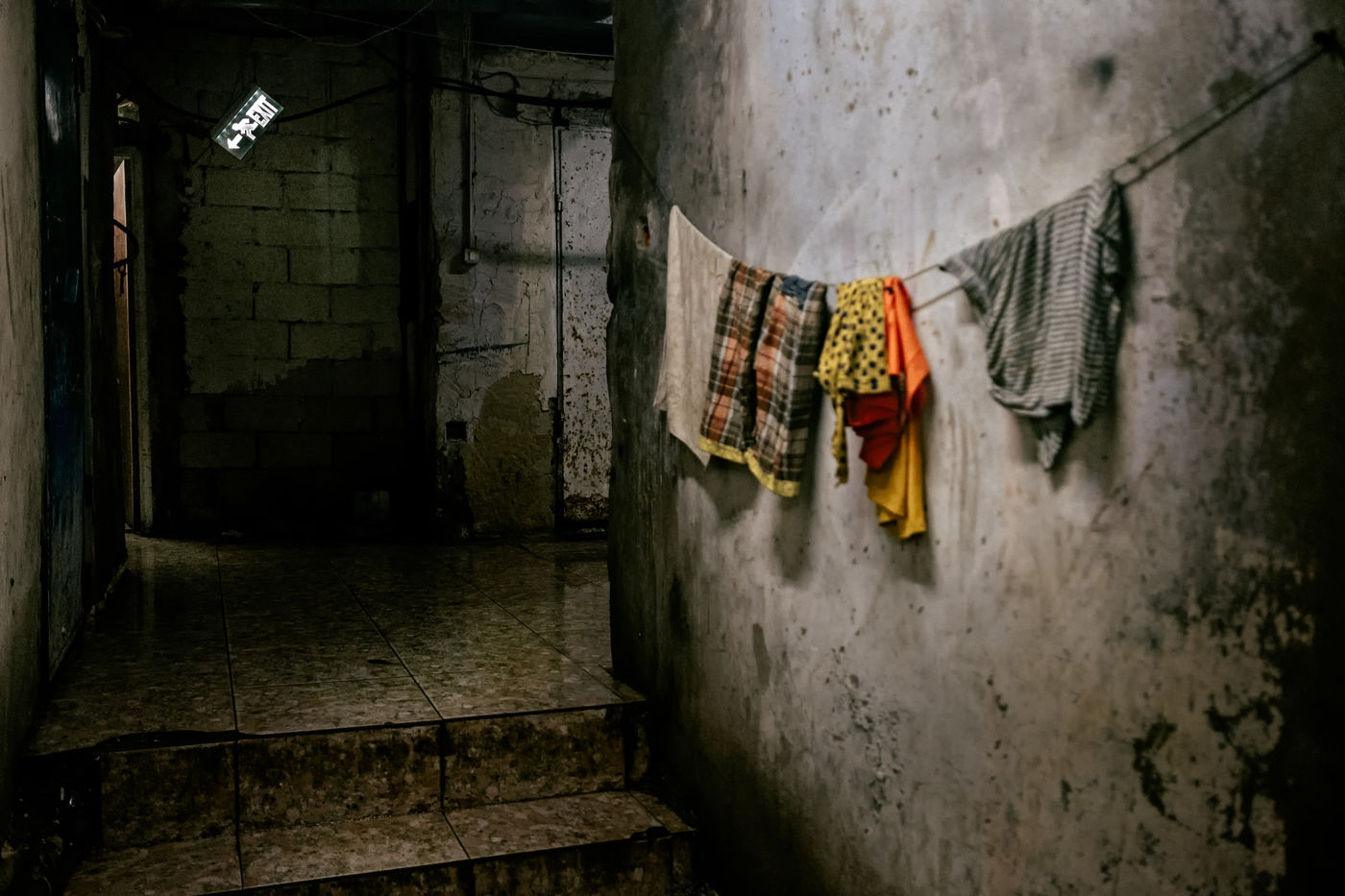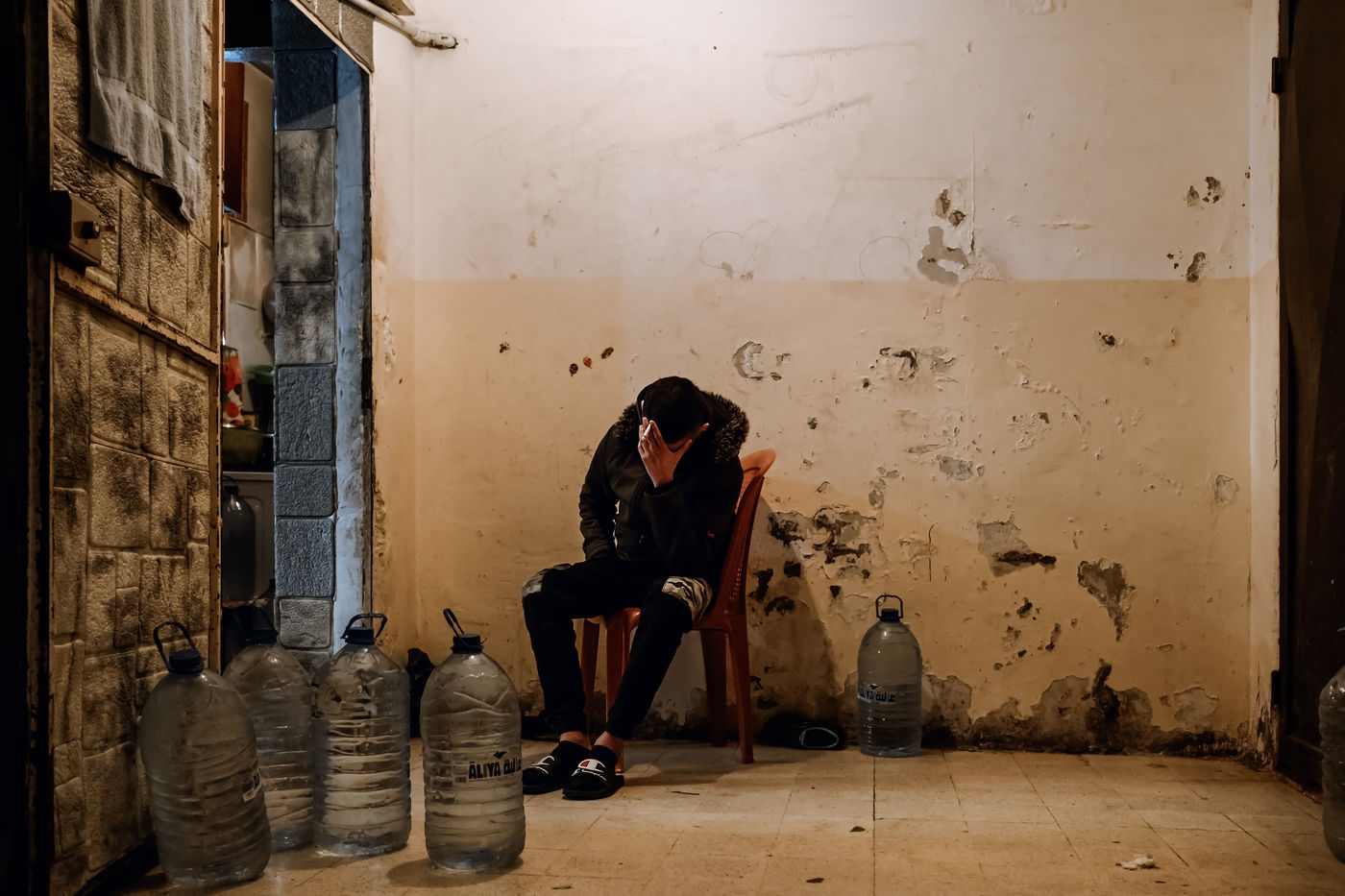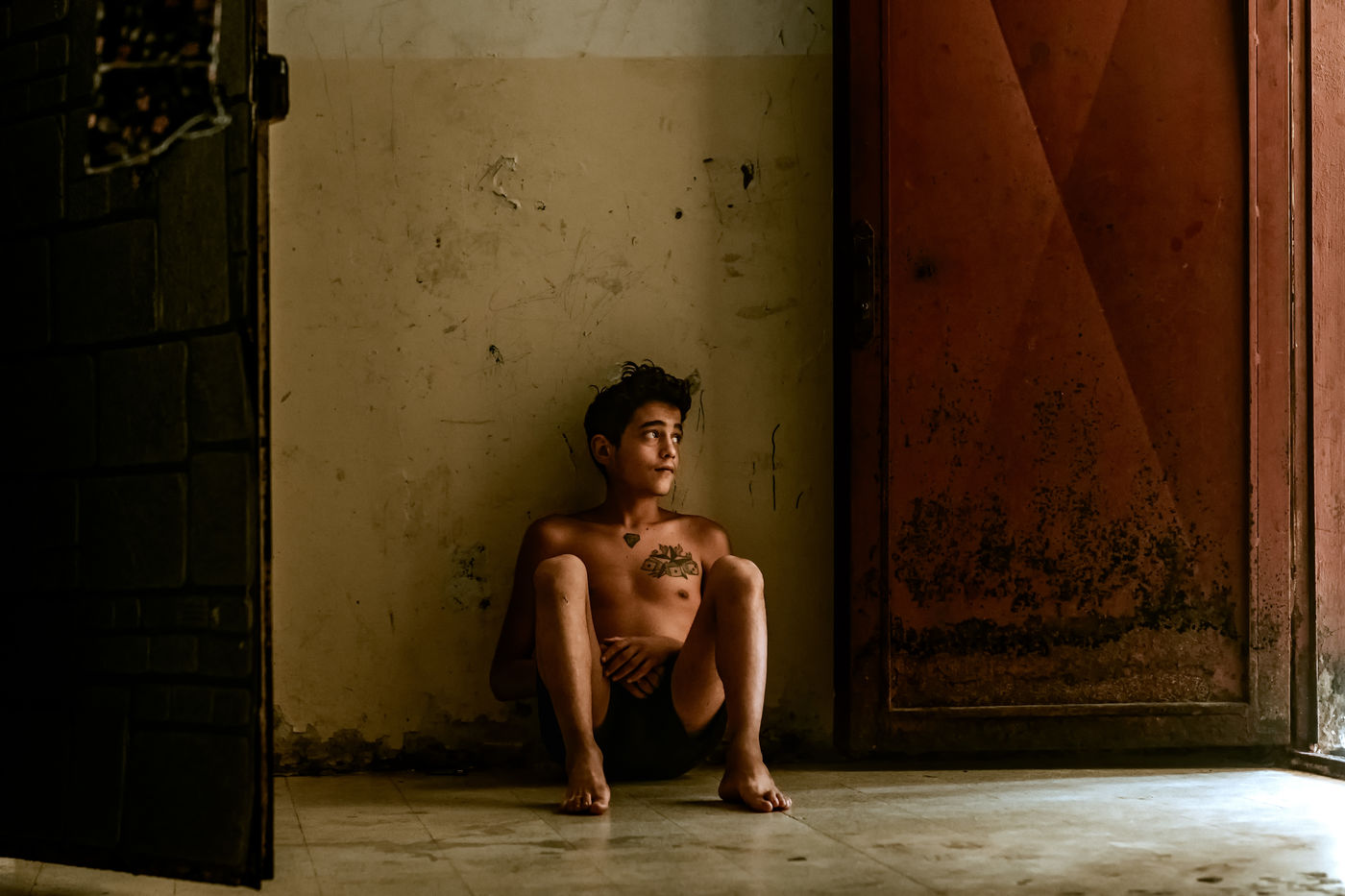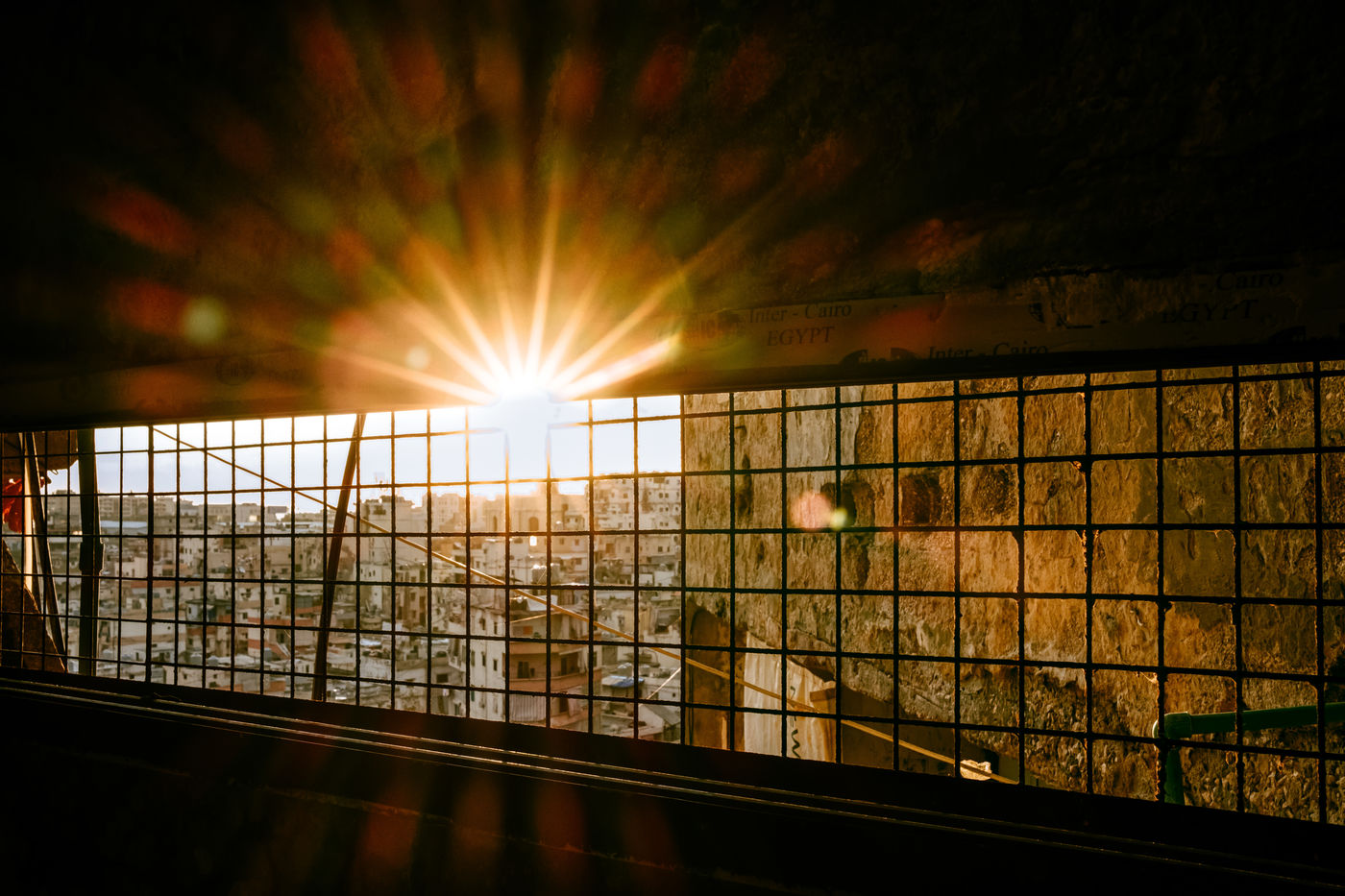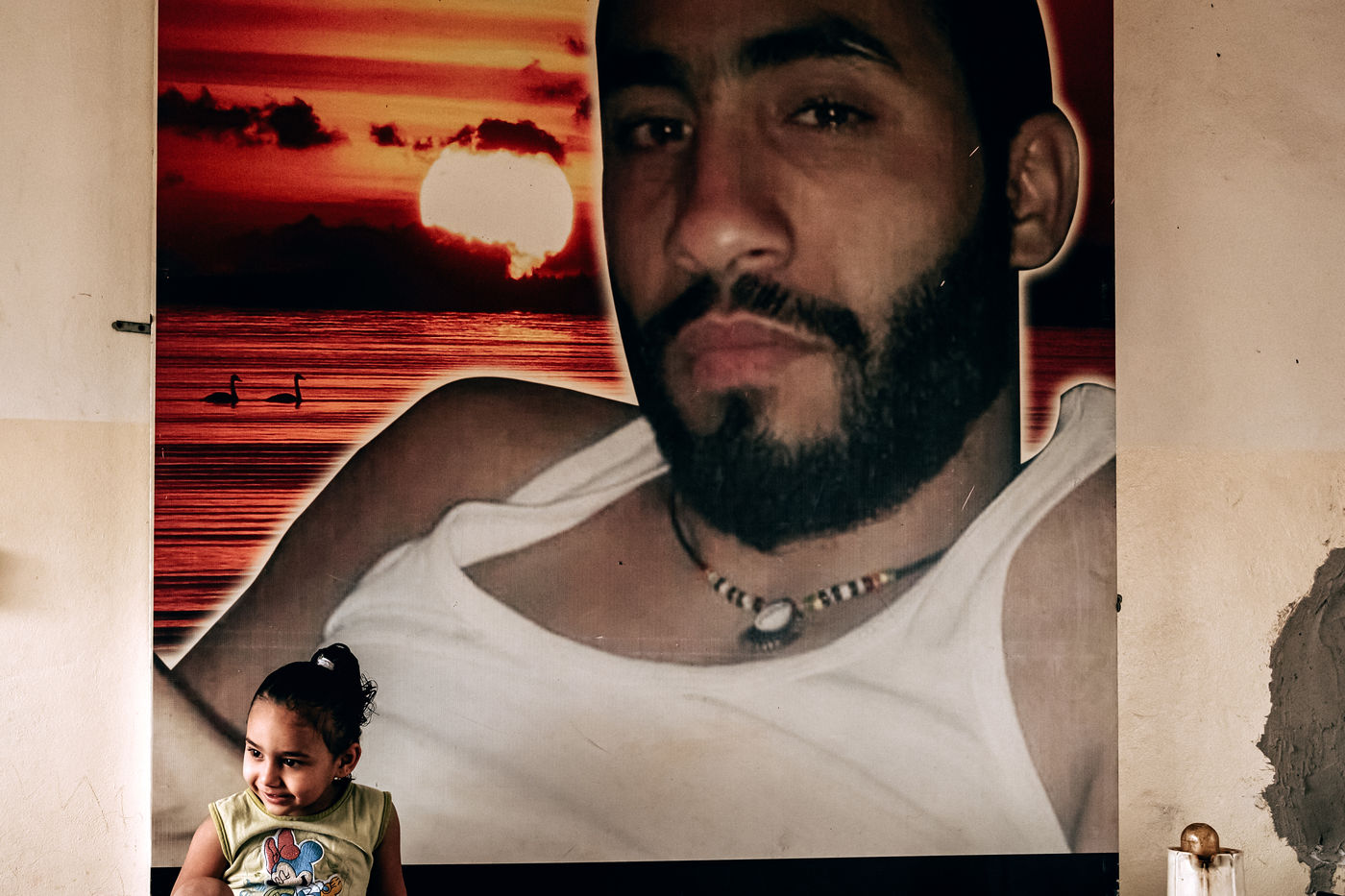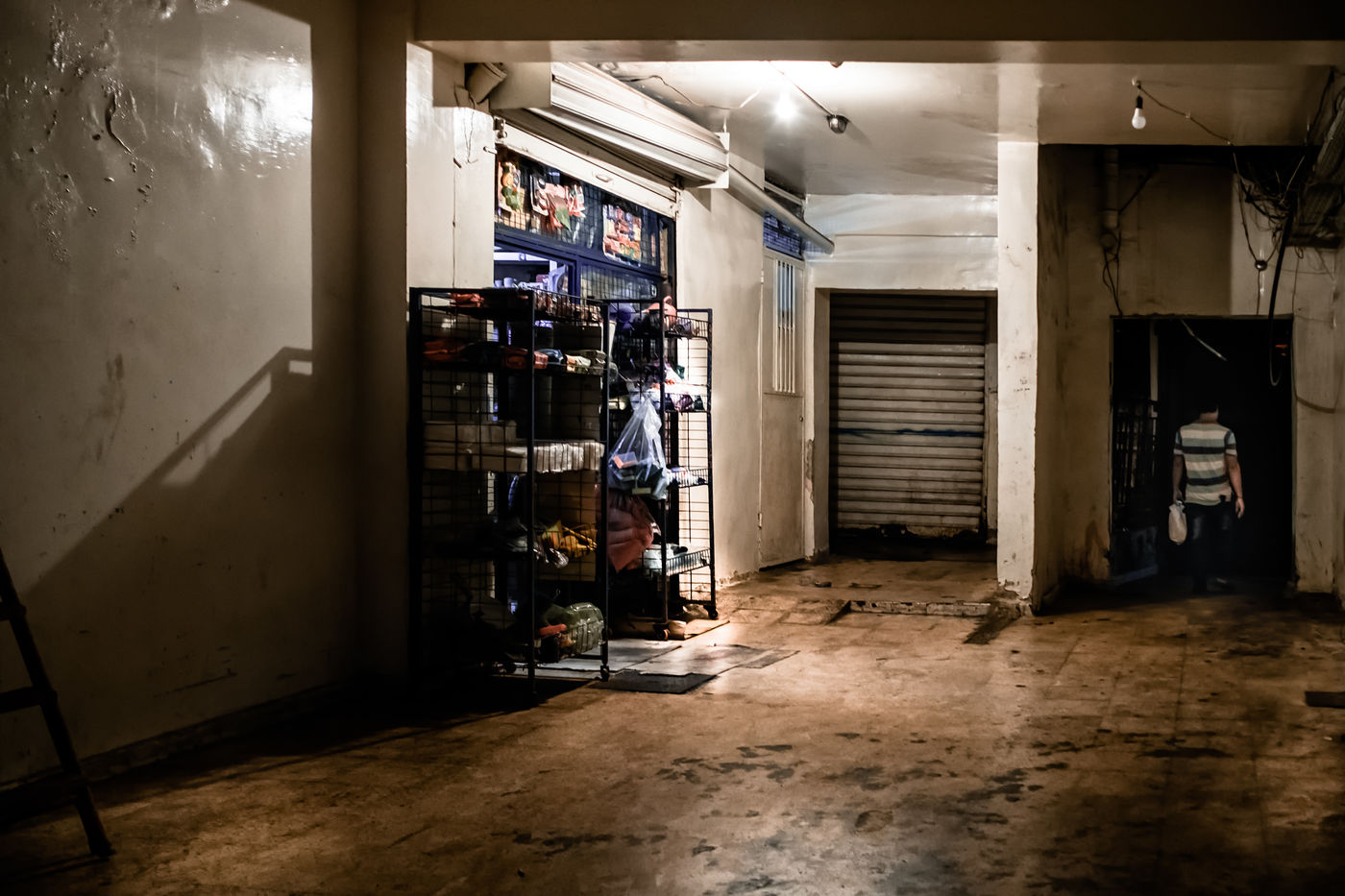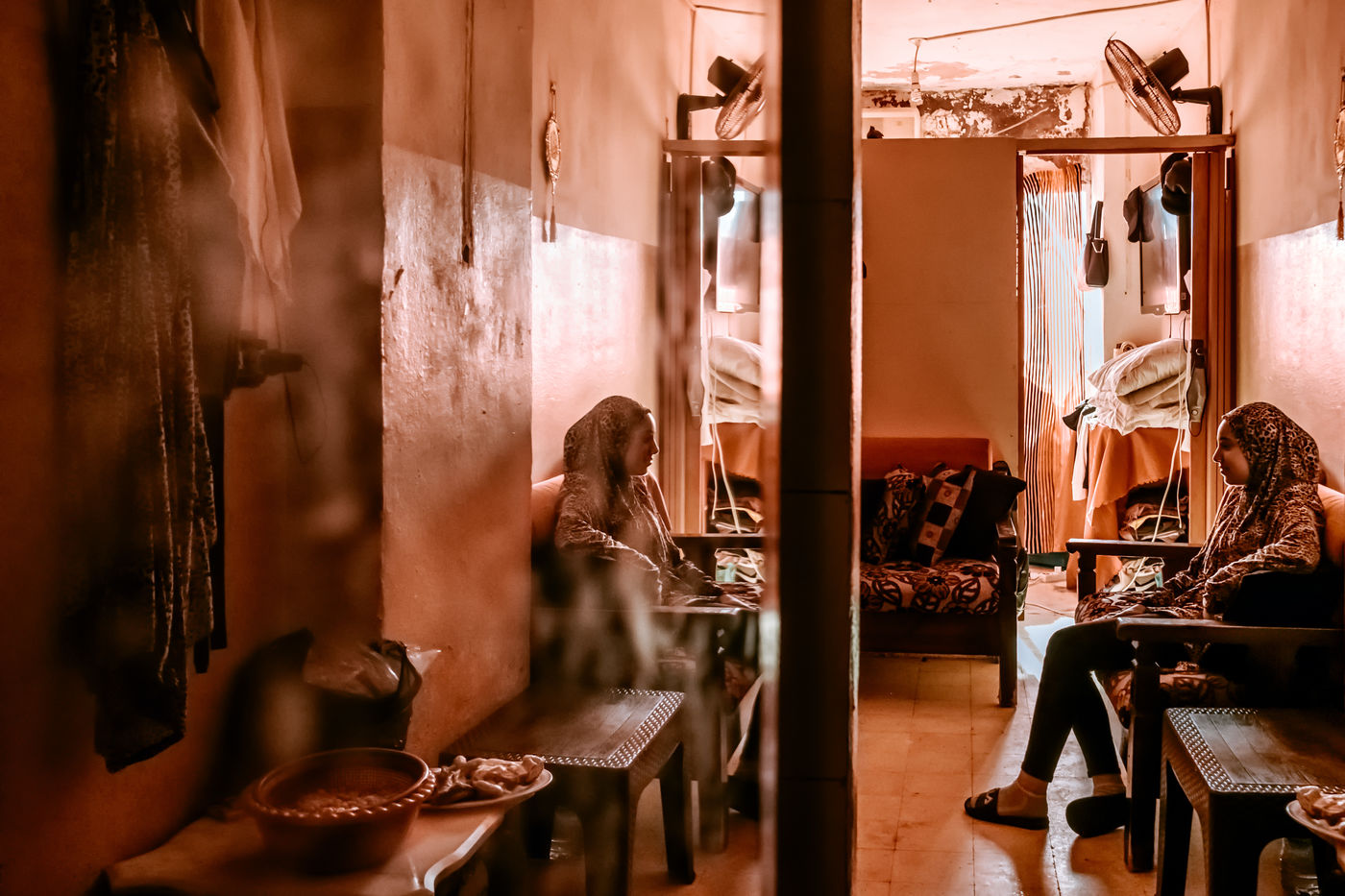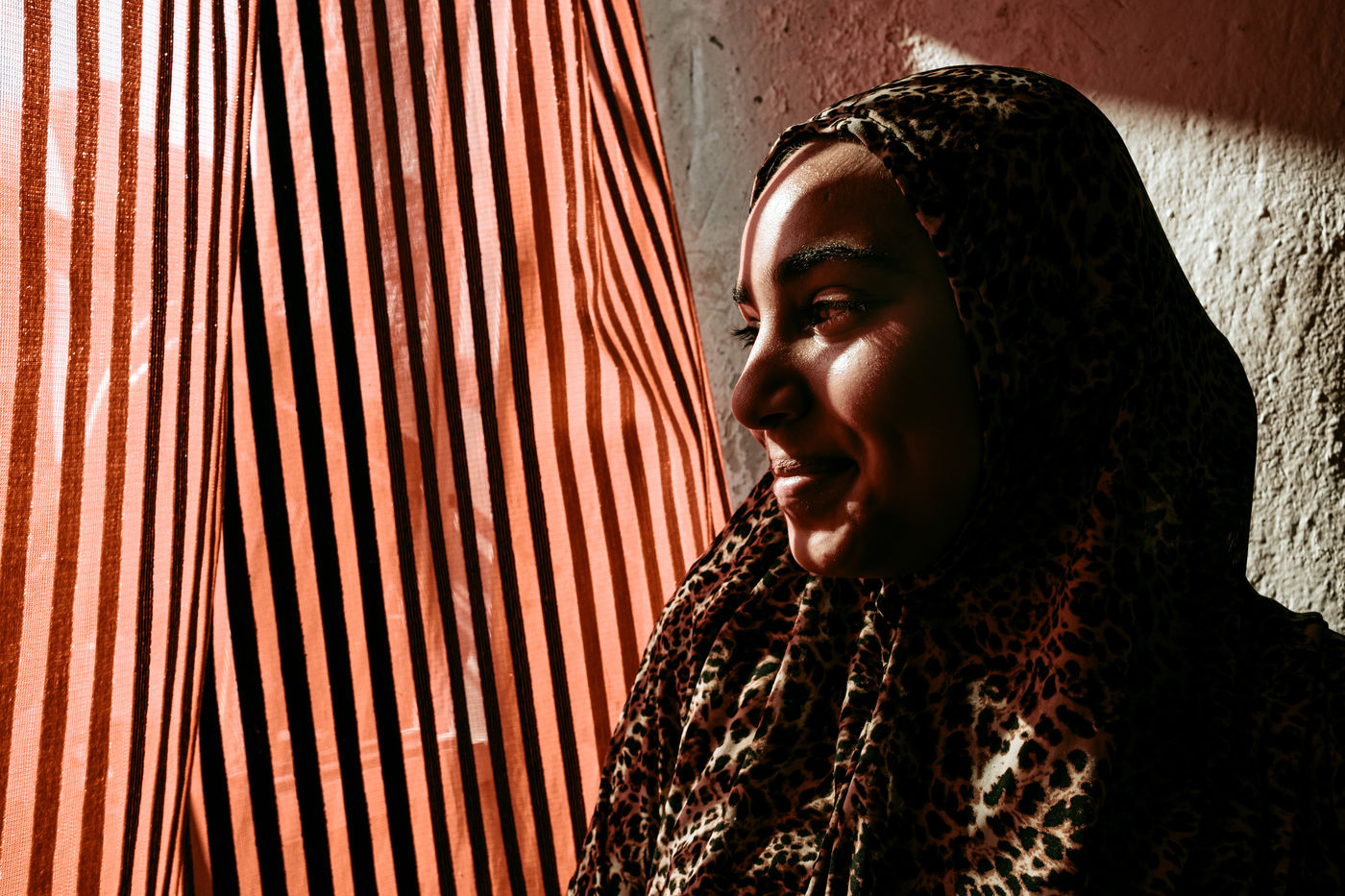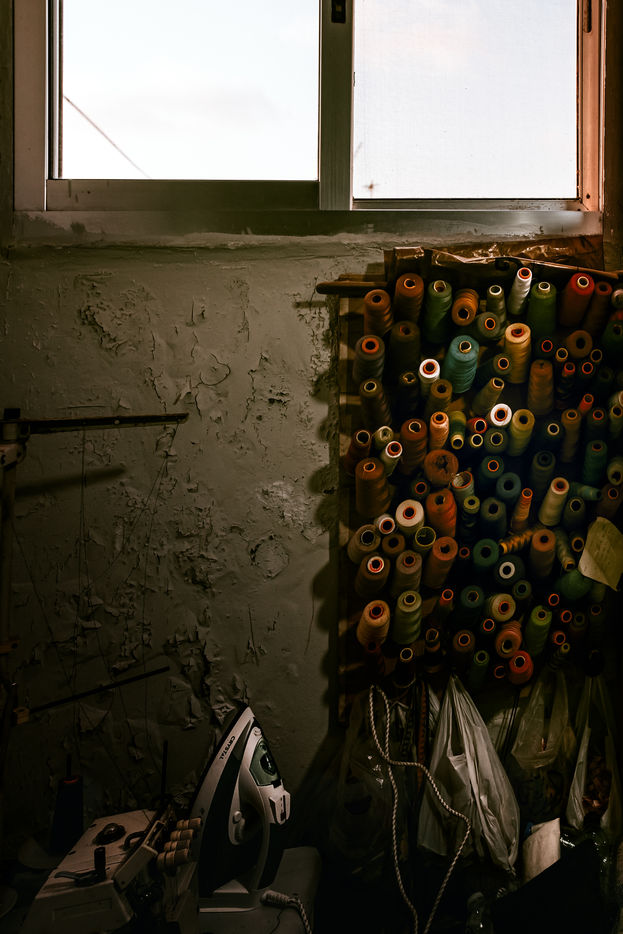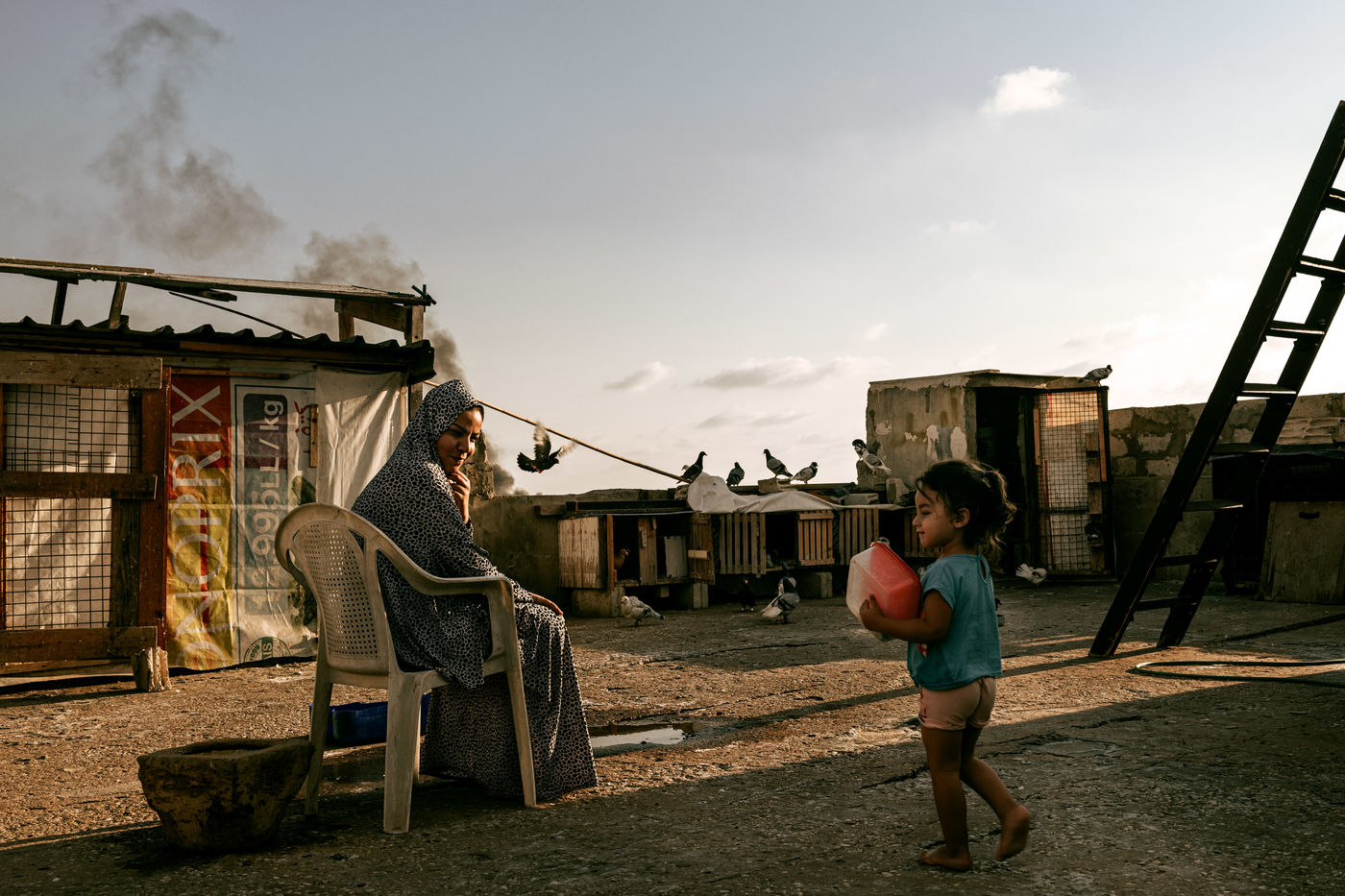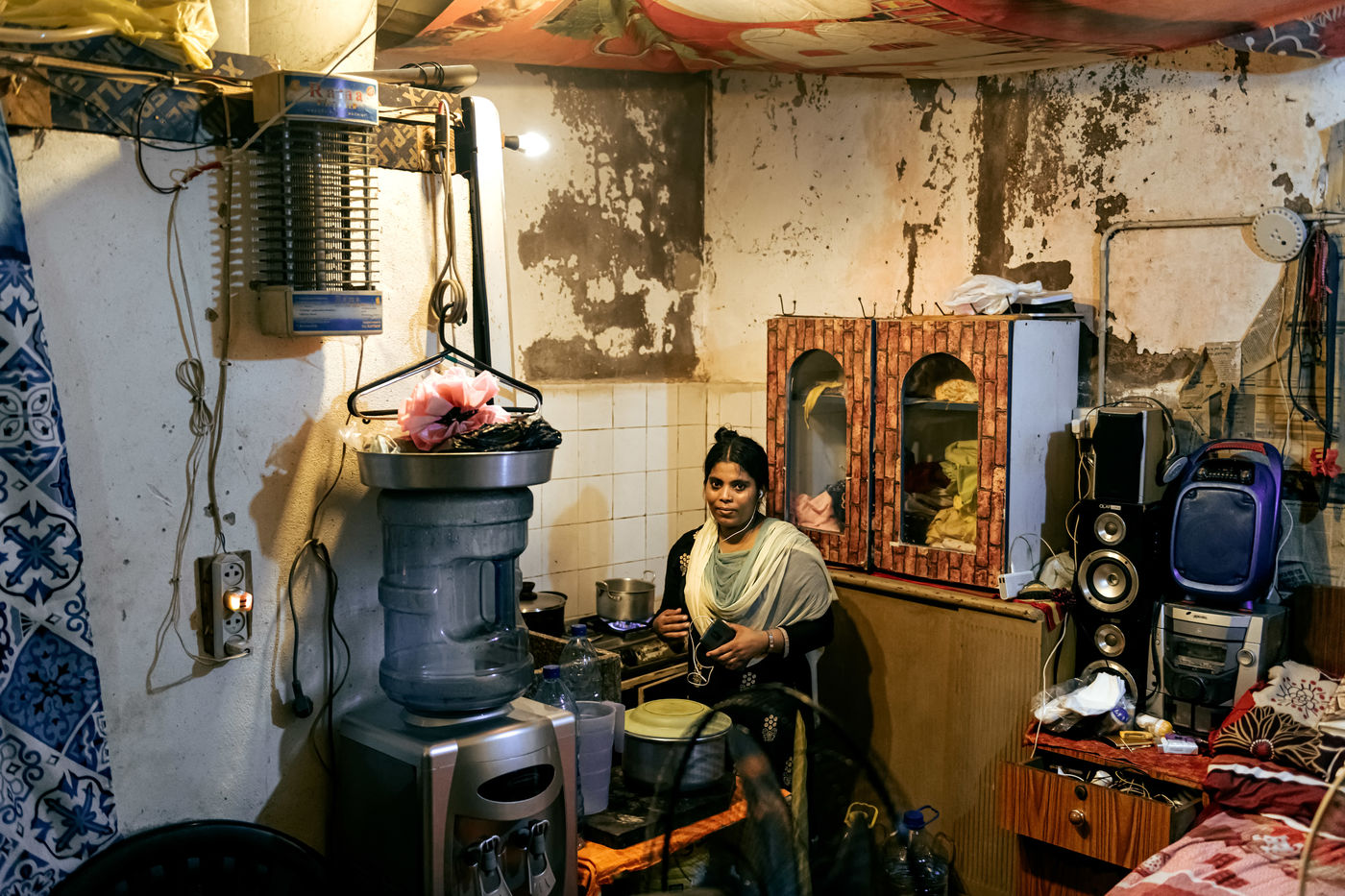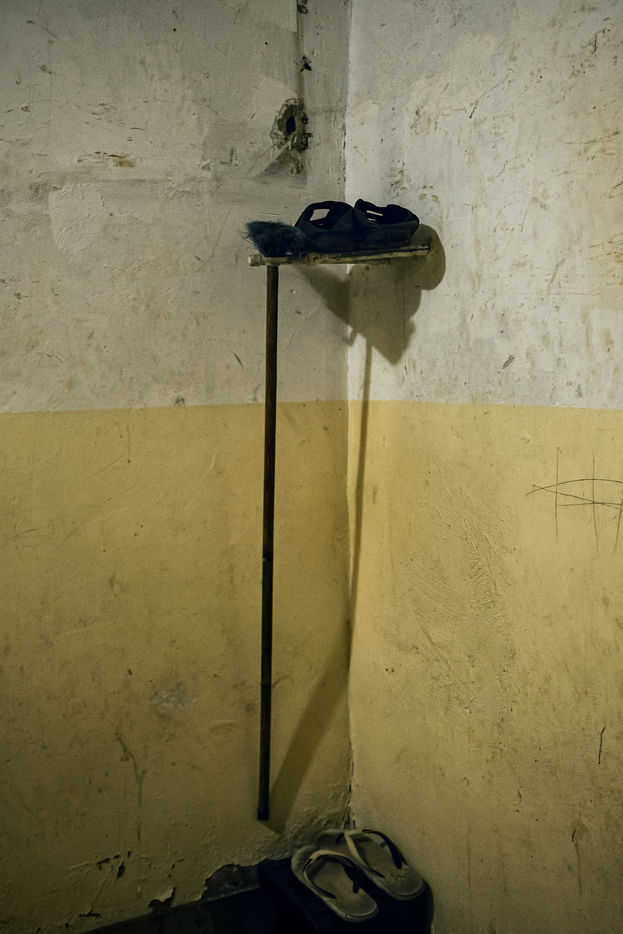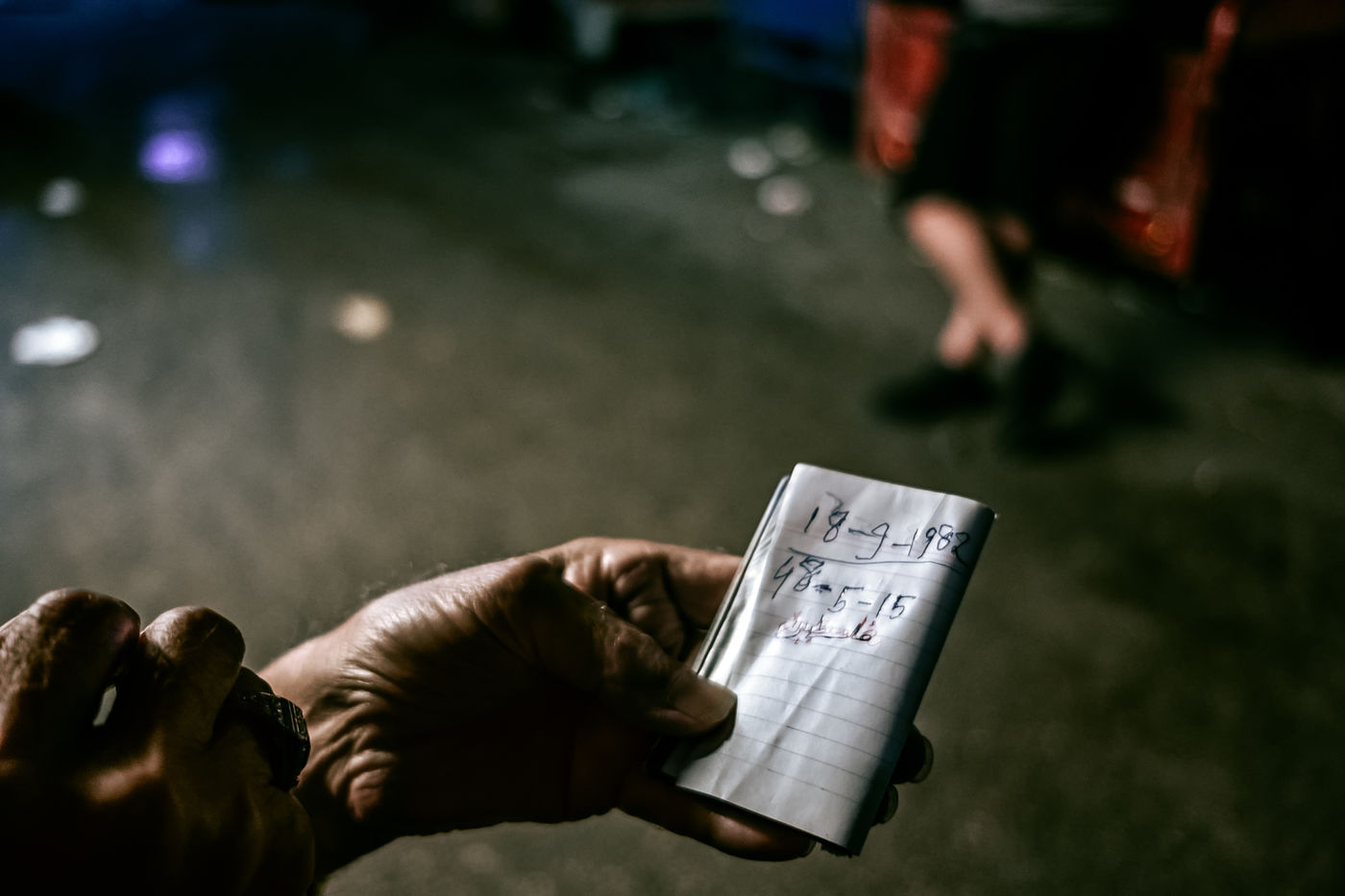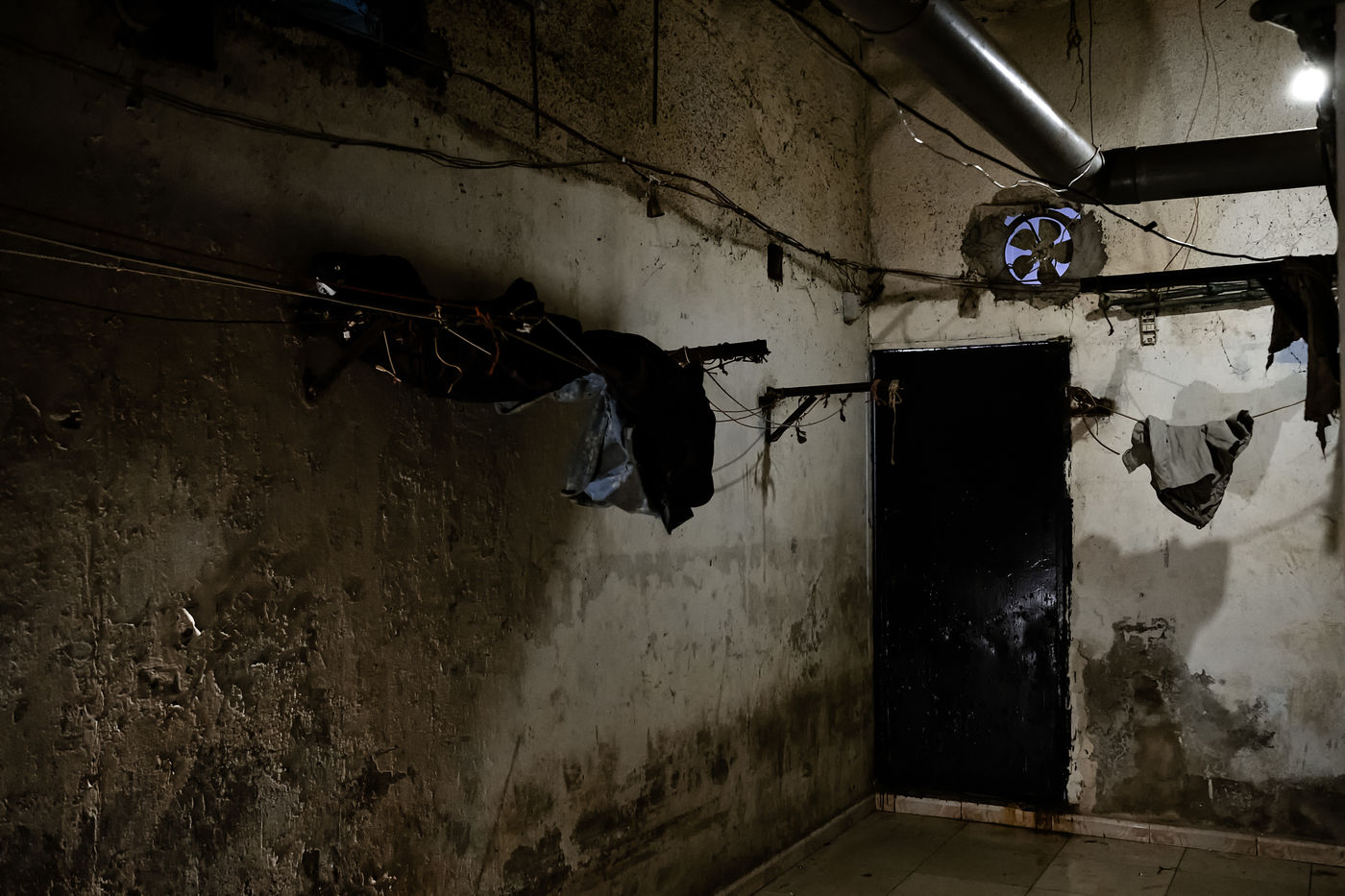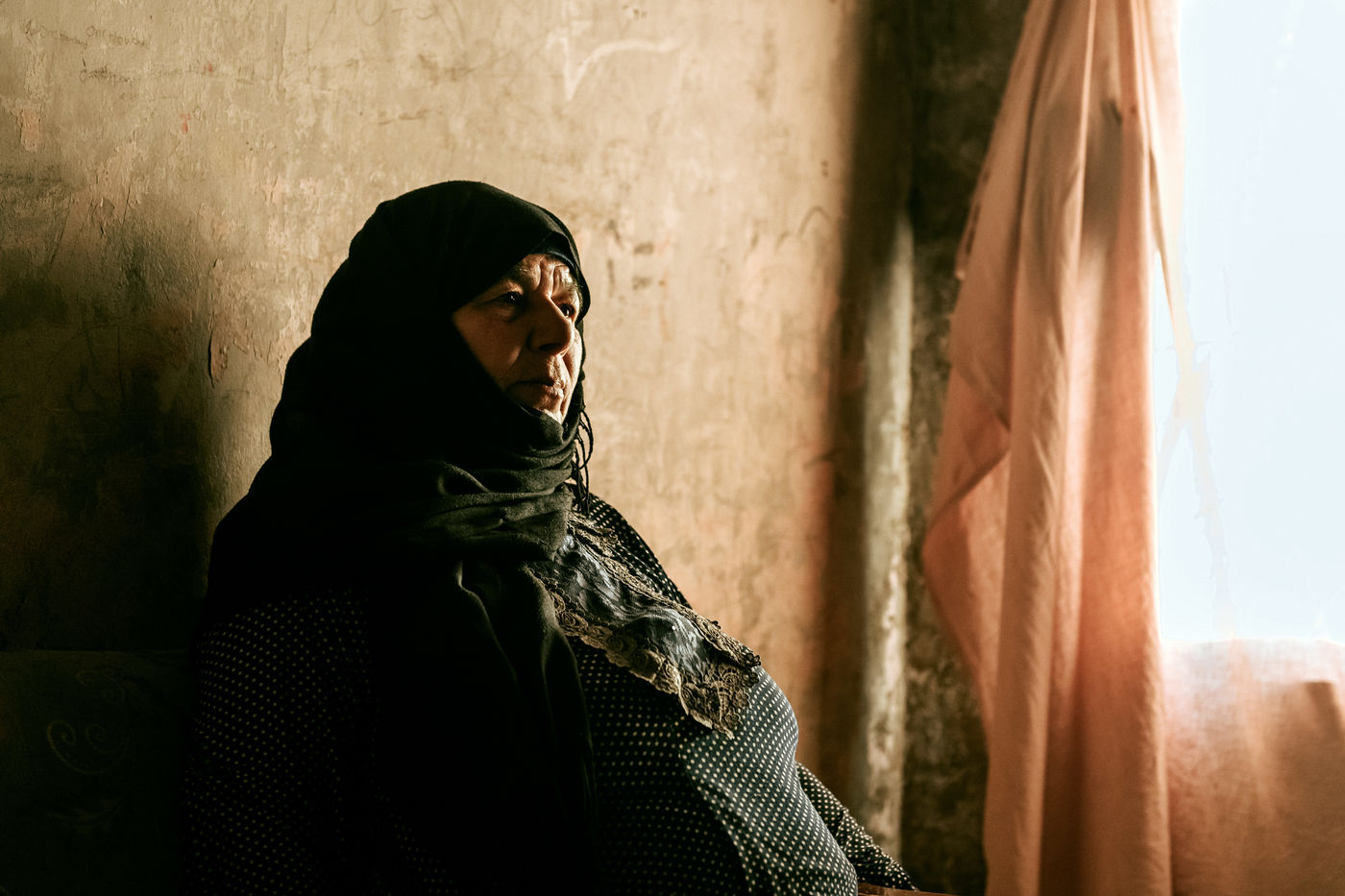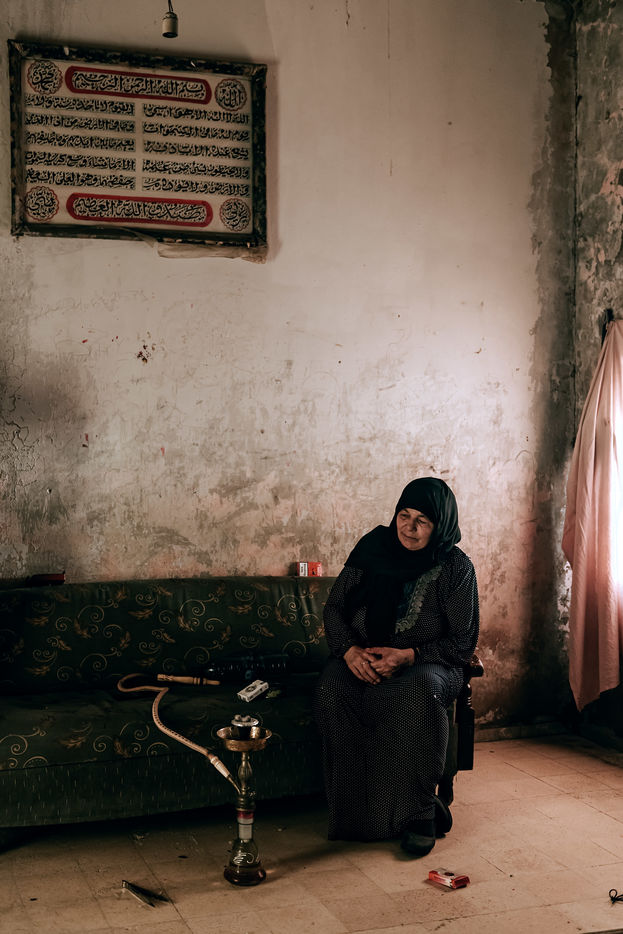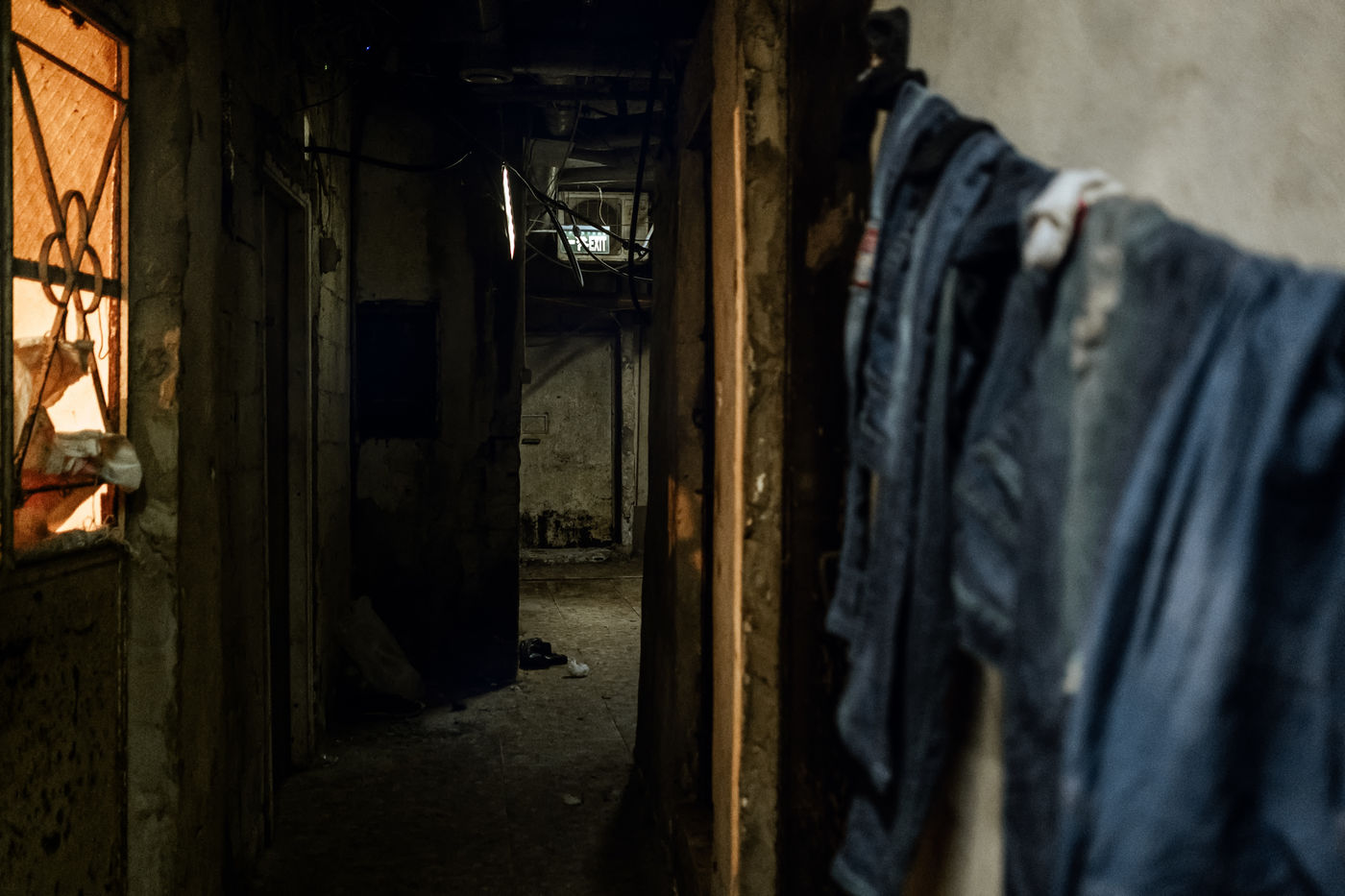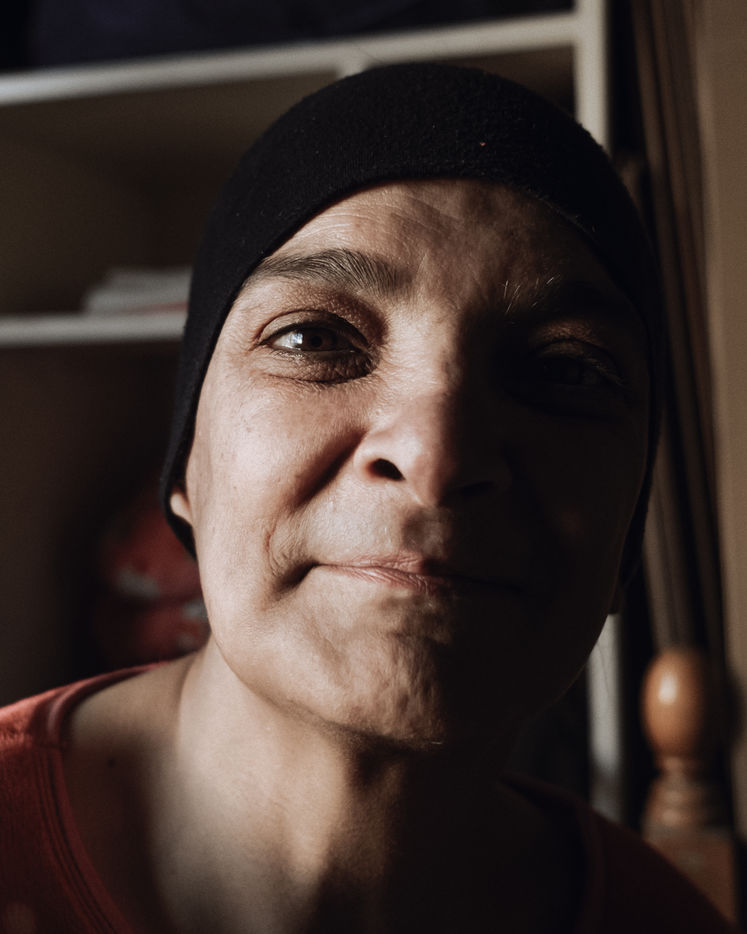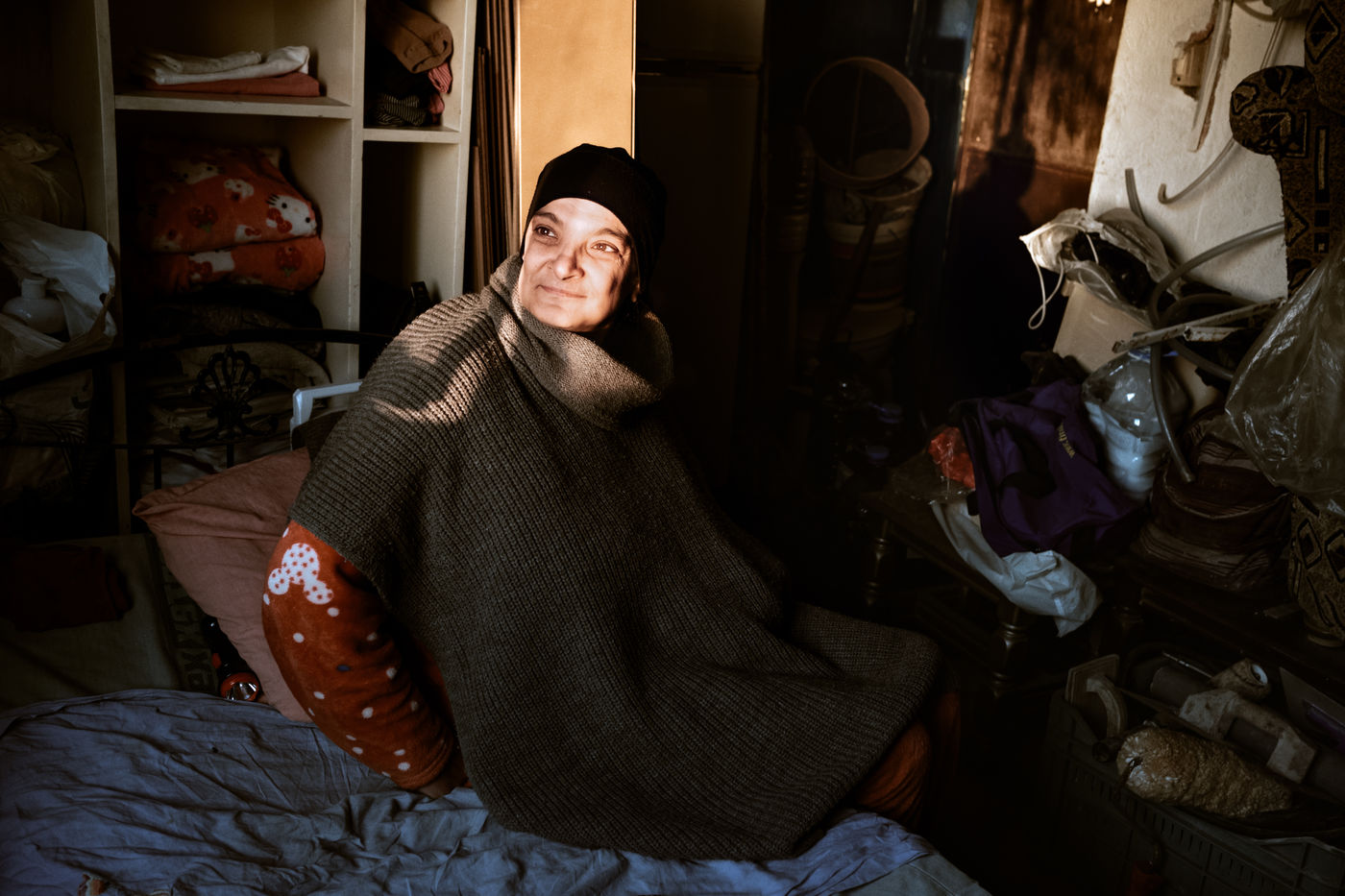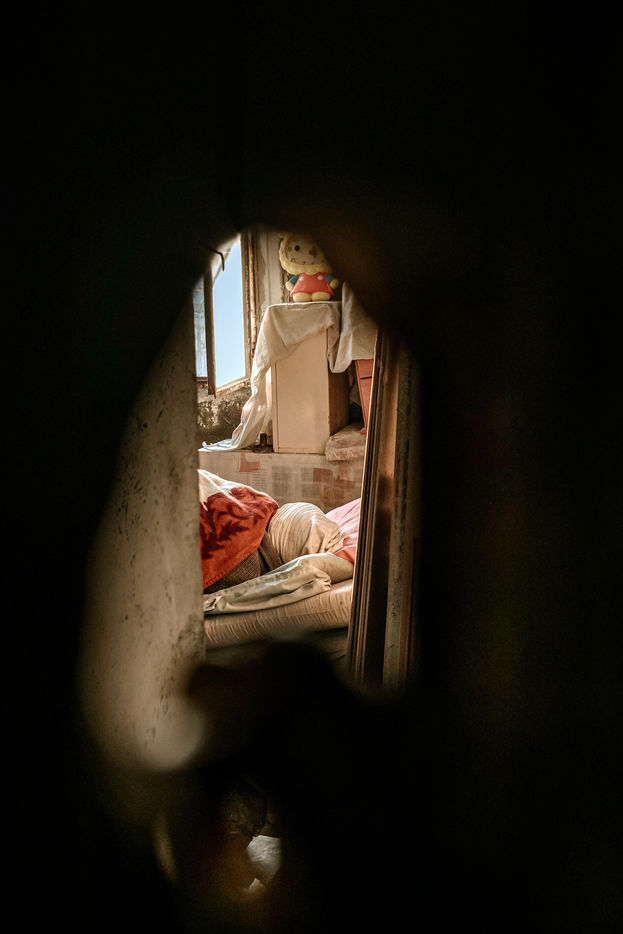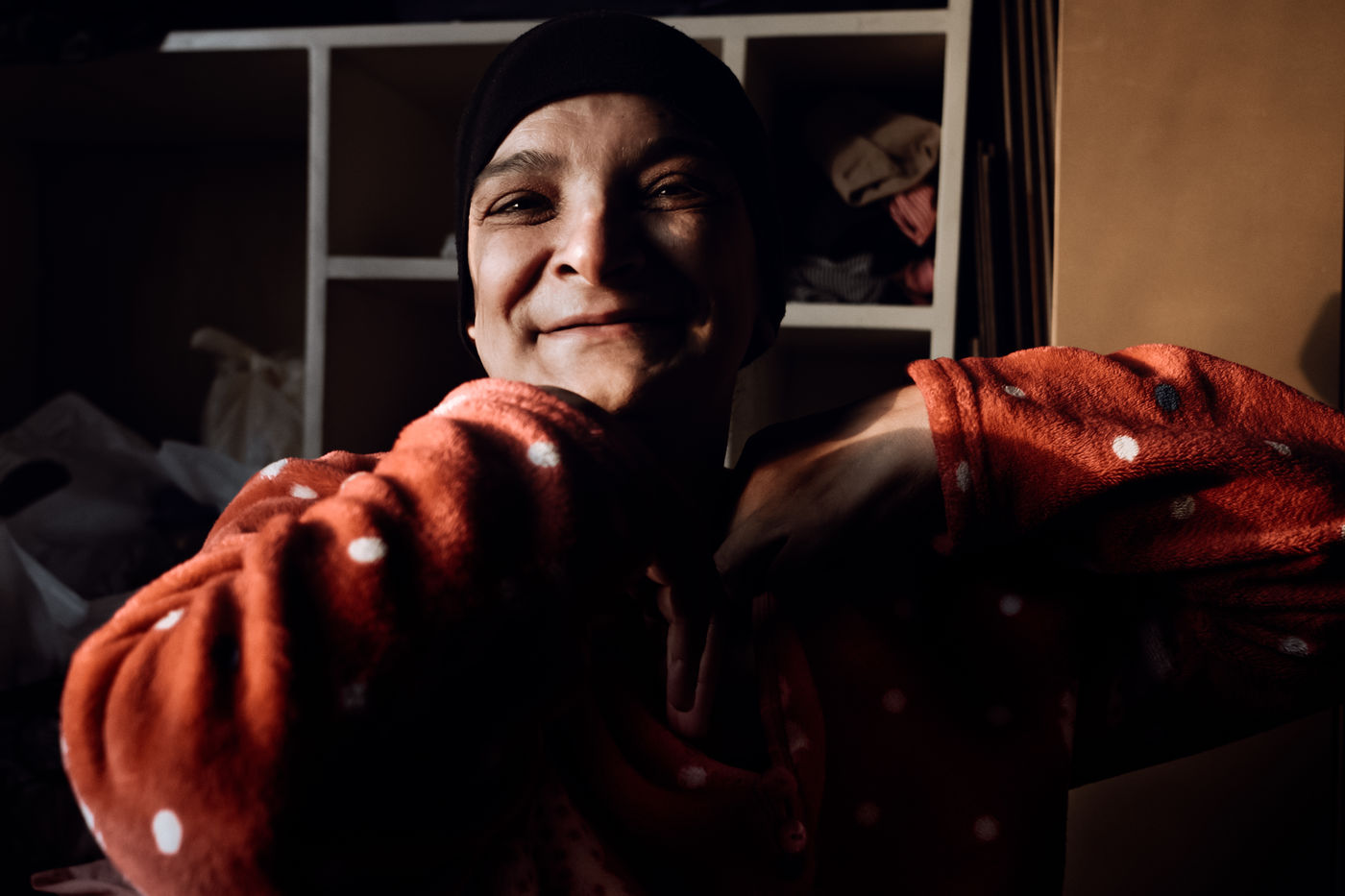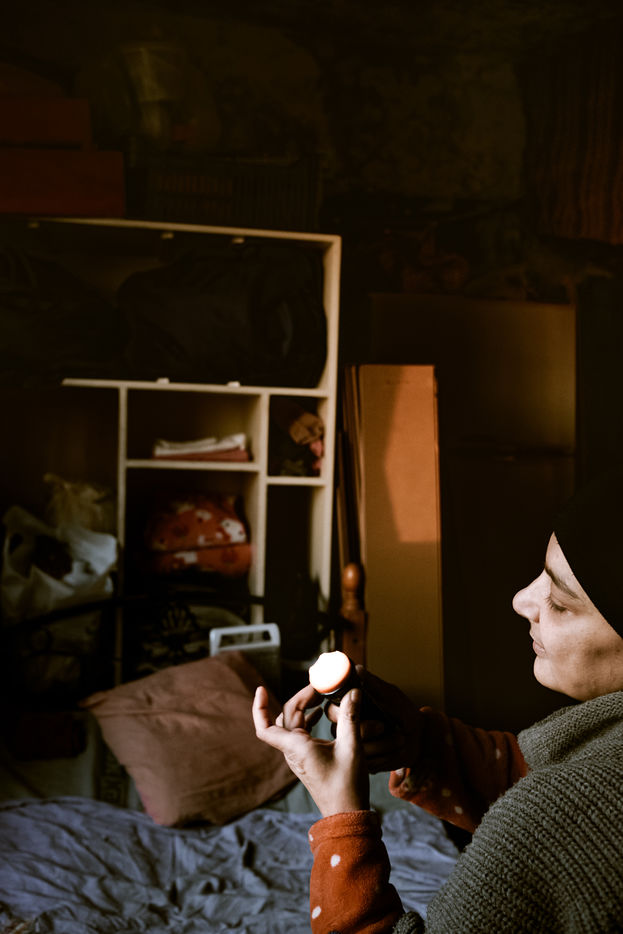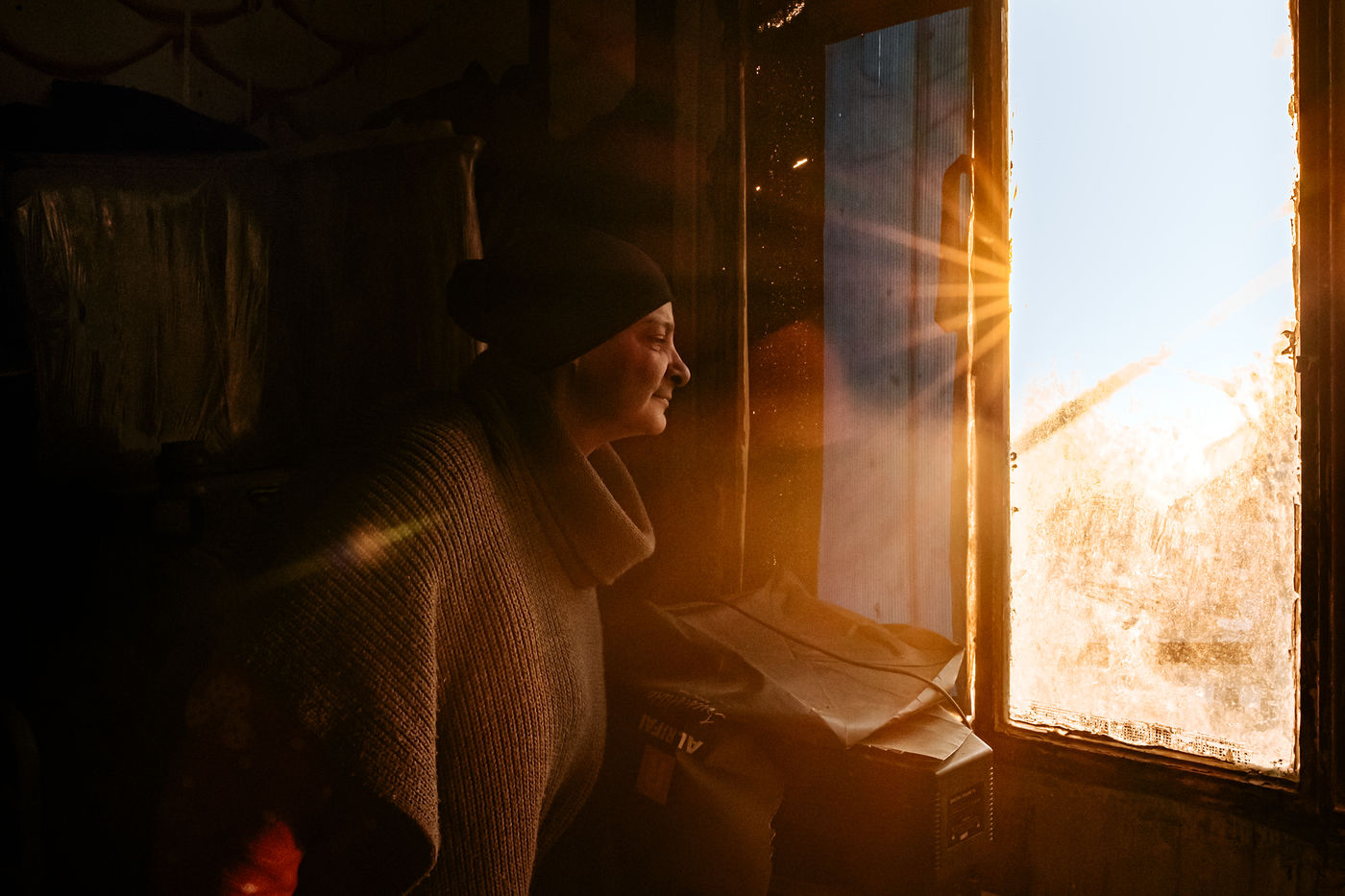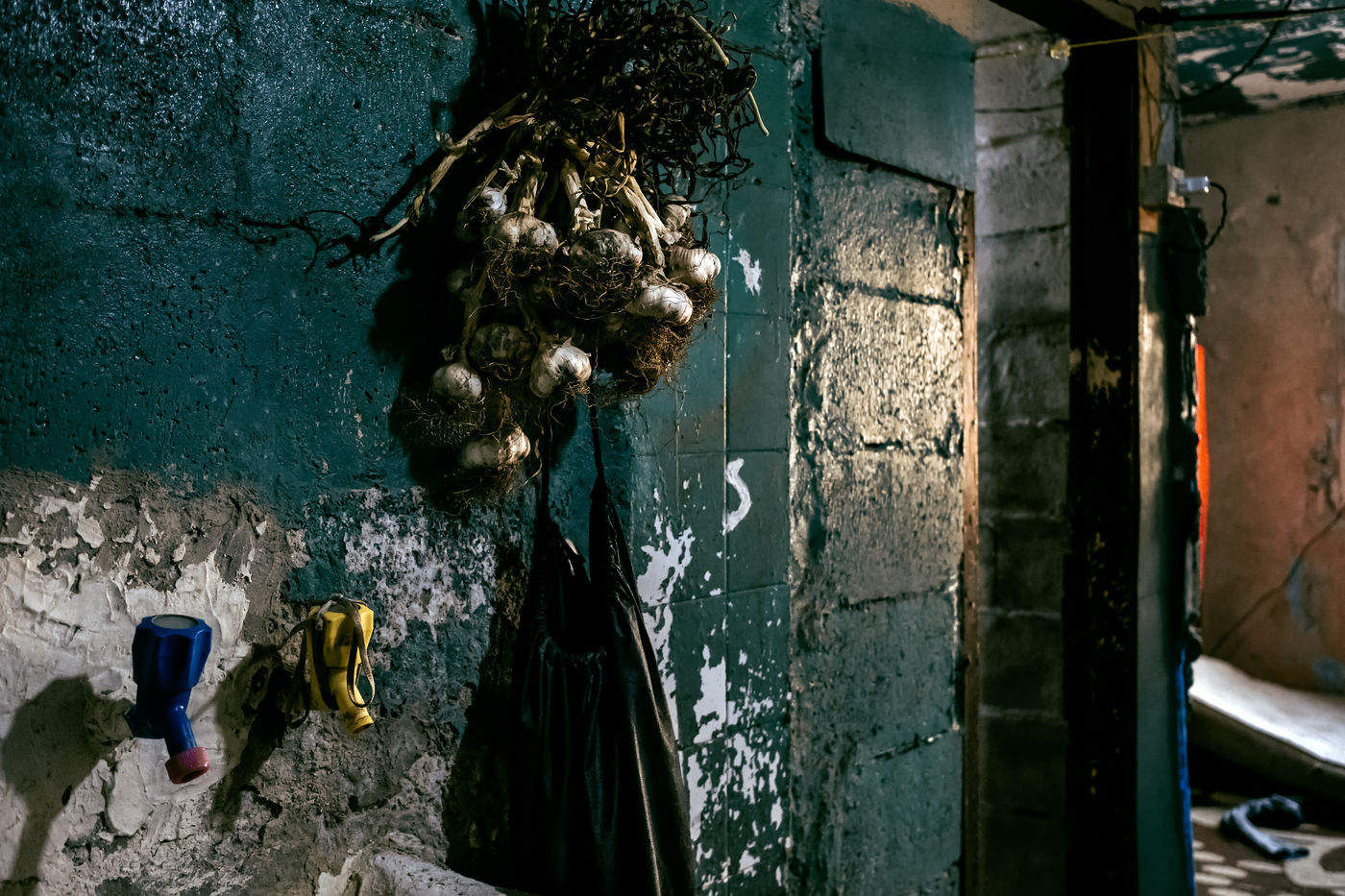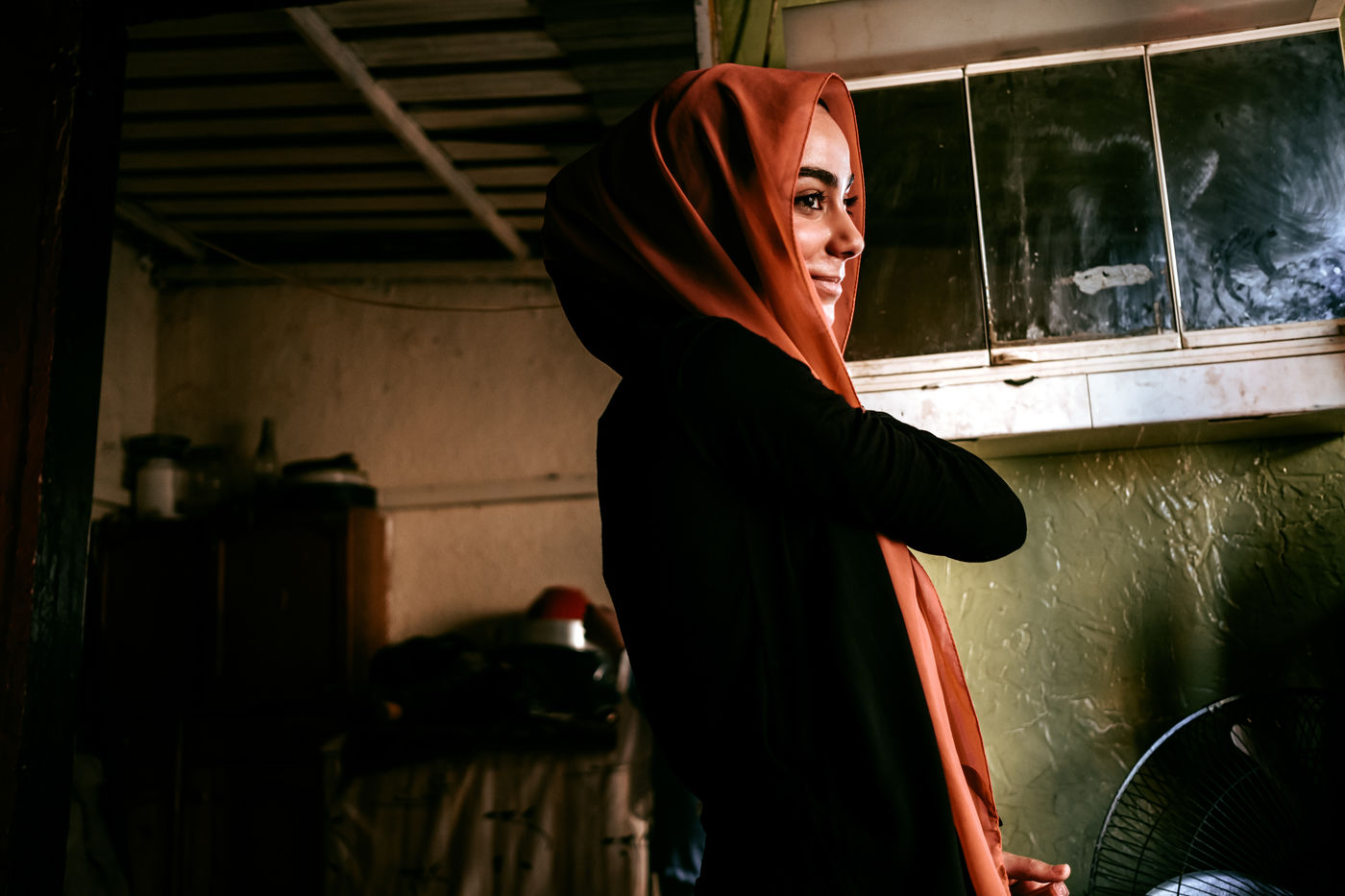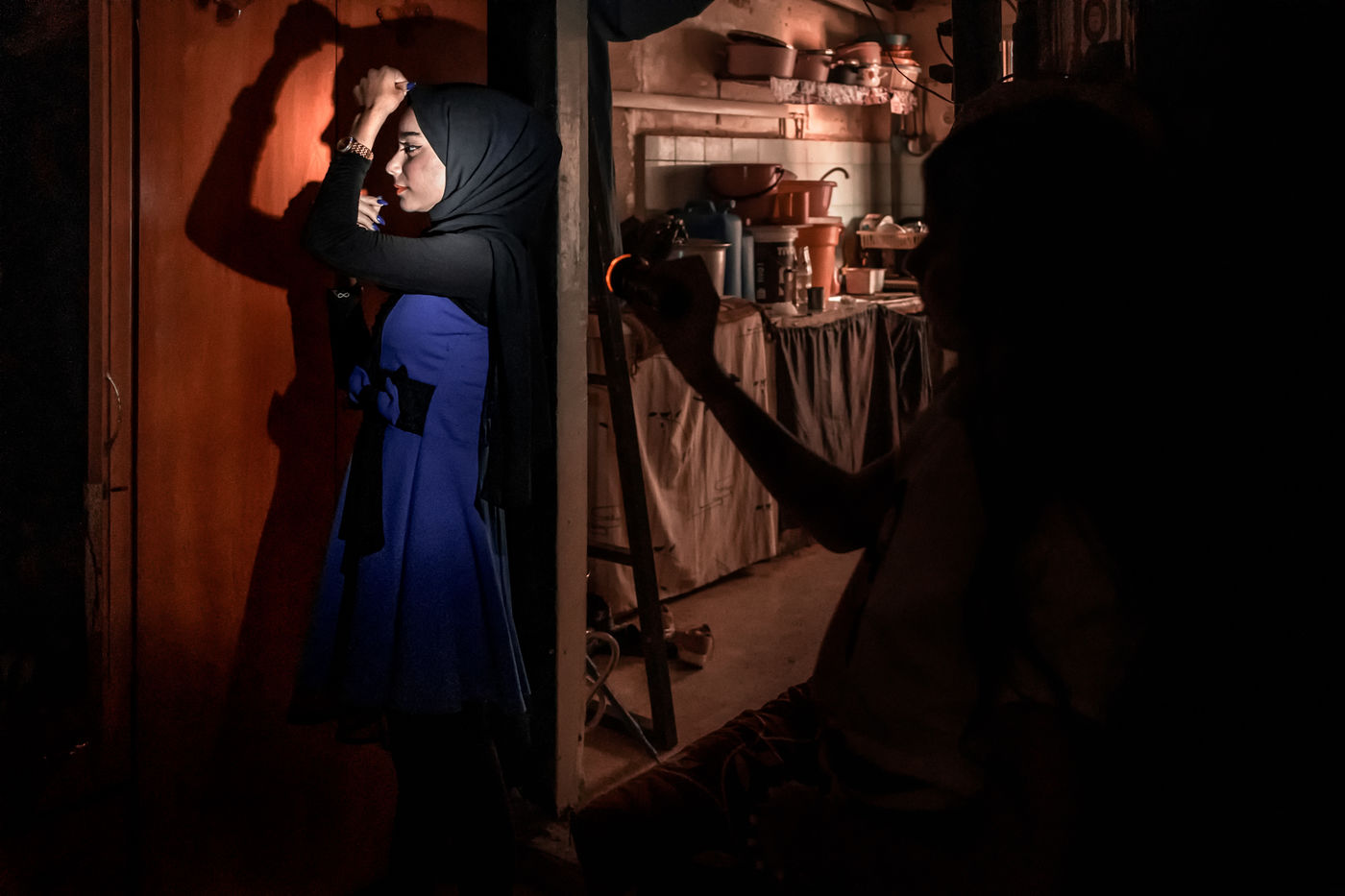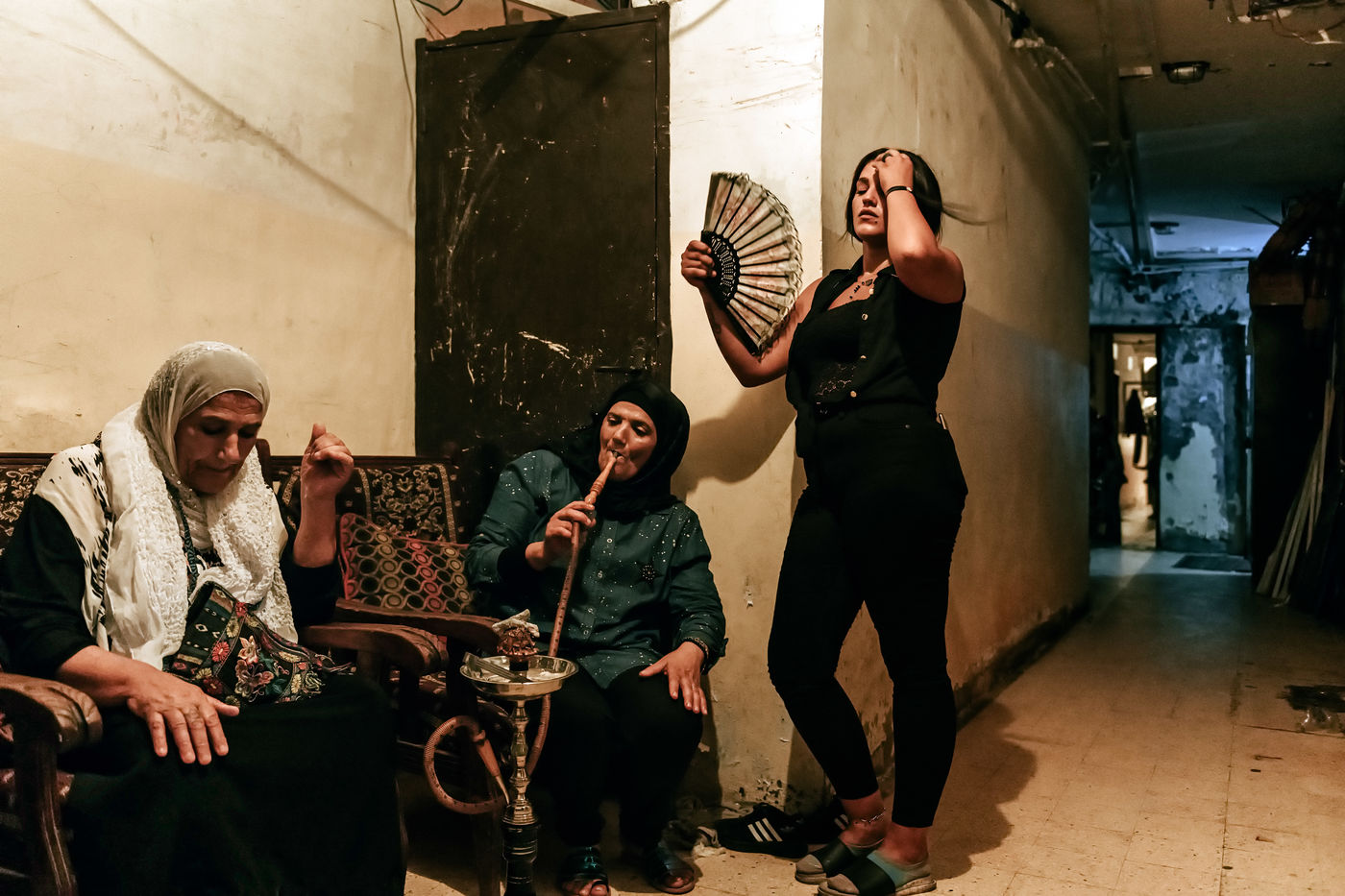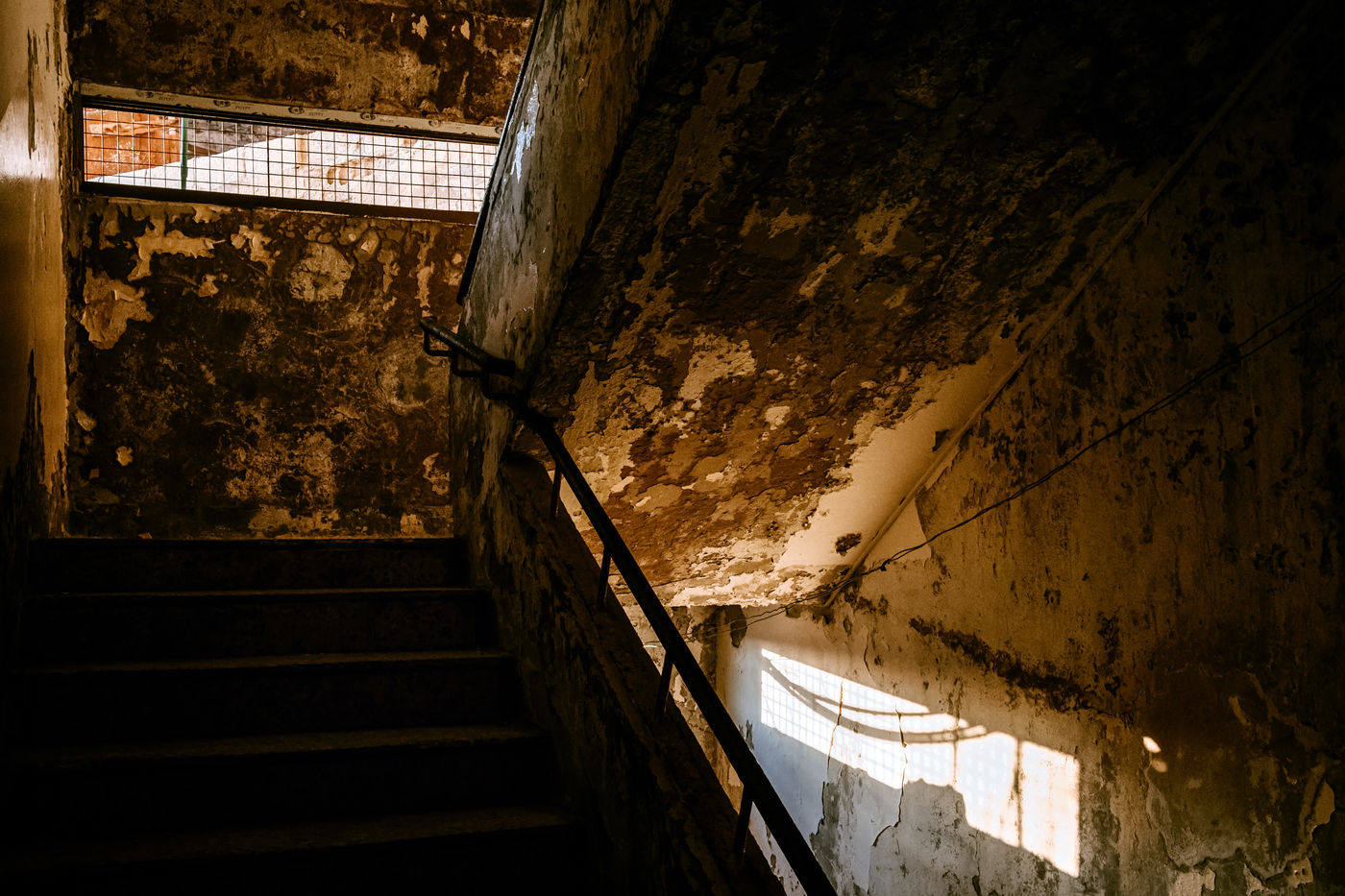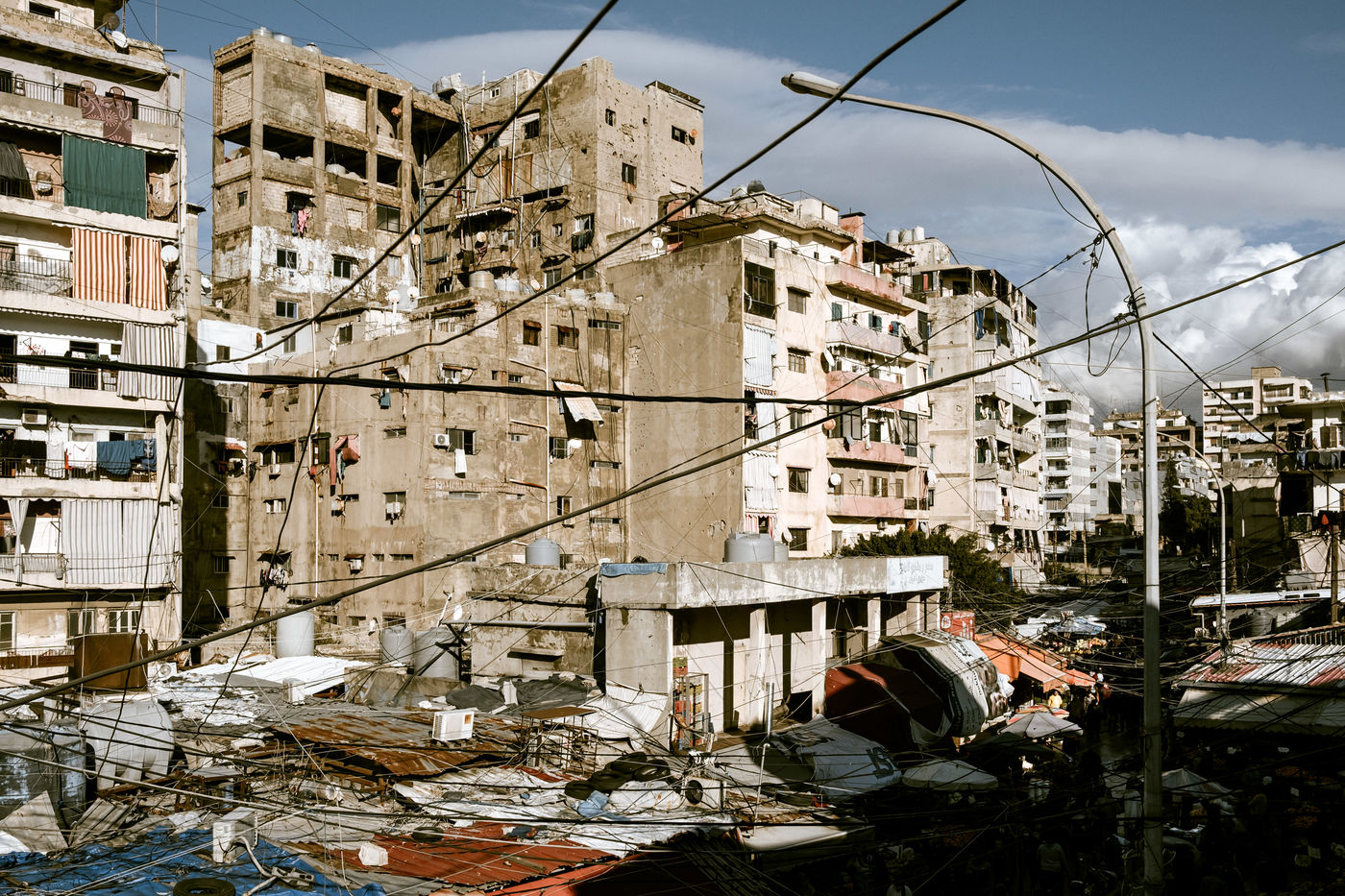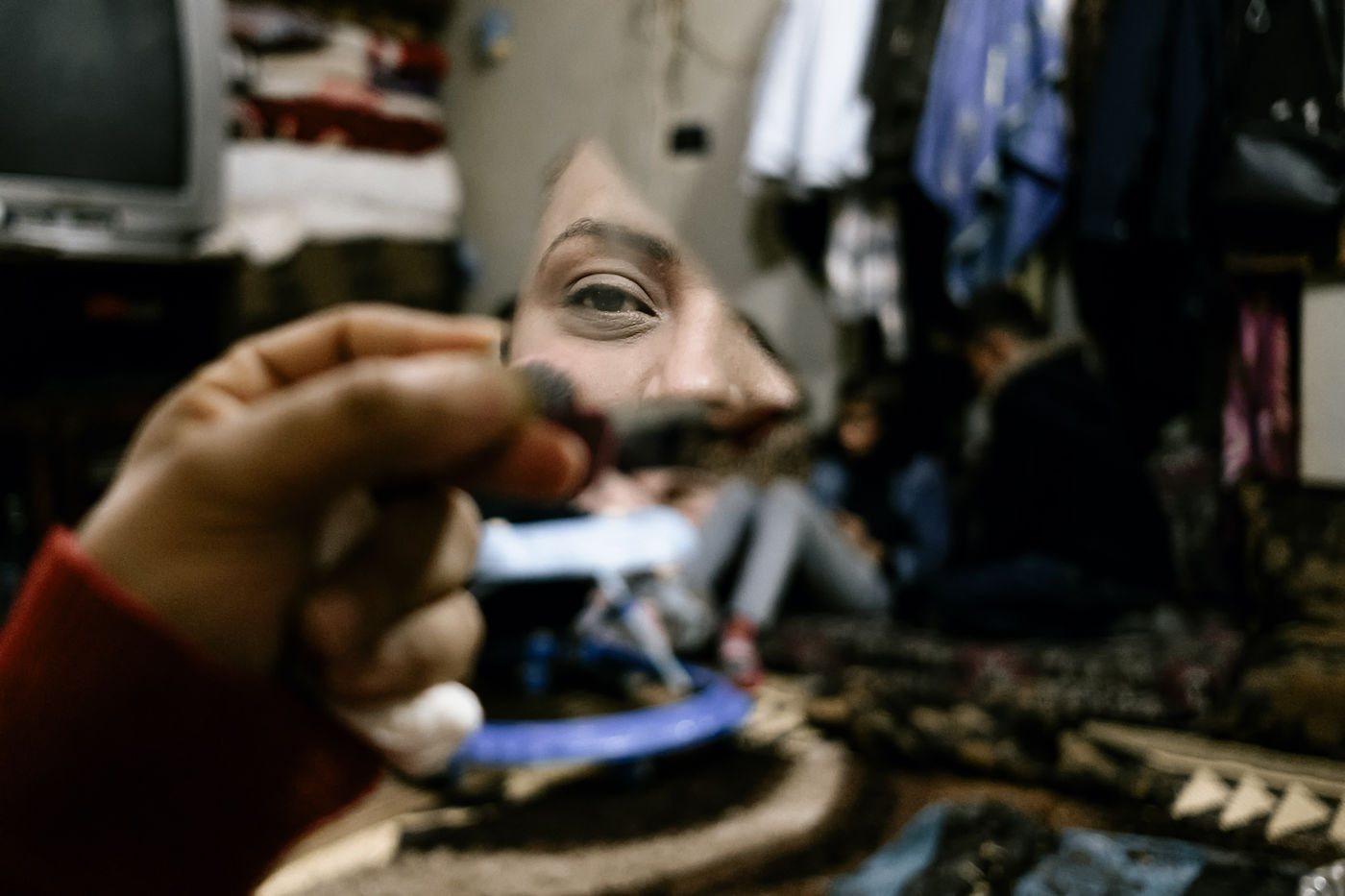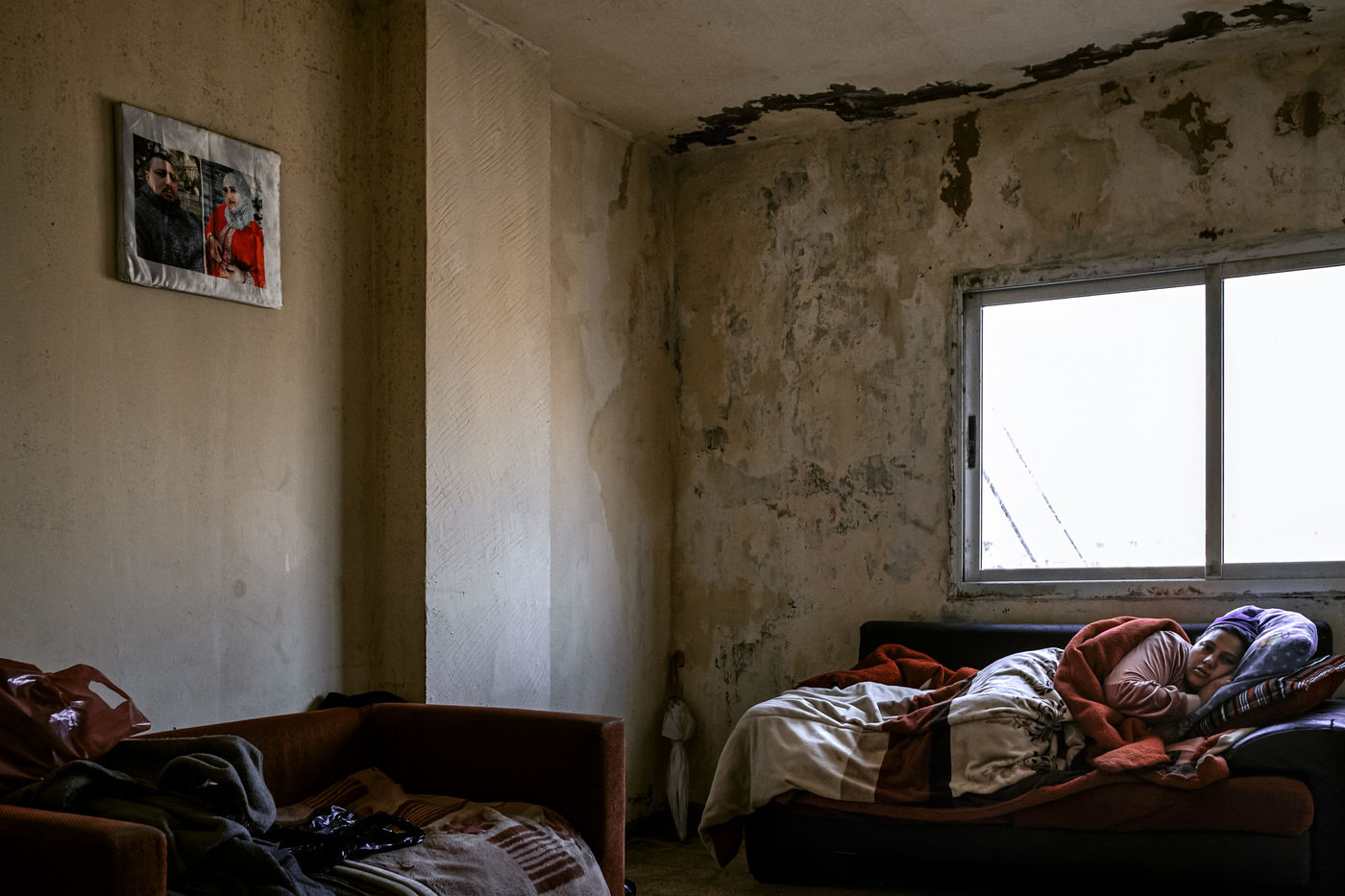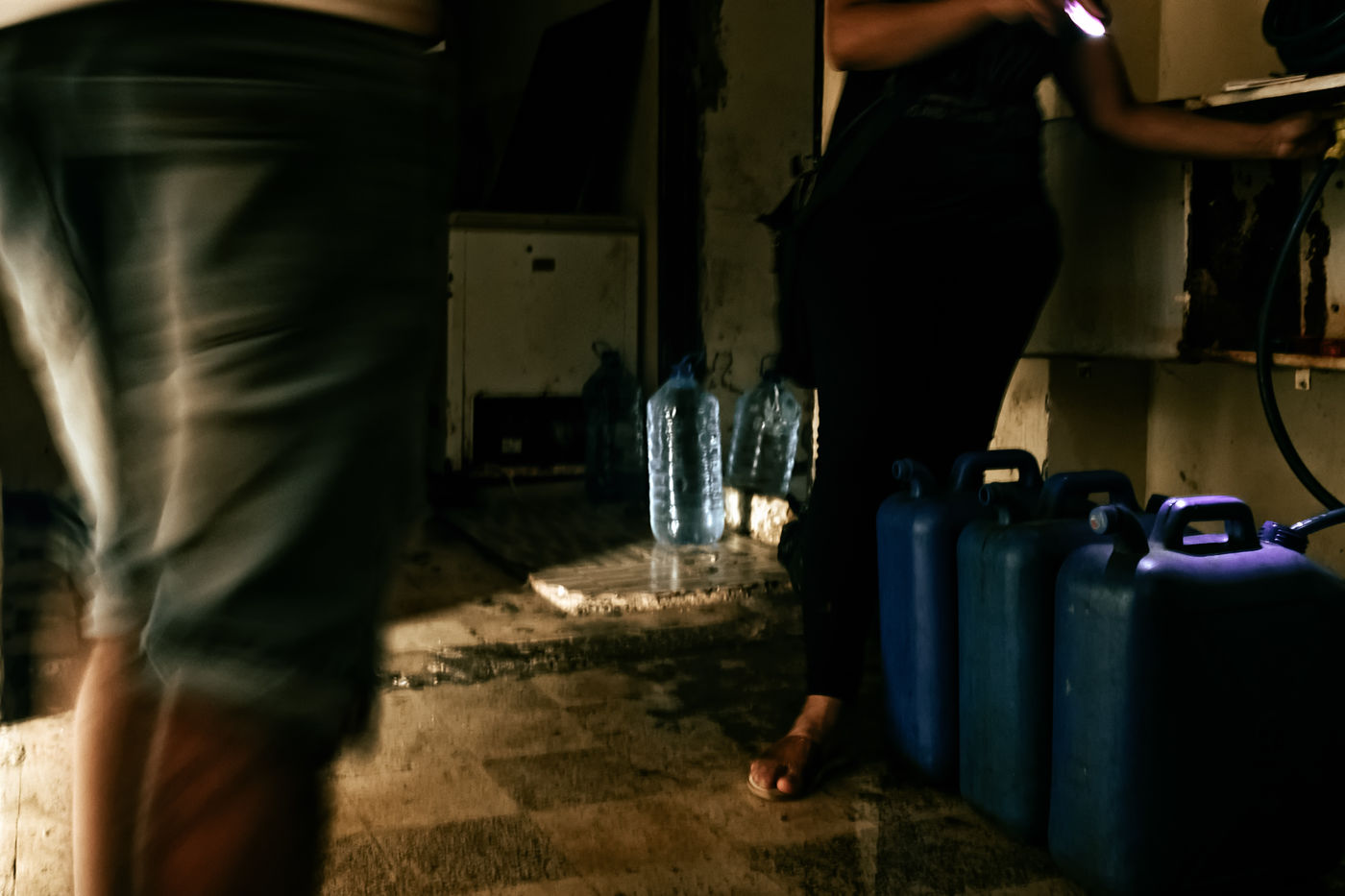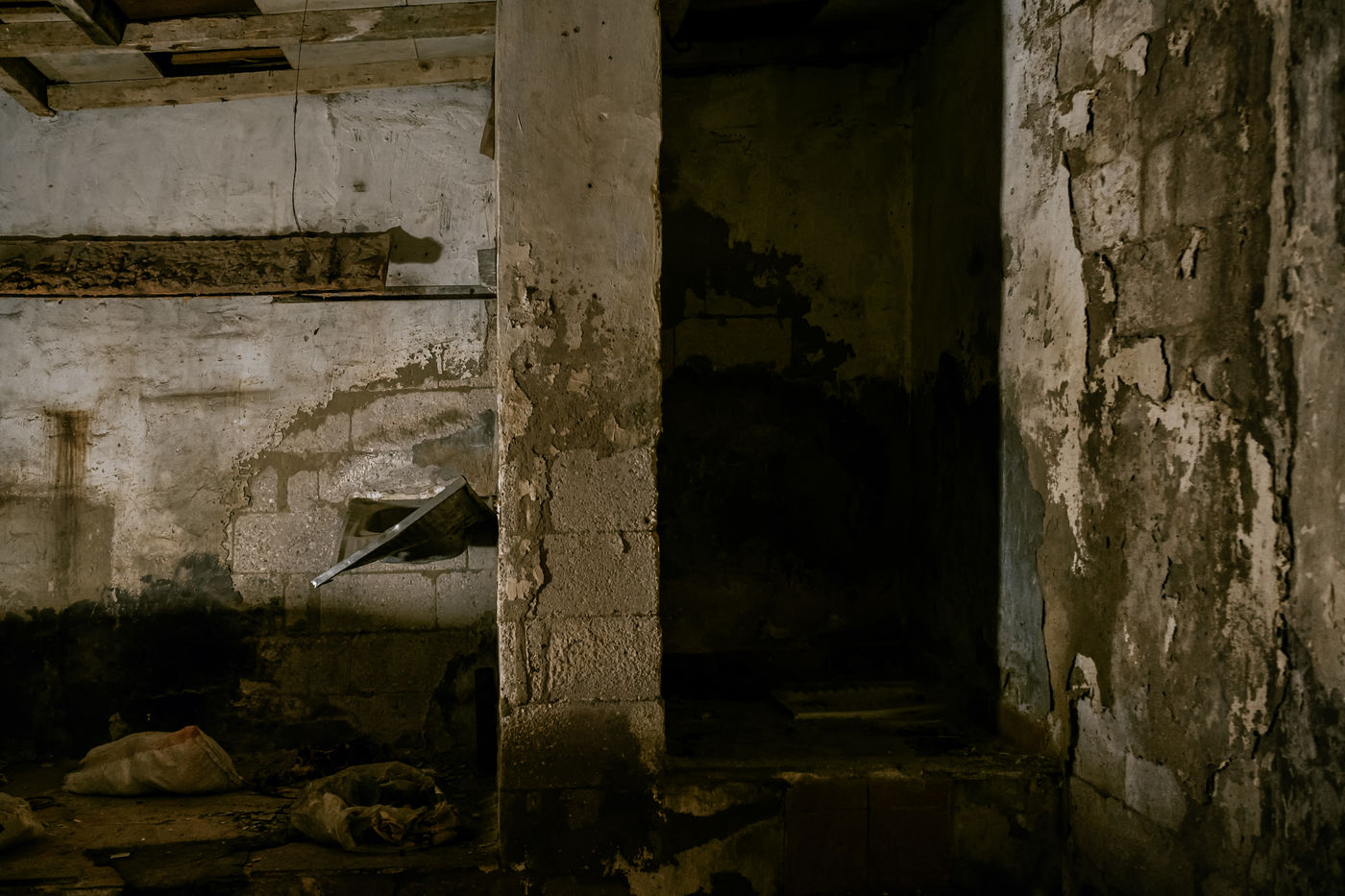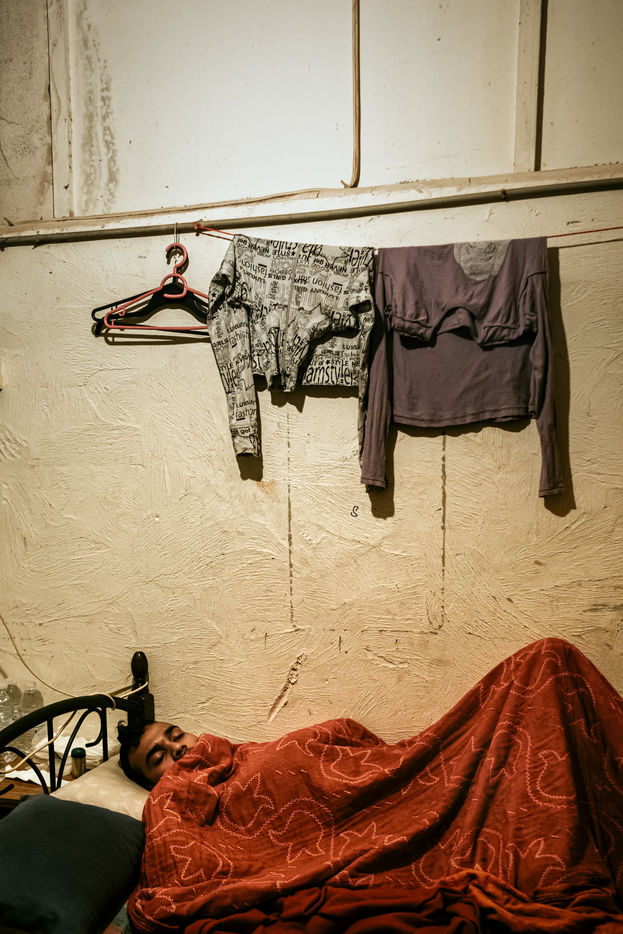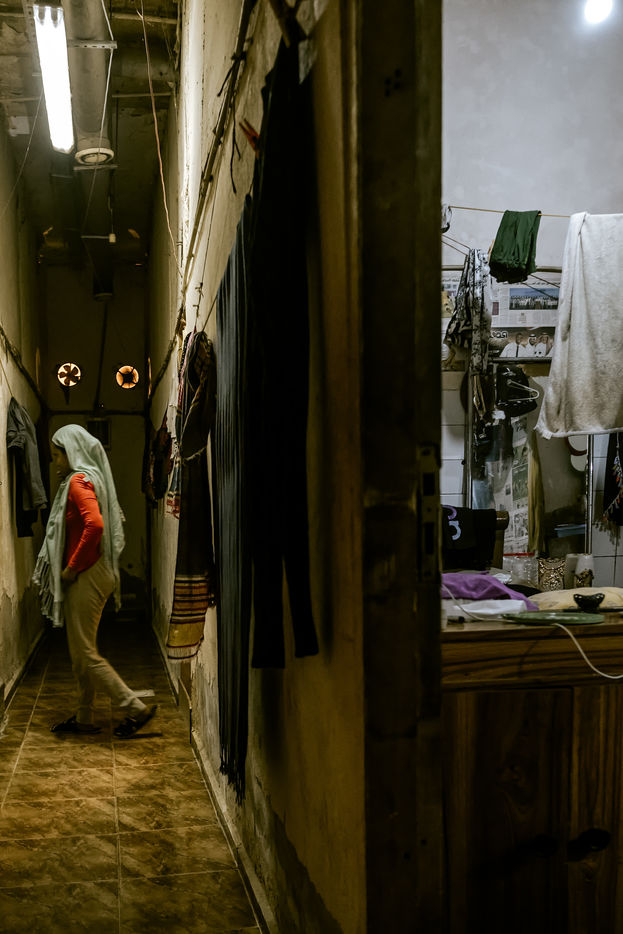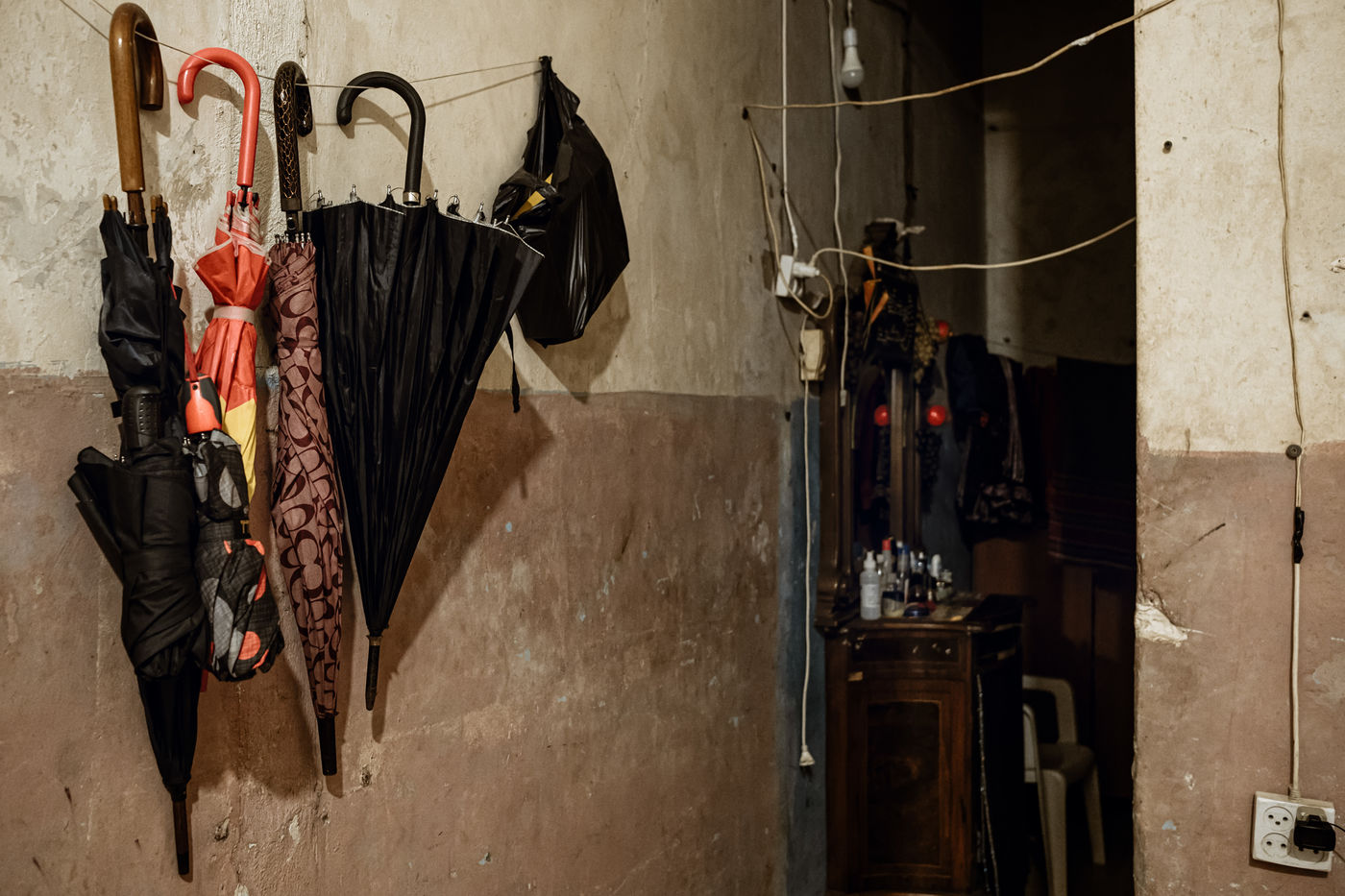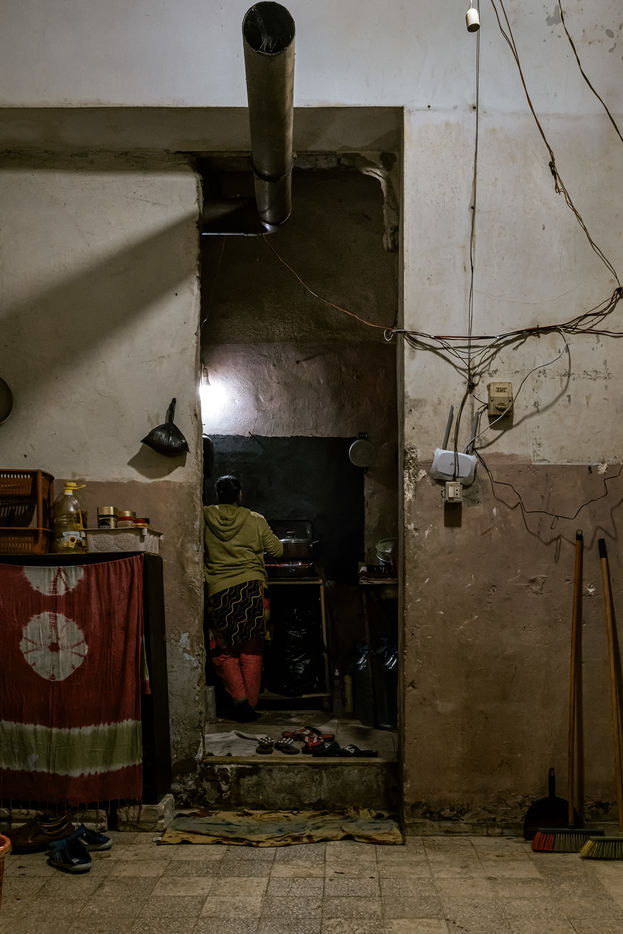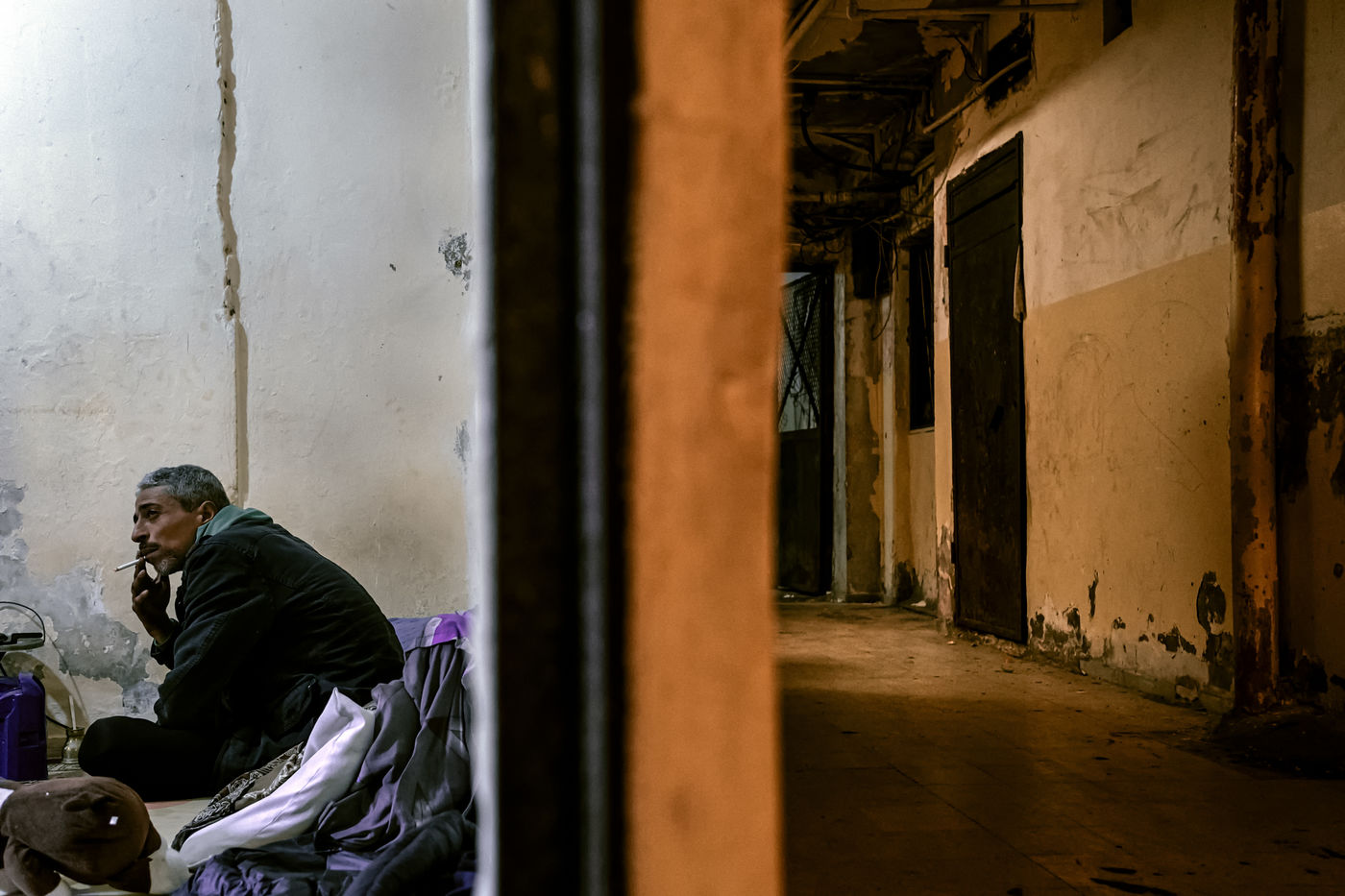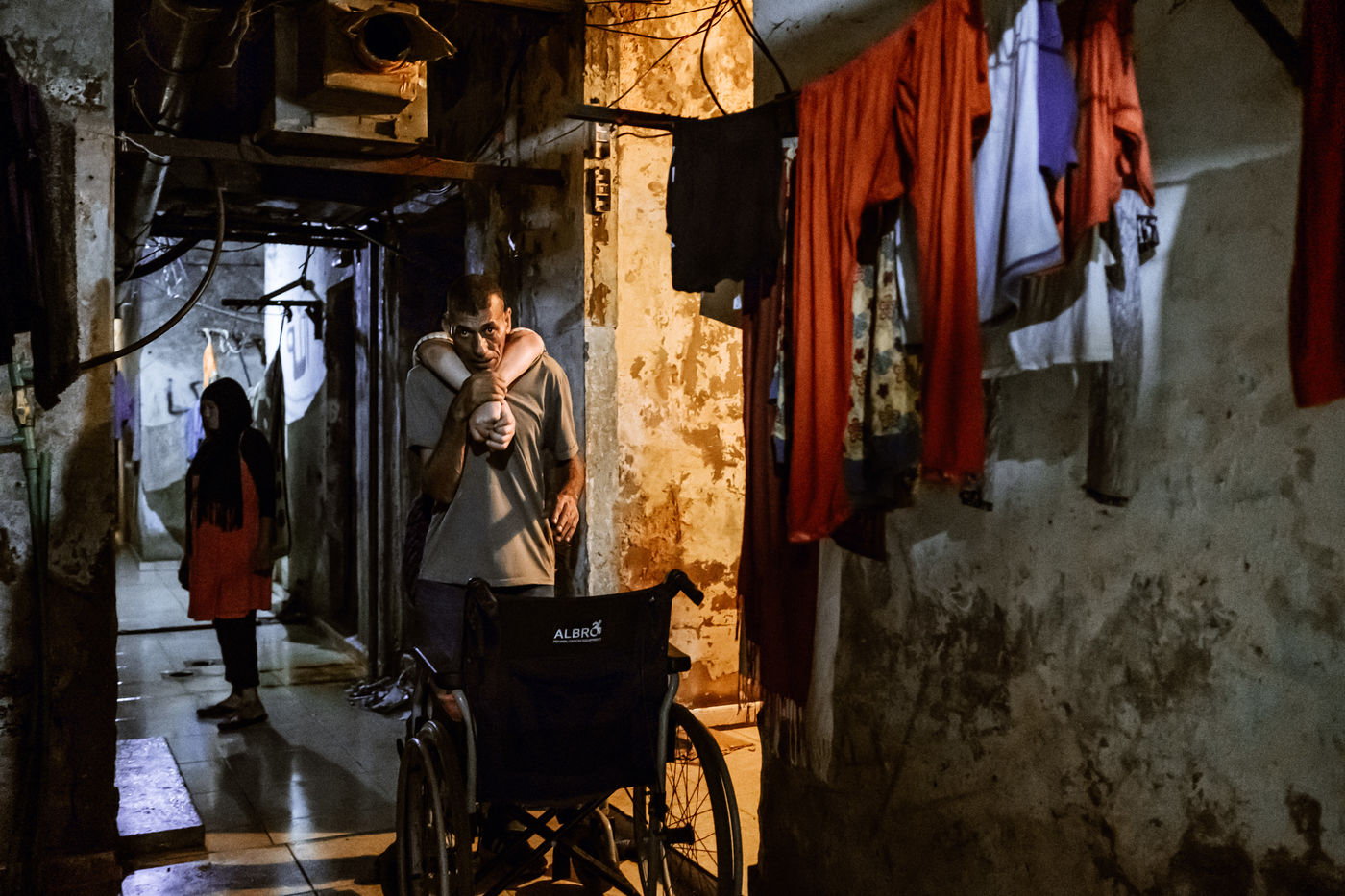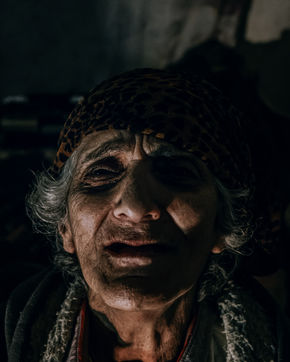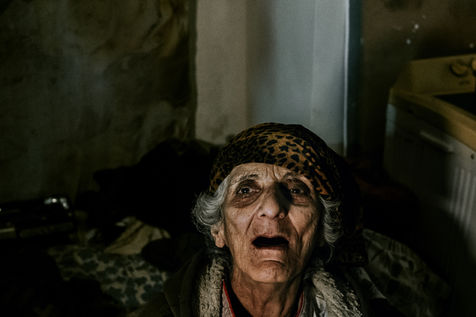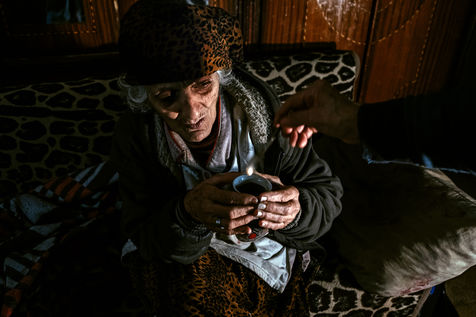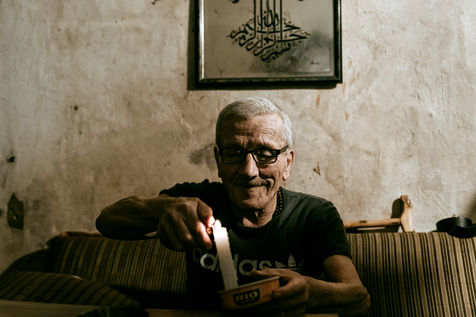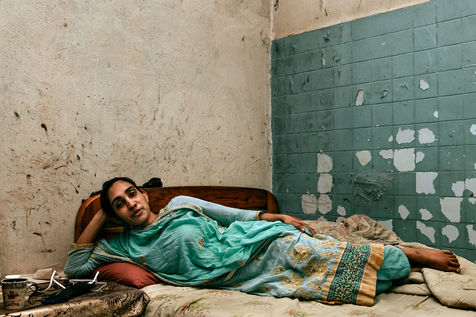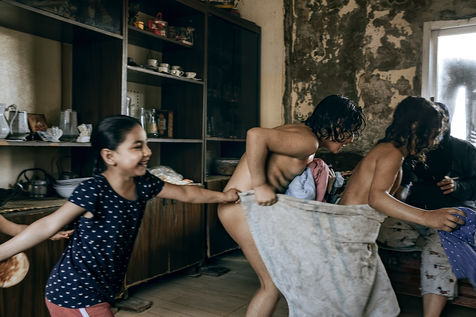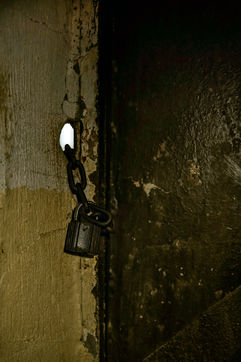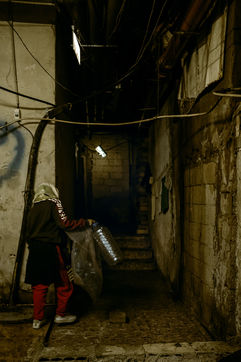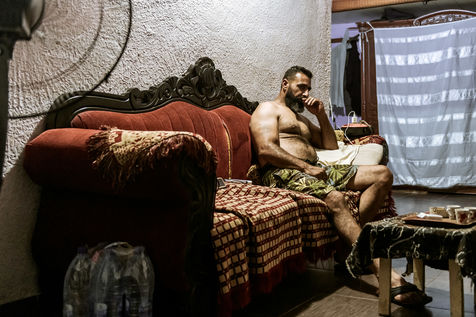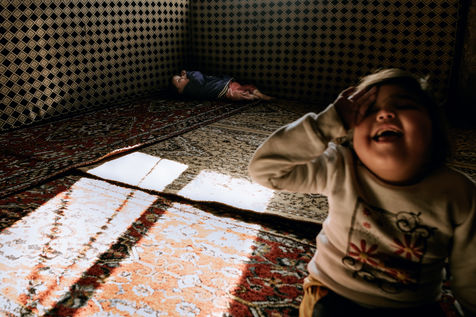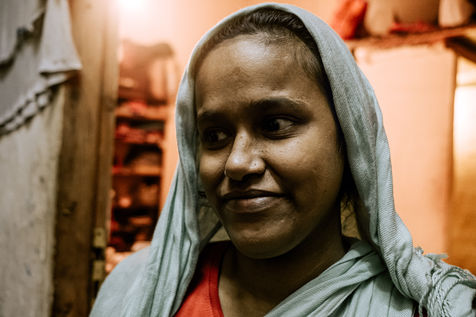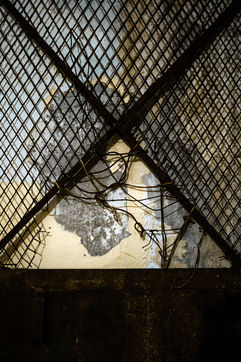LES TERRES DÉCHIQUETÉES - HÔPITAL GAZA - SABRA - BEYROUTH
Photos disponibles sur demande. Merci de me contacter.
Lauréate du " Prix Résidence pour la Photographie" Fondation des Treilles
Lauréate des Rencontres Photographiques des Amis du musée Albert-Kahn
Finaliste Visa D'or du CICR
Finaliste Prix Roger Pic
Finaliste Prix Lucas Dolega
Finaliste IWPA Award
Construit en 1978 par l'OLP, Gaza Hospital a ouvert ses portes l'année suivante à Sabra - Beyrouth ouest. En 1982, la société du croissant rouge palestinien en prend la direction. L'hôpital offrait des soins de pointe délivrés gratuitement à toute la population de Beyrouth. Durant le massacre de Sabra et Chatila, le personnel fut évacué et les installations fortement endommagées. De 1985 à 1987, pendant la "Guerre des Camps", Gaza Hospital fut pris pour cible par les milices du parti chiite Amal soutenues par l'occupant Syrien. Le 16 janvier 1988, Nabih Berri, chef du parti Amal aujourd'hui toujours au pouvoir, annonce la fin du siège des camps de réfugiés palestiniens à Beyrouth. La Sixième Brigade se retire pour être remplacée par les troupes syriennes. Dans l'intervalle, l'hôpital sera totalement démantelé et les installations seront pillées ou détruites. Des blocs chirurgicaux, en passant par le système électrique et jusqu'aux ascenseurs, rien ne sera épargné. De l'hôpital, il ne restera plus qu'une carcasse vide vers laquelle les Palestiniens afflueront pour y trouver un fragile refuge. Peu à peu, l'hôpital abritera des générations de réfugiés palestiniens puis des Syriens échappant aux conflits, mais aussi des travailleurs pauvres libanais ainsi que des migrants égyptiens, marocains, bangladais fuyant la misère.
Gaza Hospital est ainsi devenu une condensation de l'histoire des mouvements migratoires du bassin oriental de la mer Méditerranée. Un palimpseste à lire dans sa verticalité.
L'ancien hôpital implanté à la frange de la ville encore orgueilleuse il y a peu, fut érigé dans une zone surpeuplée à grande majorité sunnite. Son bâti idéologique que fut le combat d'un peuple sous la bannière de l'OLP s?est mué au fil des décennies pour devenir un concentré de pluralités régionales et internationales, sans autre motif premier que celui de la survie. Ceux-là même qui composent pour partie la population du Liban et qui le divisent, tous devenus réfugiés dans ce lambeau urbain.
Ennemis d'hier pour certains, ils partagent à présent l'ossature d'une même architecture délabrée aux strates poreuses, conjugués par les nécessités de la précarité extrême et de la promiscuité. Là se constituent par capillarité des familles transnationales, parfois transculturelles. En ce sens, Gaza Hospital propose l'iconographie d'un "sur-vivre" ensemble, d?une société qui, si elle demeure parfois étagée économiquement, se modifie peu à peu au-delà des origines et des confessions. Ici, les lignes de démarcations qui continuent à cloisonner les différentes communautés du pays afin de conserver un système de clientélisme et de corruption, s'effacent un tant soit peu, rappelant en filigrane mais non sans ironie que jadis, cet hôpital était pour tous.
Alors que les populations de Gaza Hospital opèrent un lent déplacement vers une possible hospitalité, la terrible crise économique organisée par la faillite d'un système politique mortifère et discriminatoire ne lègue aux plus pauvres d'entre eux qu'un "en commun", celui d'y mourir ensemble, lentement.
Liban, Beyrouth, Sabra, 2020 - 2021.
THE SHREDDED LANDS - GAZA HOSPITAL - SABRA - BEIRUT
Photos available on demand. Thanks to contact me.
Laureate of the "Residence Prize for Photography" Fondation des Treilles
Laureate of the "Rencontres Photographiques des Amis du musée Albert-Kahn"
Finalist for the ICRC Visa d'or
Finalist for the Roger Pic Prize
Finalist Lucas Dolega Award
Finalist IWPA Award
Built in 1978 by the PLO, Gaza Hospital opened the following year in Sabra - West Beirut. In 1982, the Palestinian Red Crescent Society took over its management. The hospital offered high quality care free of charge to the entire population of Beirut. During the Sabra and Shatila massacre, the staff was evacuated and the facilities were heavily damaged. From 1985 to 1987, during the 'War of the Camps', Gaza Hospital was targeted by the Shia Amal militia supported by the Syrian occupation. On January 16, 1988, Nabih Berri, leader of the Amal party, still in power today, announced the end of the siege of the Palestinian refugee camps in Beirut. The Sixth Brigade withdrew and was replaced by Syrian troops. In the meantime, the hospital will be completely dismantled and the facilities will be looted or destroyed. From the surgical blocks, through the electrical system to the elevators, nothing will be spared. All that will remain of the hospital is an empty shell to which Palestinians will flock to find a fragile refuge. Little by little, the hospital will shelter generations of Palestinian refugees, then Syrians escaping the conflicts, but also poor Lebanese workers as well as Egyptian, Moroccan and Bangladeshi migrants fleeing misery.
Gaza Hospital has thus become a condensation of the history of migratory flows in the eastern basin of the Mediterranean Sea. A palimpsest to be read within its verticality.
The former hospital, implanted on the edge of the city that was still proud until recently, was built in an overcrowded area with a large Sunni majority. Its ideological build, which was the struggle of a single people under the banner of the PLO, has mutated over the decades to become a concentration of regional and international pluralities, with no other primary motif than the one of survival. The same ones who partly constitute the population of Lebanon and who divide it, all refugees in this urban shred.
Enemies of yesterday for some, they now share the bone structure of the same dilapidated architecture with porous strata, combined by the necessities of extreme precariousness and promiscuity. There, transnational, sometimes transcultural families are formed by capillary action. In this perspective, Gaza Hospital proposes the iconography of a "sur-living" together, a society which, if it remains sometimes economically staggered, is gradually changing beyond origins and confessions. Here, the lines of demarcation that continue to fence off the country's different communities in order to maintain a system of clientelism and corruption, fade away slightly, reminding us in a filigree but not without irony that once upon a time, this hospital was for everyone.
While the populations of Gaza Hospital are slowly moving towards a possible hospitality, the terrible economic crisis organized by the bankruptcy of a mortifying and discriminatory political system bequeaths to the poorest among them only one 'in common', that of dying together, slowly.
Lebanon, Beirut, Sabra, 2020 - 2021.
